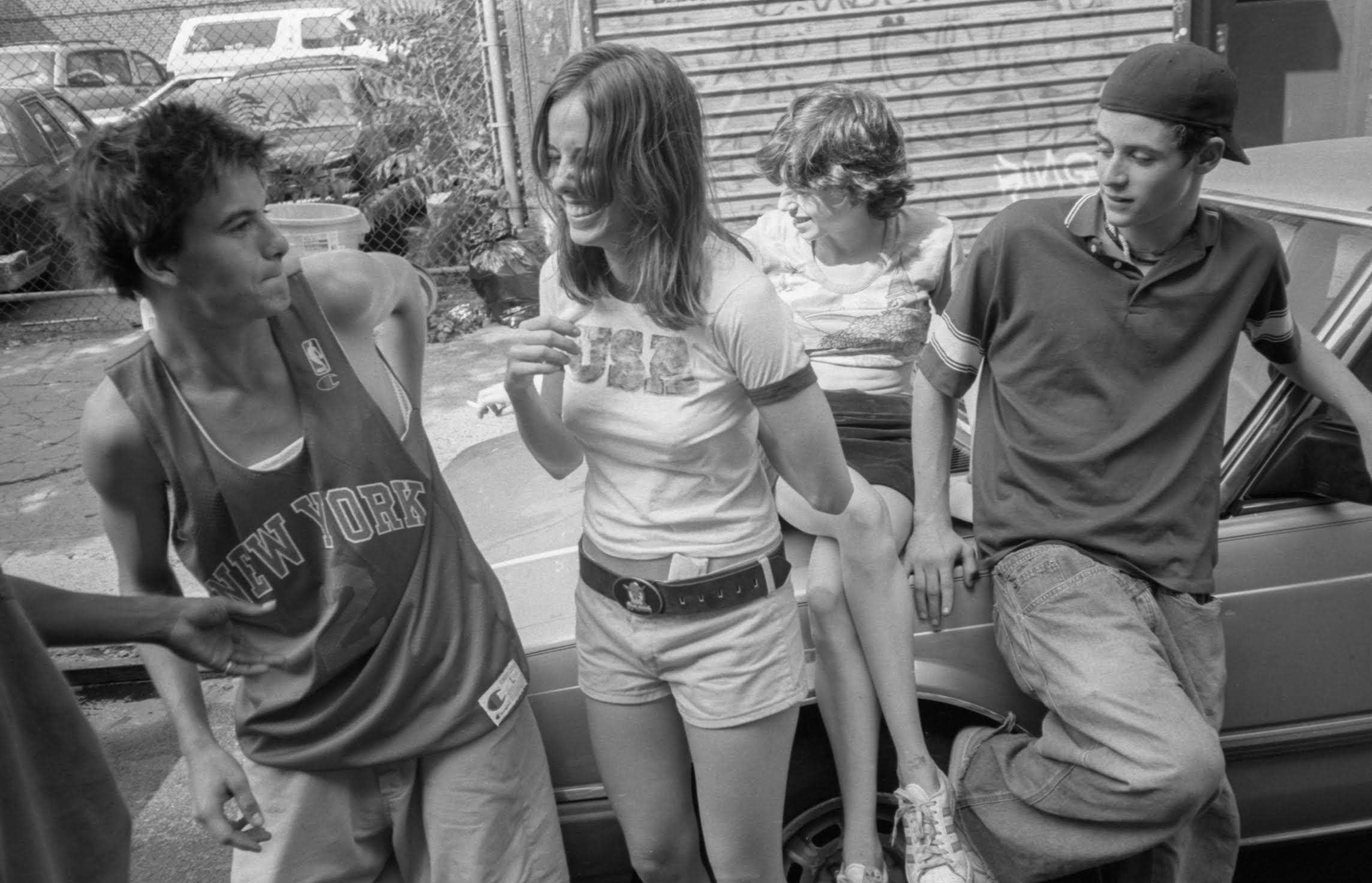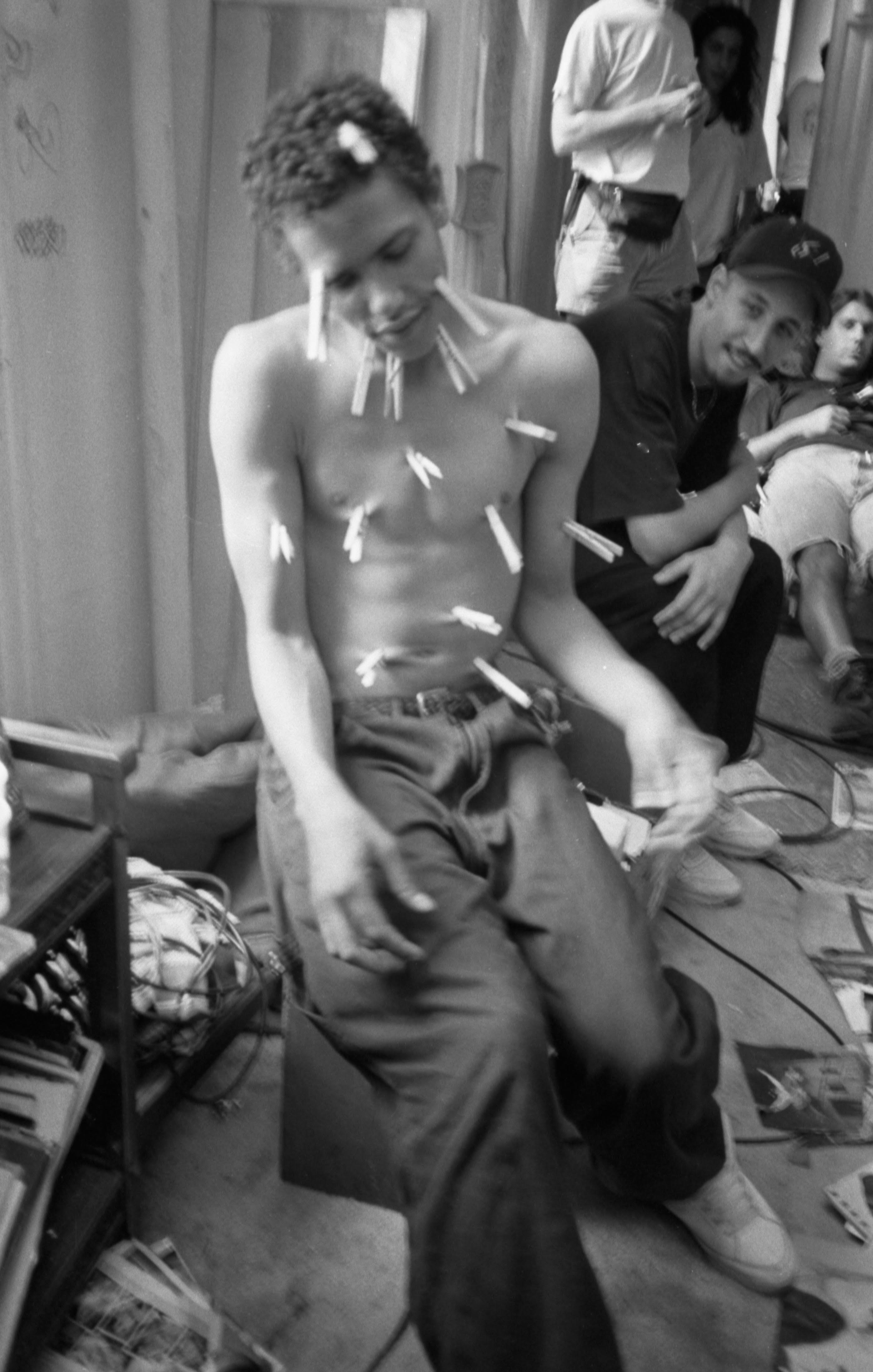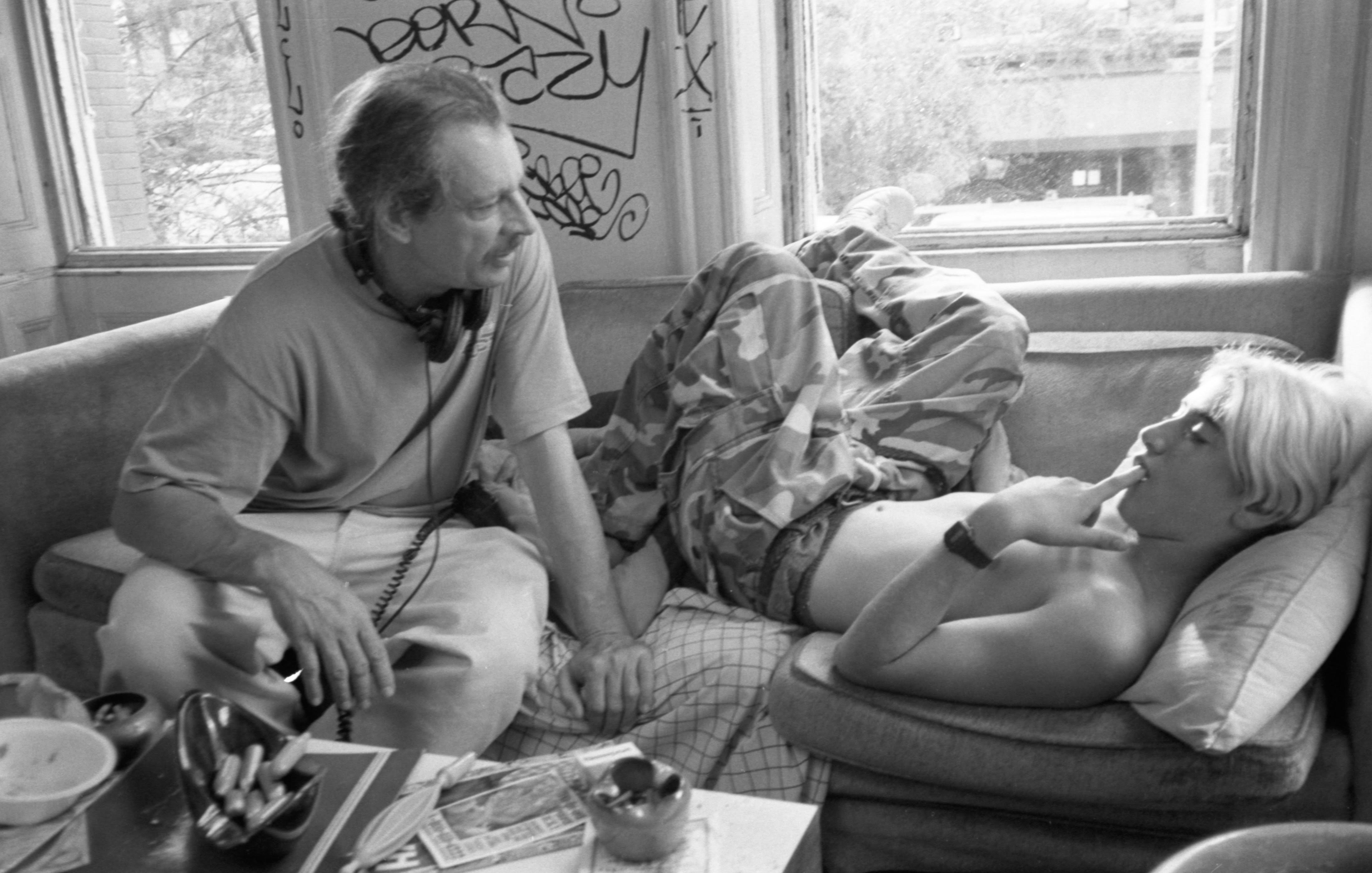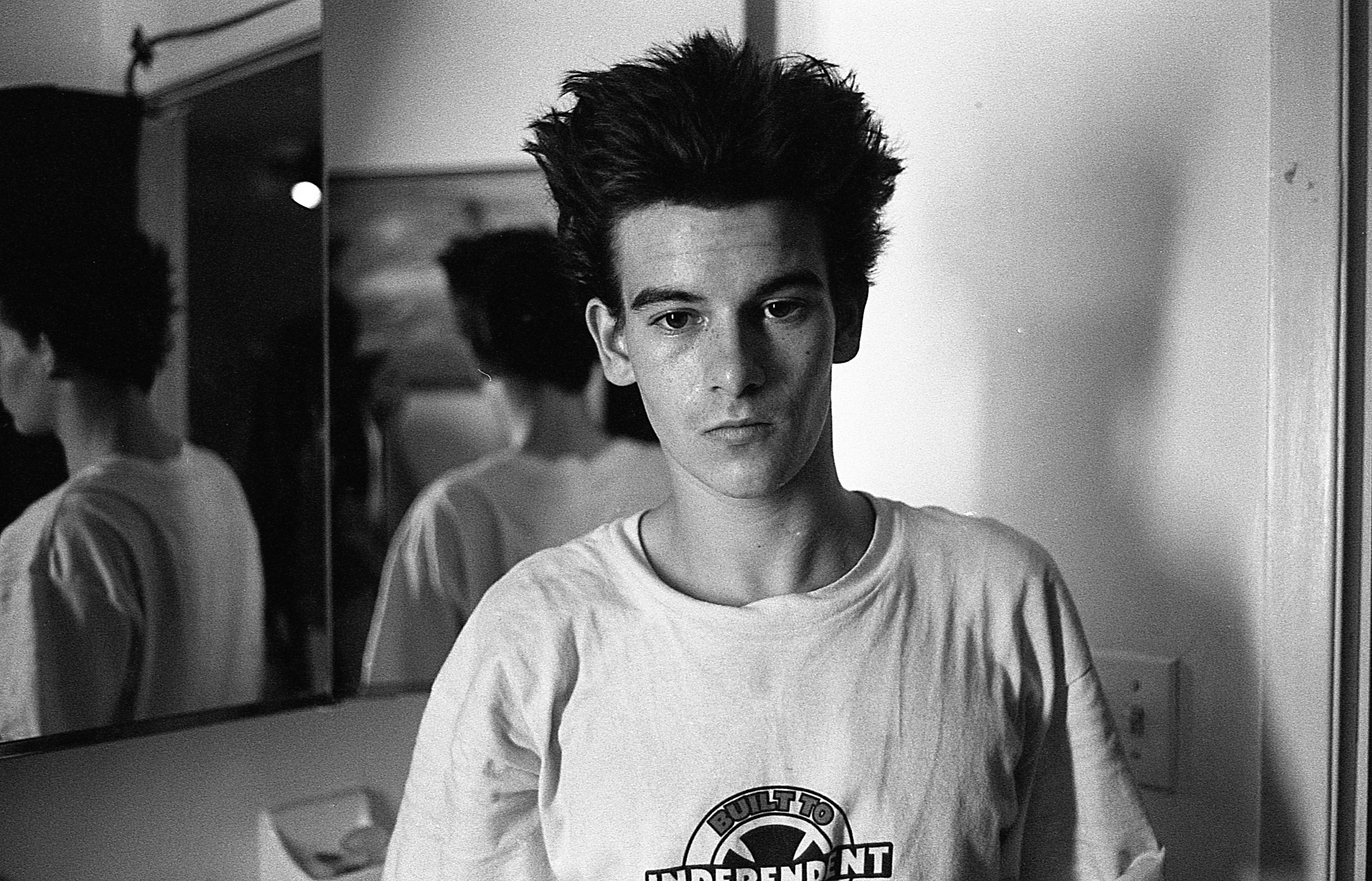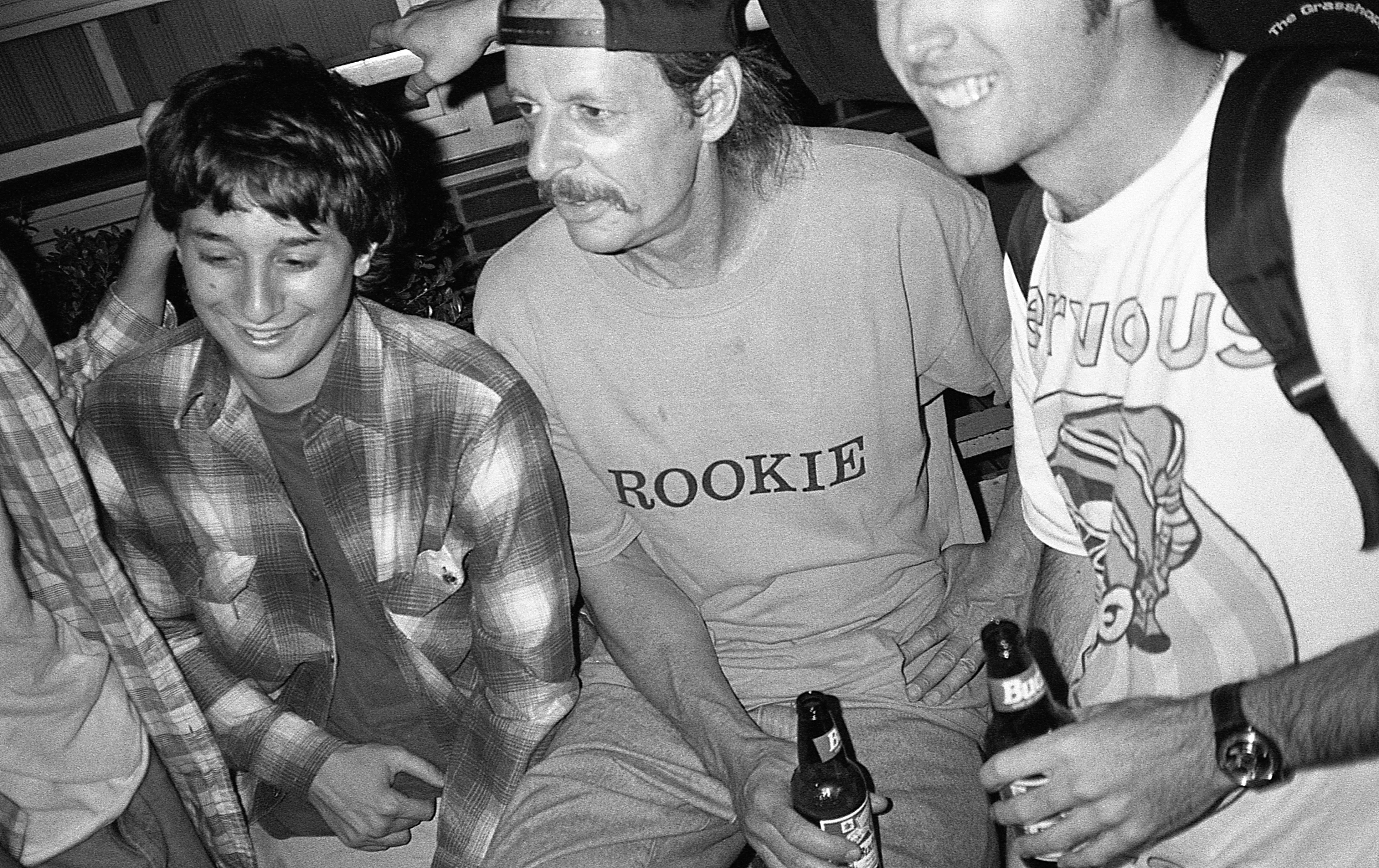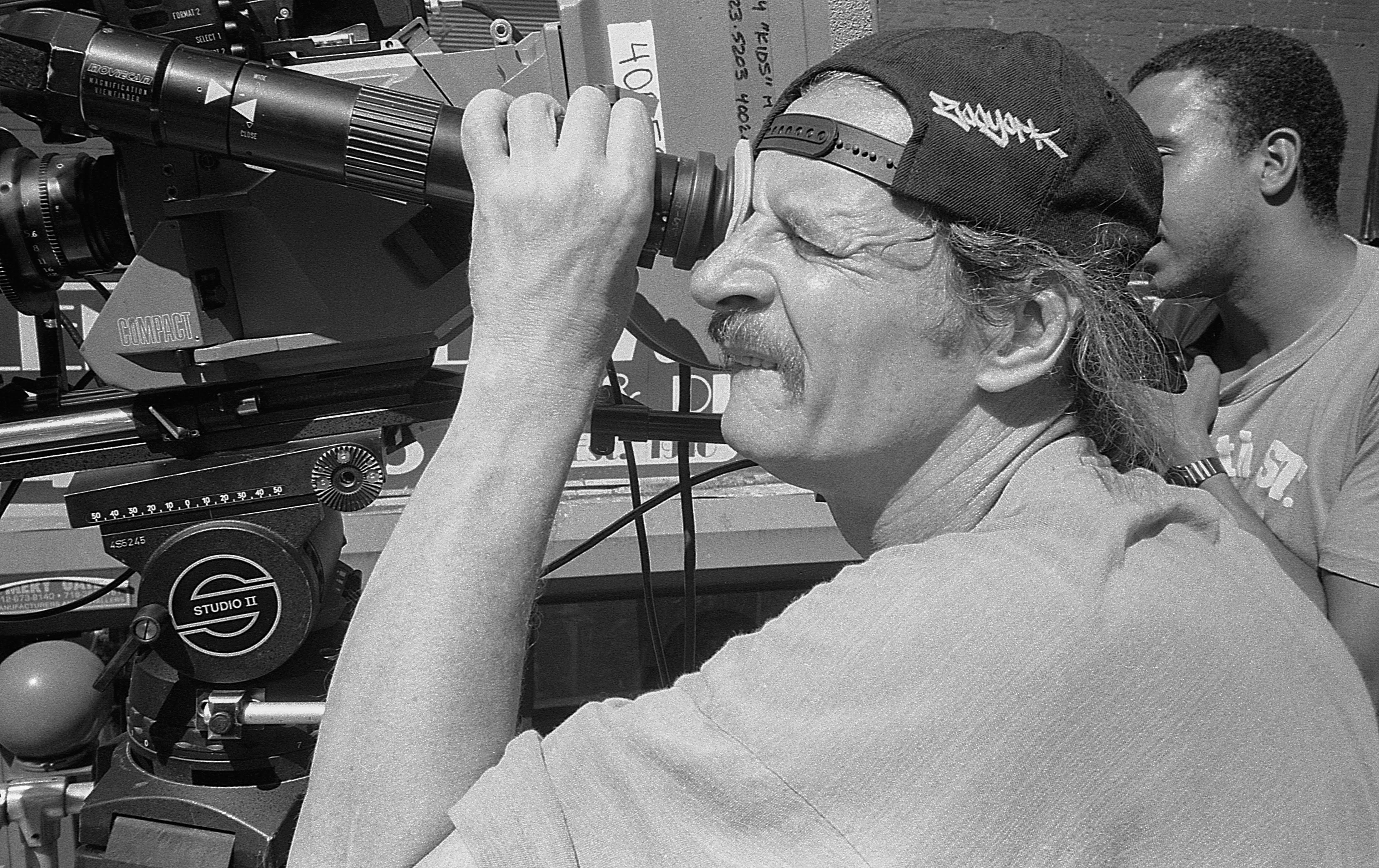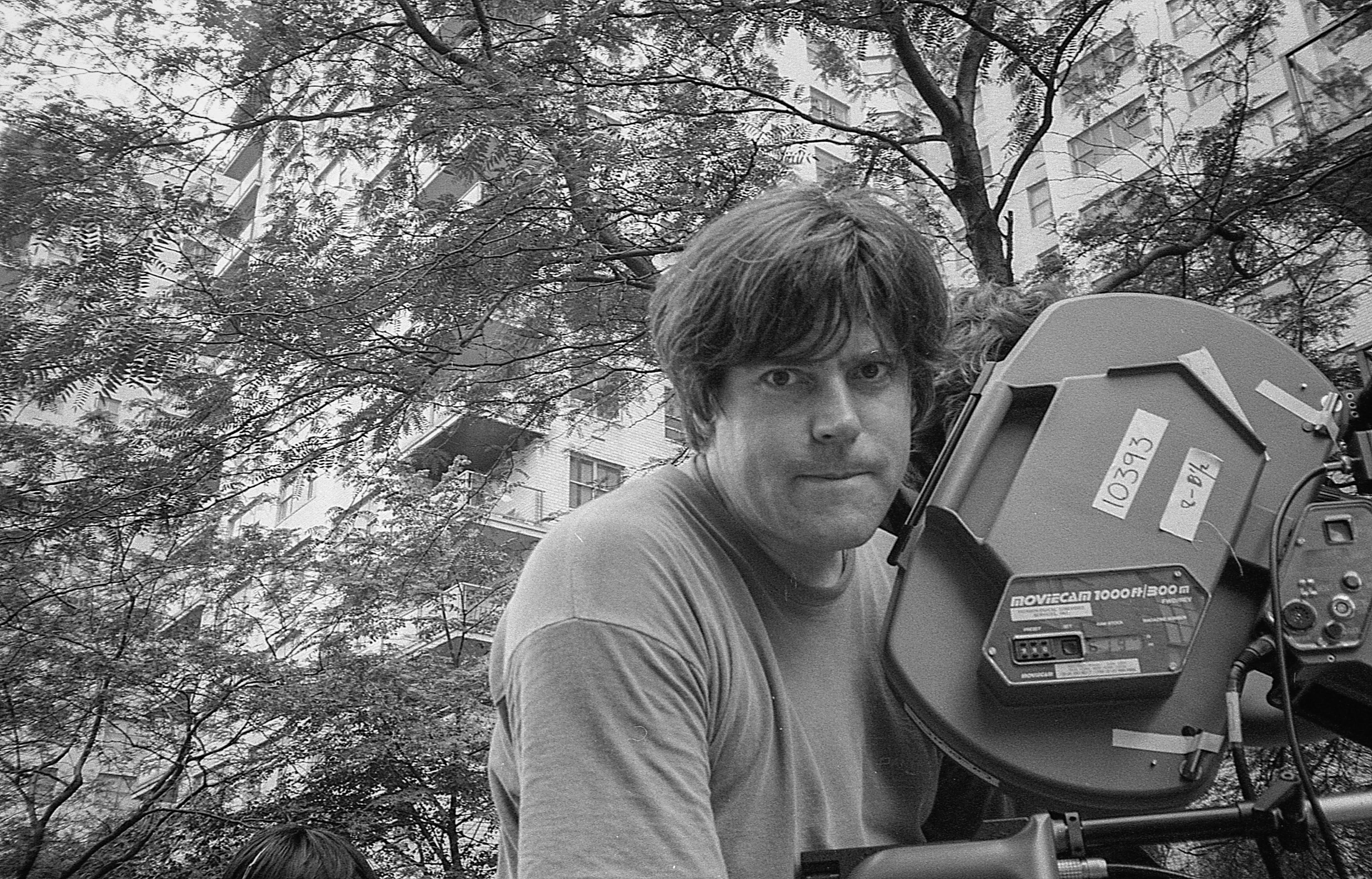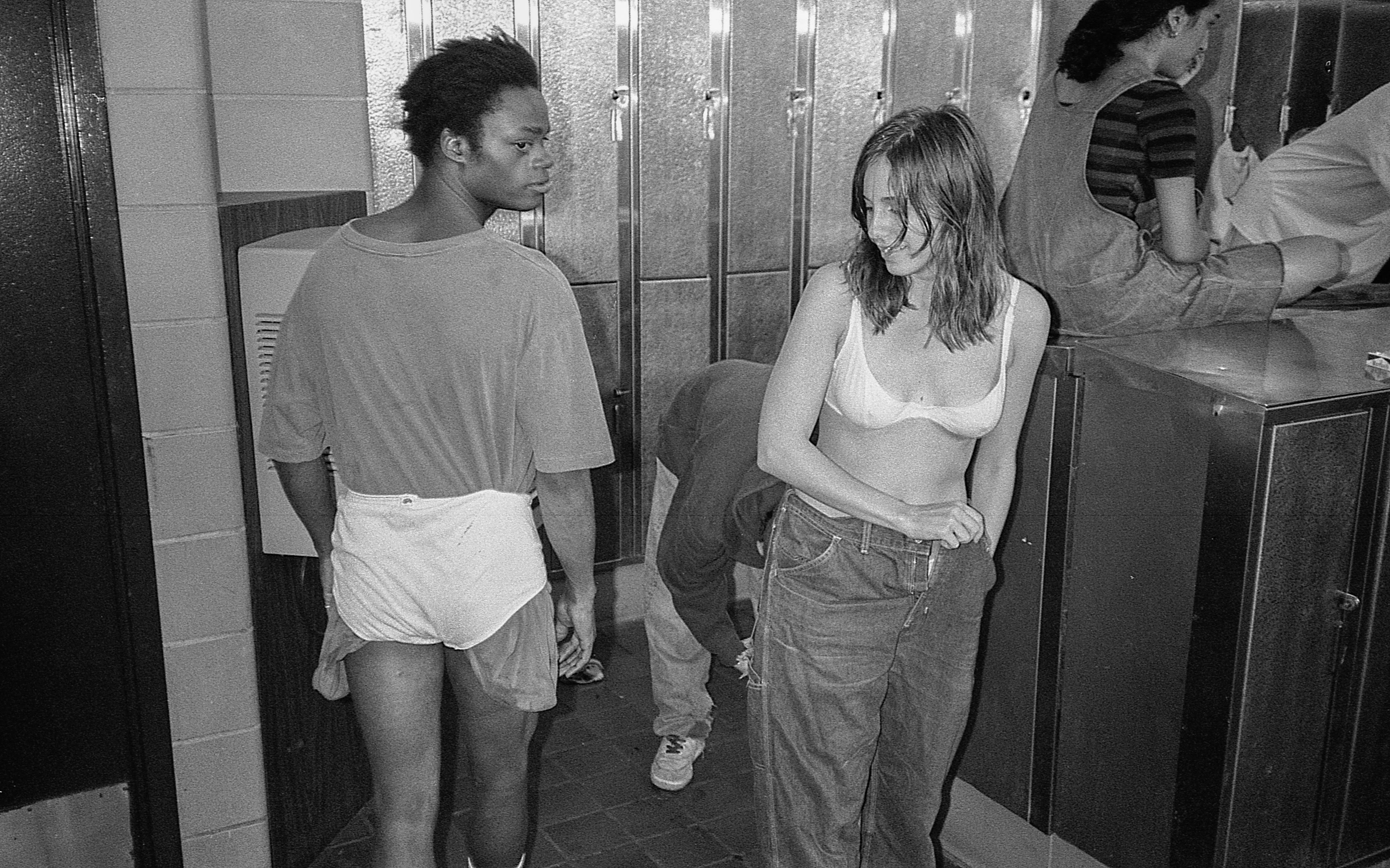Nan Goldin Goes Supreme
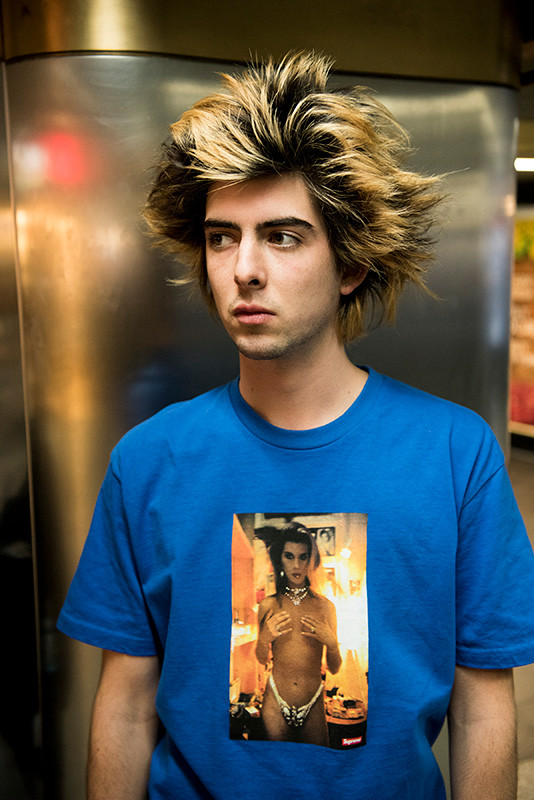
Check it out now, and then go buy your camping supplies before it drops on Thursday March 29th.
Images courtesy of Supreme
Stay informed on our latest news!

Check it out now, and then go buy your camping supplies before it drops on Thursday March 29th.
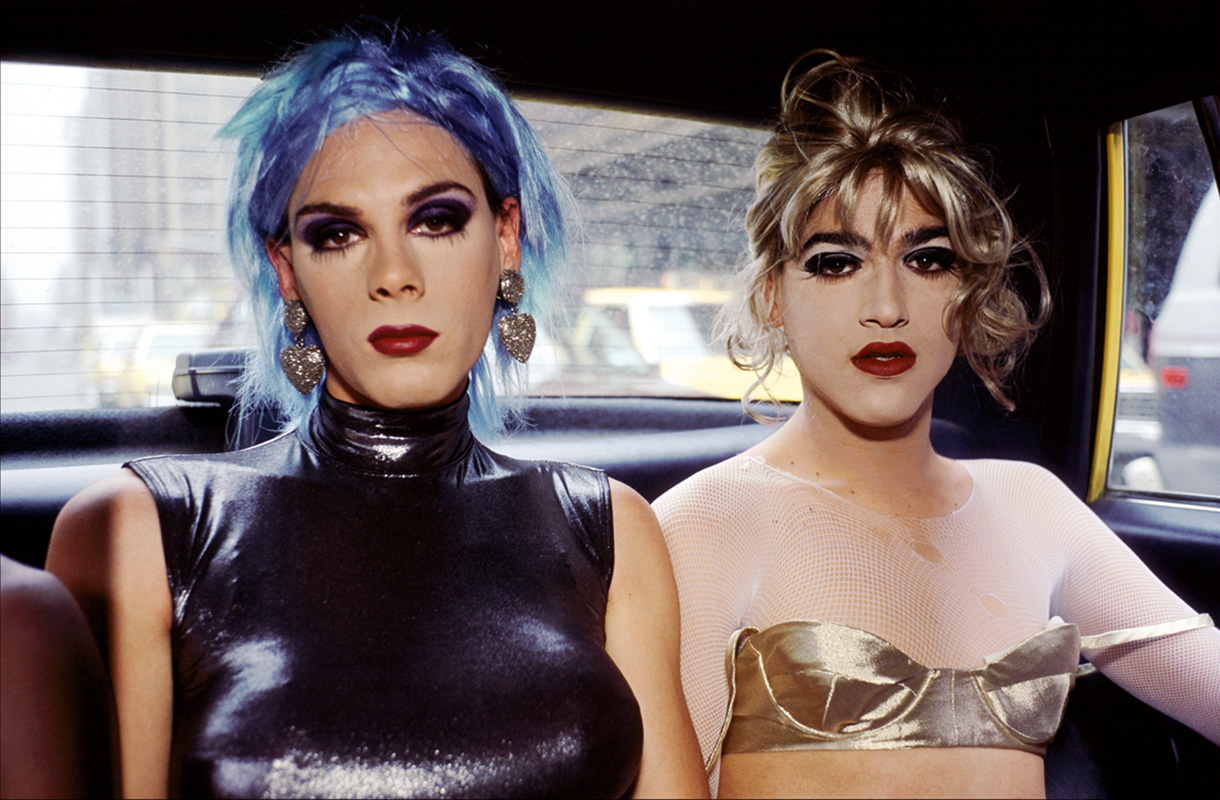
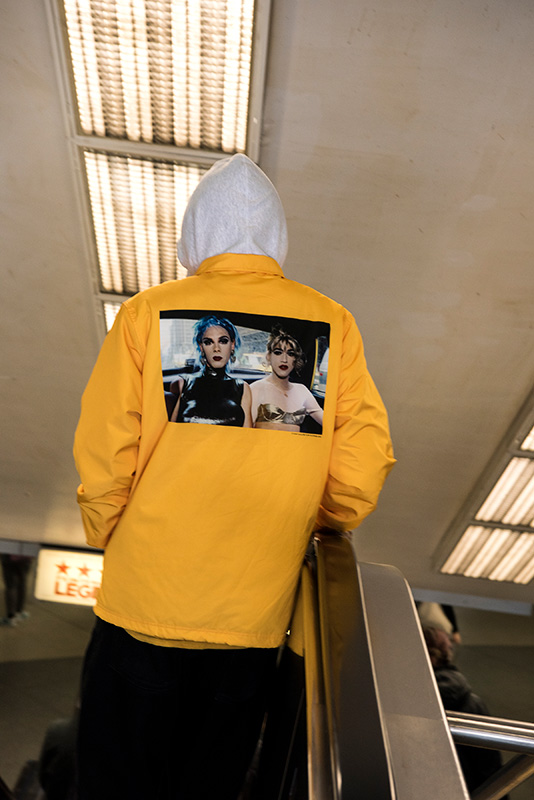

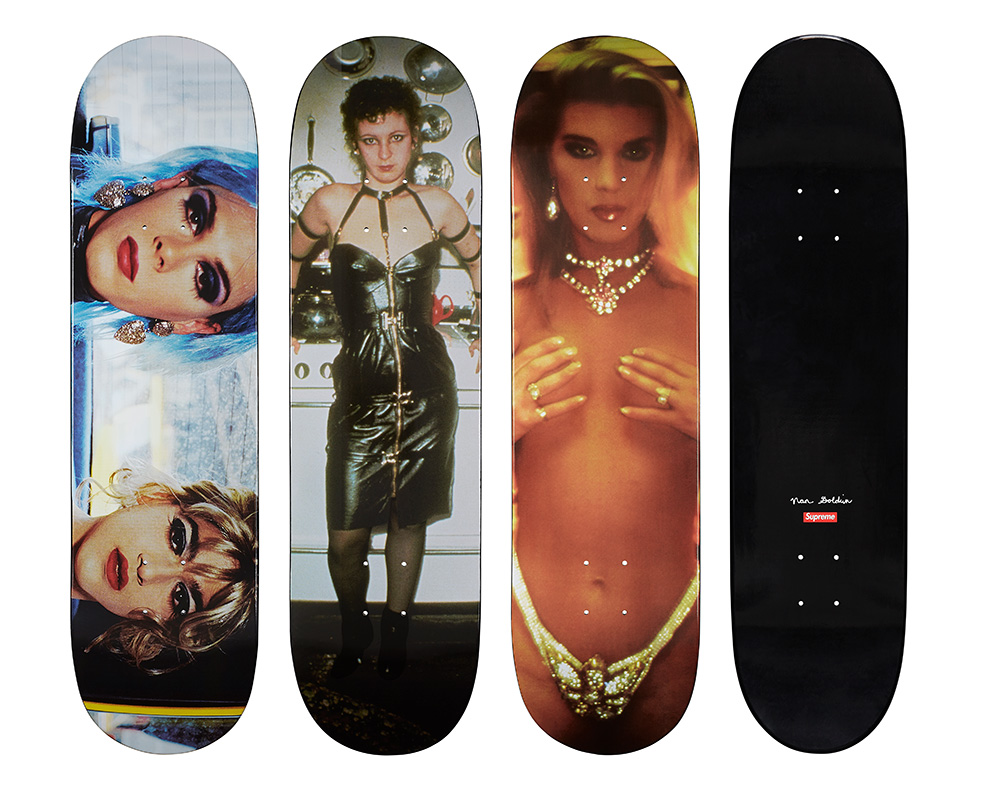
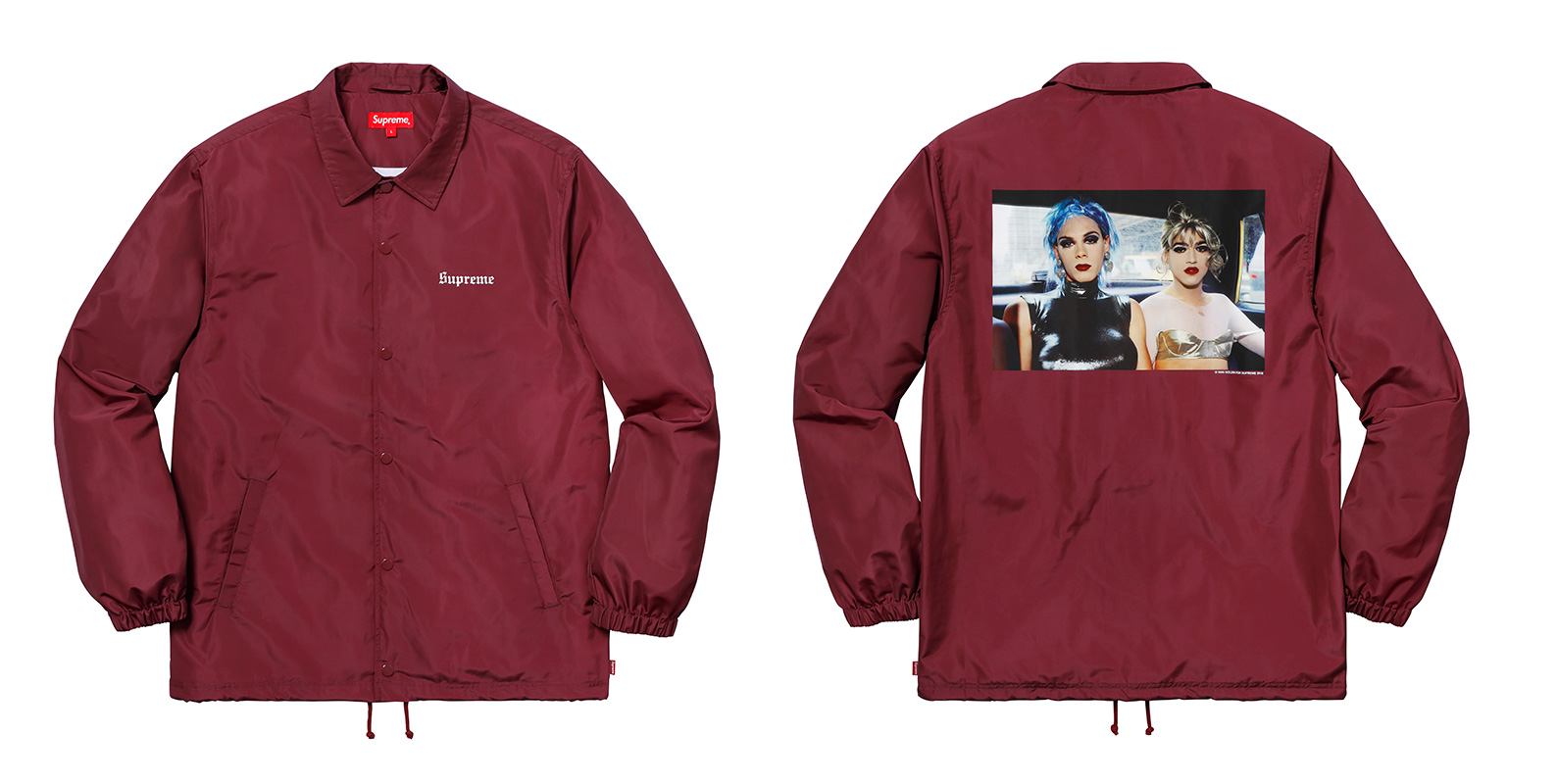
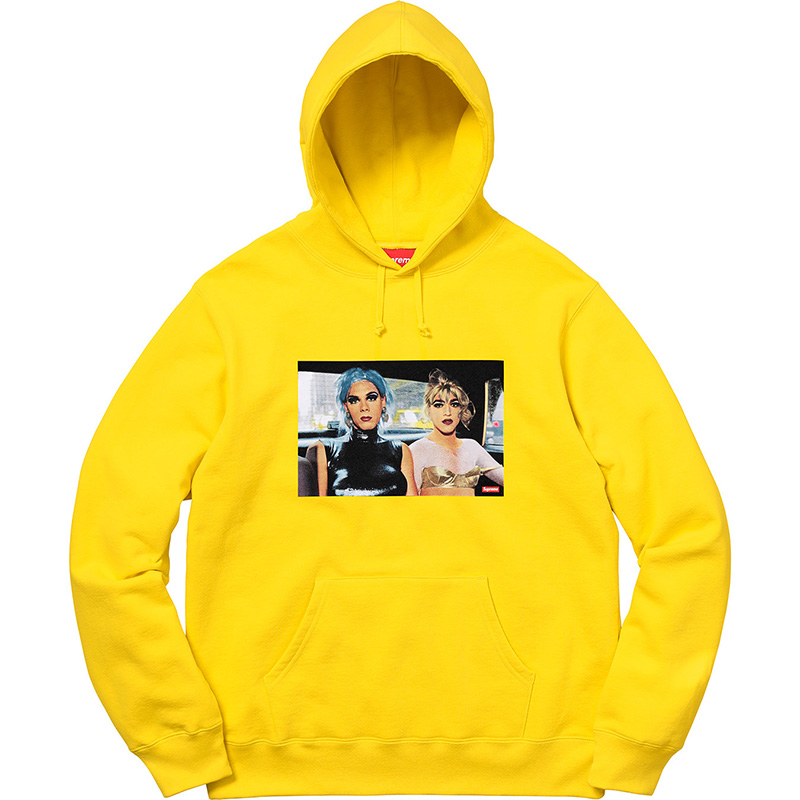

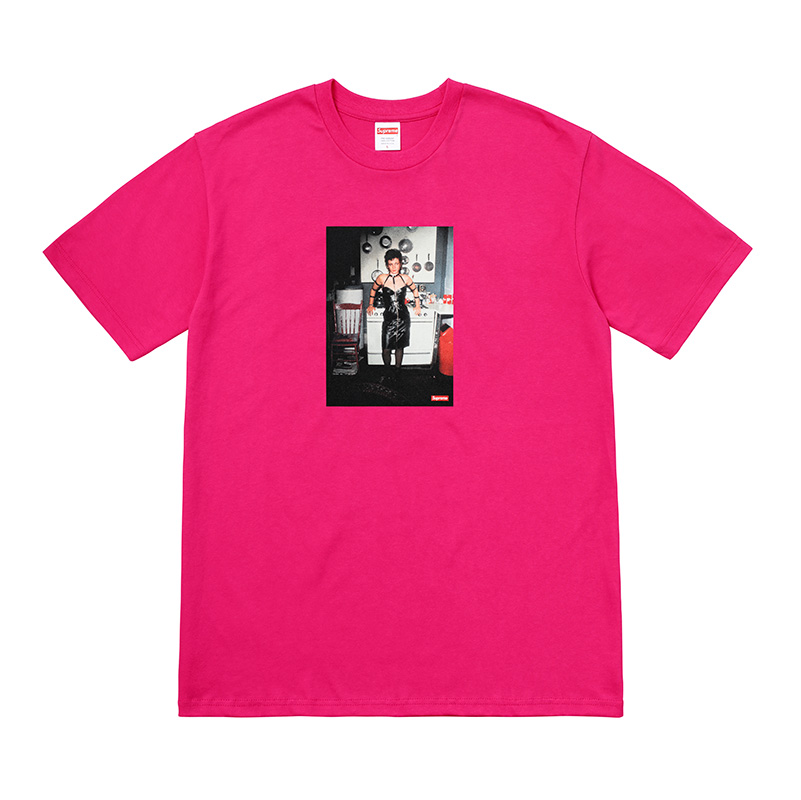
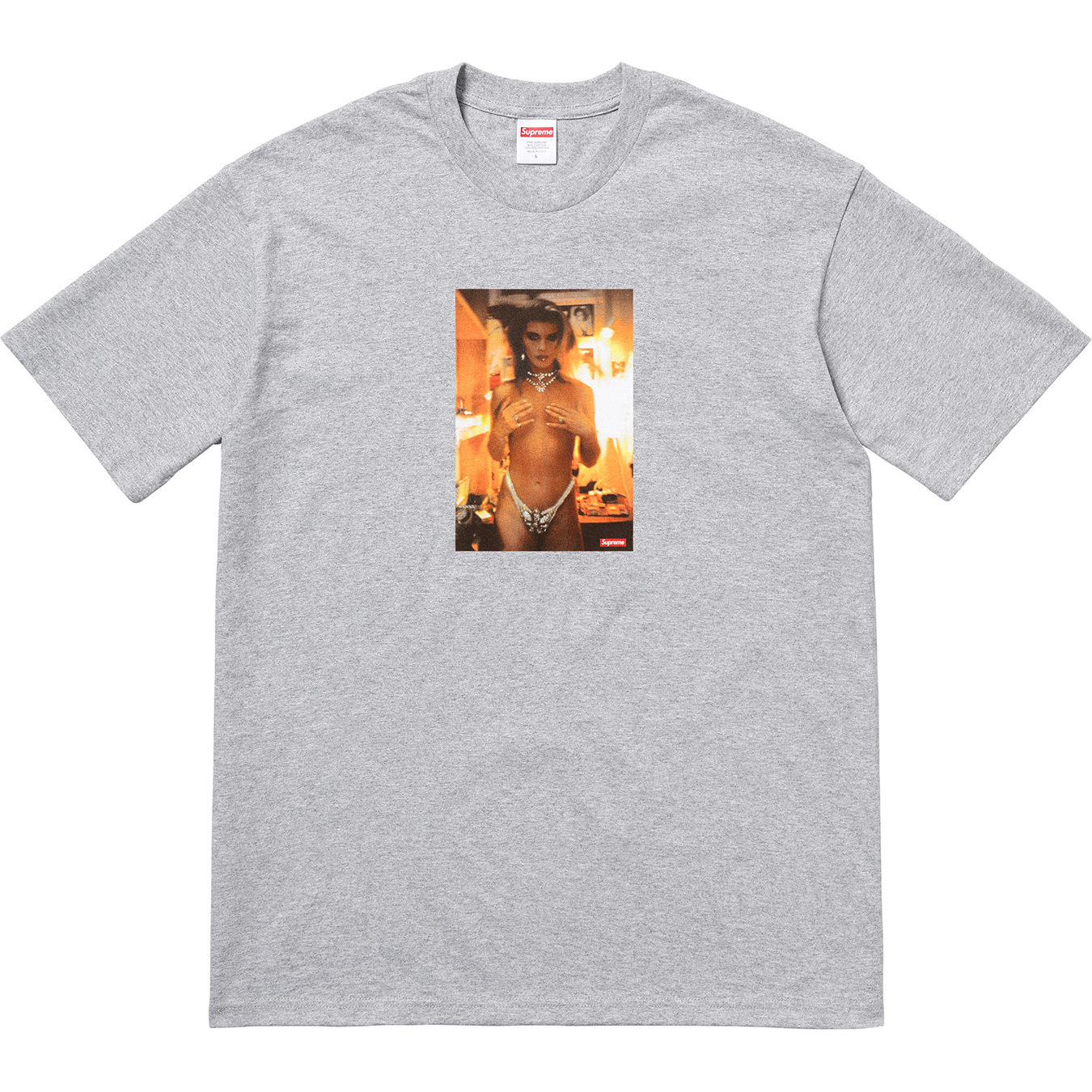
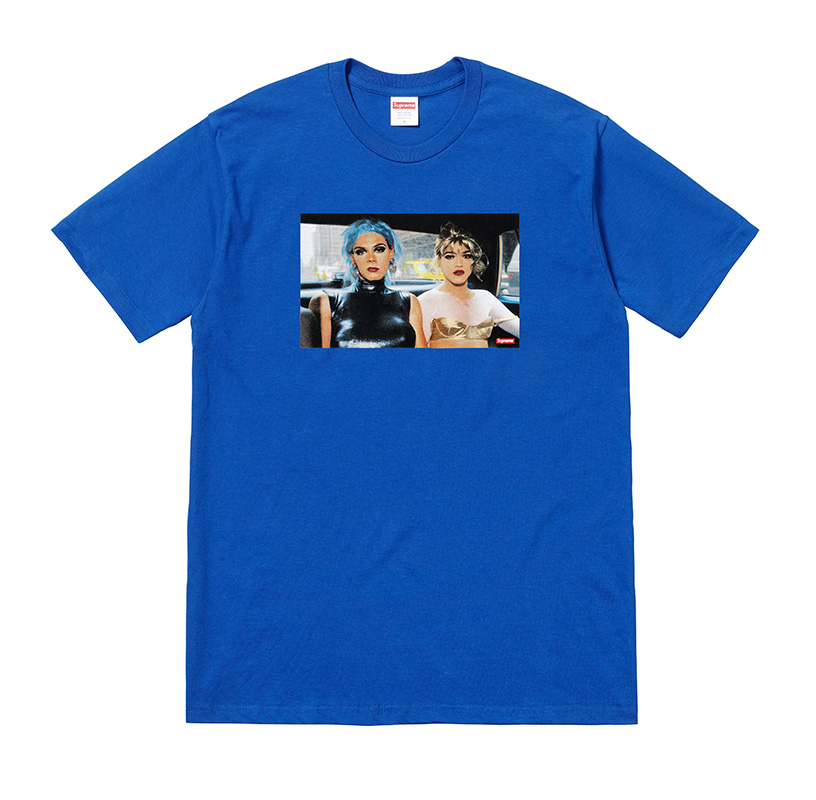
Images courtesy of Supreme
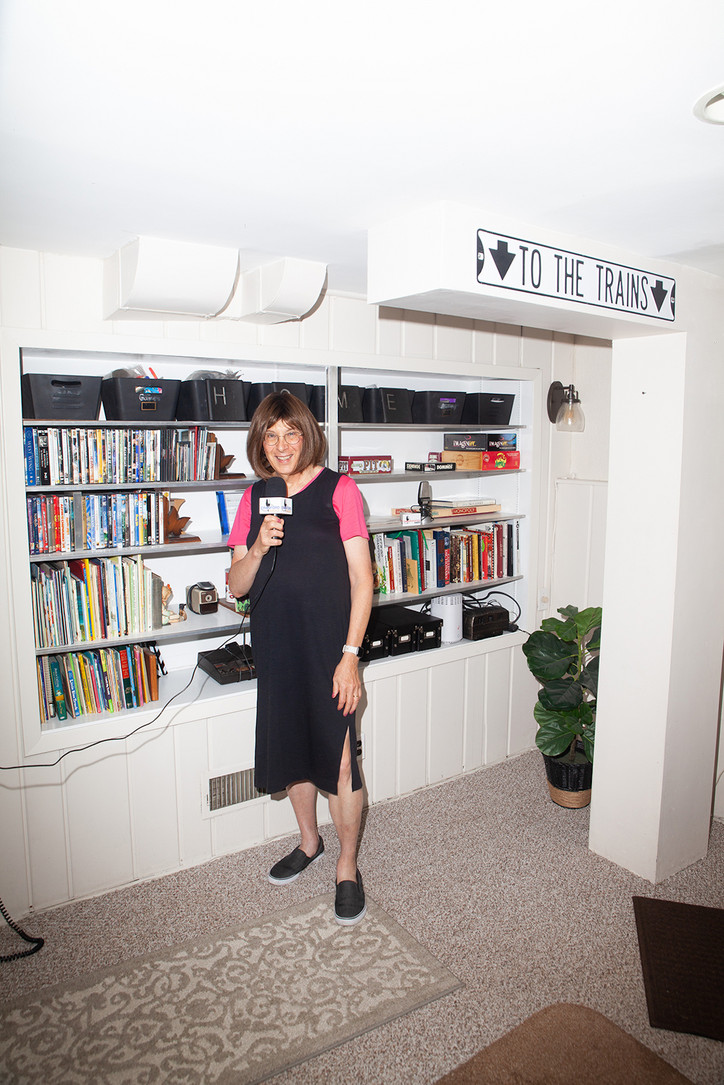
[Originally published in office magazine Issue 20, Fall-Winter 2023. Pre-order your copy here]
What is your ideal office?
My ideal office is pretty much what I work in now. I'm self-employed and I have a home office. My workspace is different from most in that it also doubles as a recording studio where I do voice over work and record my podcasts.
What would your autobiography be titled?
“No One Told Me Life Would Be This Exciting.”
Who has your favorite speaking voice?
It's hard to say one speaking voice is my favorite. There are different qualities I like from different individuals. In terms of a soothing voice, I would say Bob Ross, the painter. An announcer I admire is Vin Scully, while in news it would be Peter Jennings. Listening to trans women who have perfected a feminine-sounding voice, one of my favorites is Zheanna Erose.
What's the most memorable conversation you’ve had with a stranger?
It was brief and perfunctory, but I would say a short conversation I had with President Gerald Ford in the White House in 1976.
What was your last dream about?
I usually forget my dreams moments after waking up, but there is one dream I have repeatedly — it's what's known as a "radio dream." Many people who have been in broadcasting have these types of dreams. It involves some variation of having to go on the air and being unprepared. For me, it usually involves not having a script moments before my mic is turned on. More recently, there's been a variation of that dream where I'm in a play; I haven't even read the script, and find out I have to go on in minutes.
What makes you feel hopeful?
As a trans woman: the personal reaction I've had from friends, neighbors and colleagues makes me feel hopeful that acceptance of trans people will grow after this dark period we're going through currently. I believe a key is folks personally knowing someone who is trans and realizing we're just like them in many ways.
What makes you feel strong?
One advantage to being in my 60s is that I can look back on both high and low points in my life. Both have taught me valuable lessons and have shown me that I can persevere even when going through tough times.
What do you value most?
Family.
What is your favorite way you’ve used your voice?
I'm not a musician but there have been a couple of times where I've performed live as a narrator in front of an audience with a musical accompaniment. First, there's an adrenaline rush that comes when you're live, because there's no "take two" if you mess up. Second, I love the feedback you get from a live audience that you don't get either when you're on the radio or it's your recorded voice.
Who in your life has seen you more clearly than you can see yourself?
My wife. We lived together for 41+ years. That's longer than I spent with anyone and with that length of time you get to know your partner pretty well.
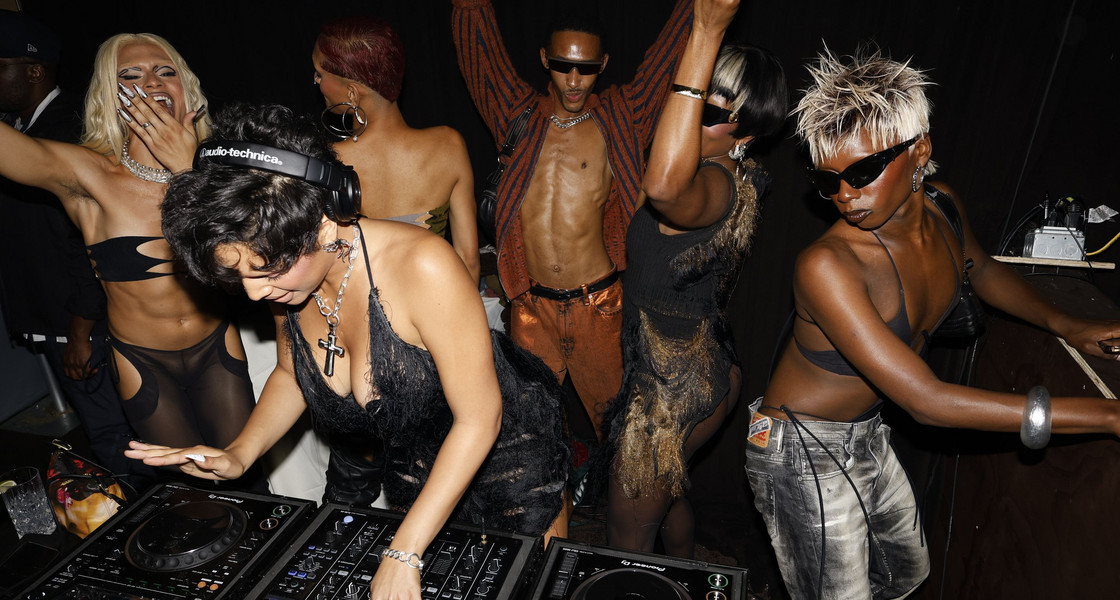
office teamed up with our good friends at PUMA to crowd out the WSA building in the city’s Financial District. Lauded by many as one of the best parties since 2019, it was a night free of hesitation, filled with dancing, drinking, gossiping, and a lot of reminiscing. Partygoers such as office people feature Sophia Wilson and partner, Strada Gallery's own, Paul Hill probed memories of the now-extinct China Chalet, a sentiment that many echoed as they passed from the dance floor to the crowded smoking room.
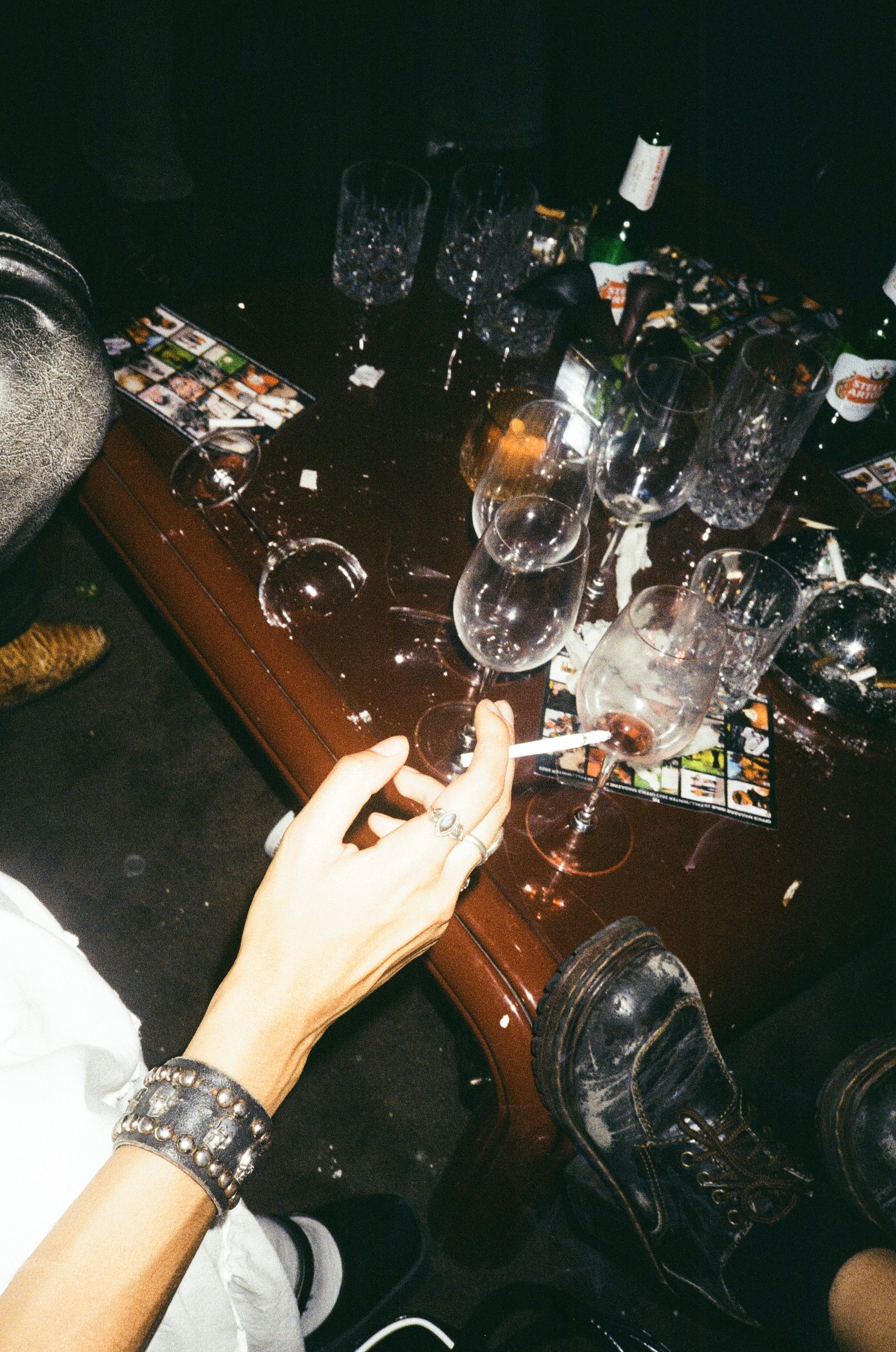
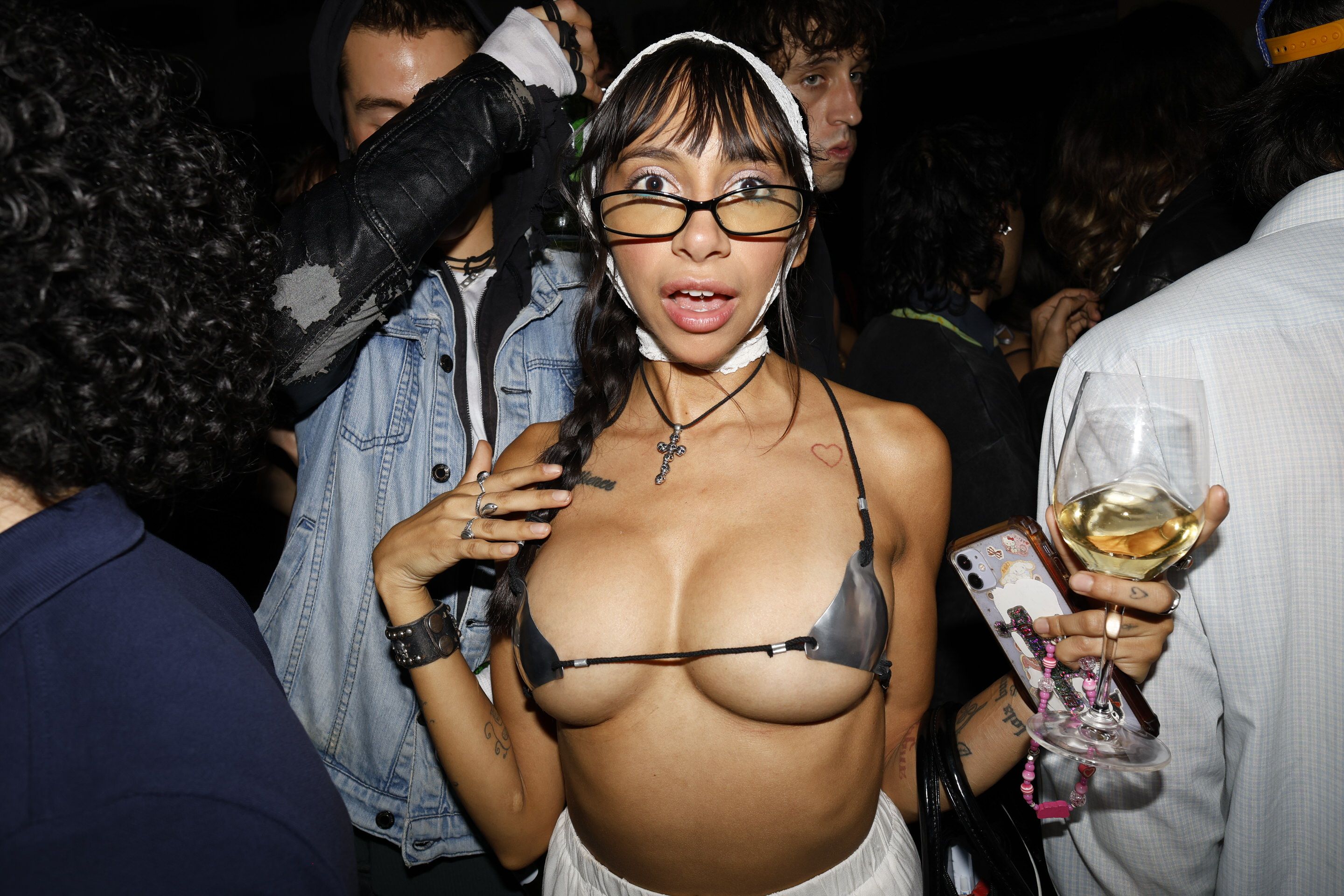
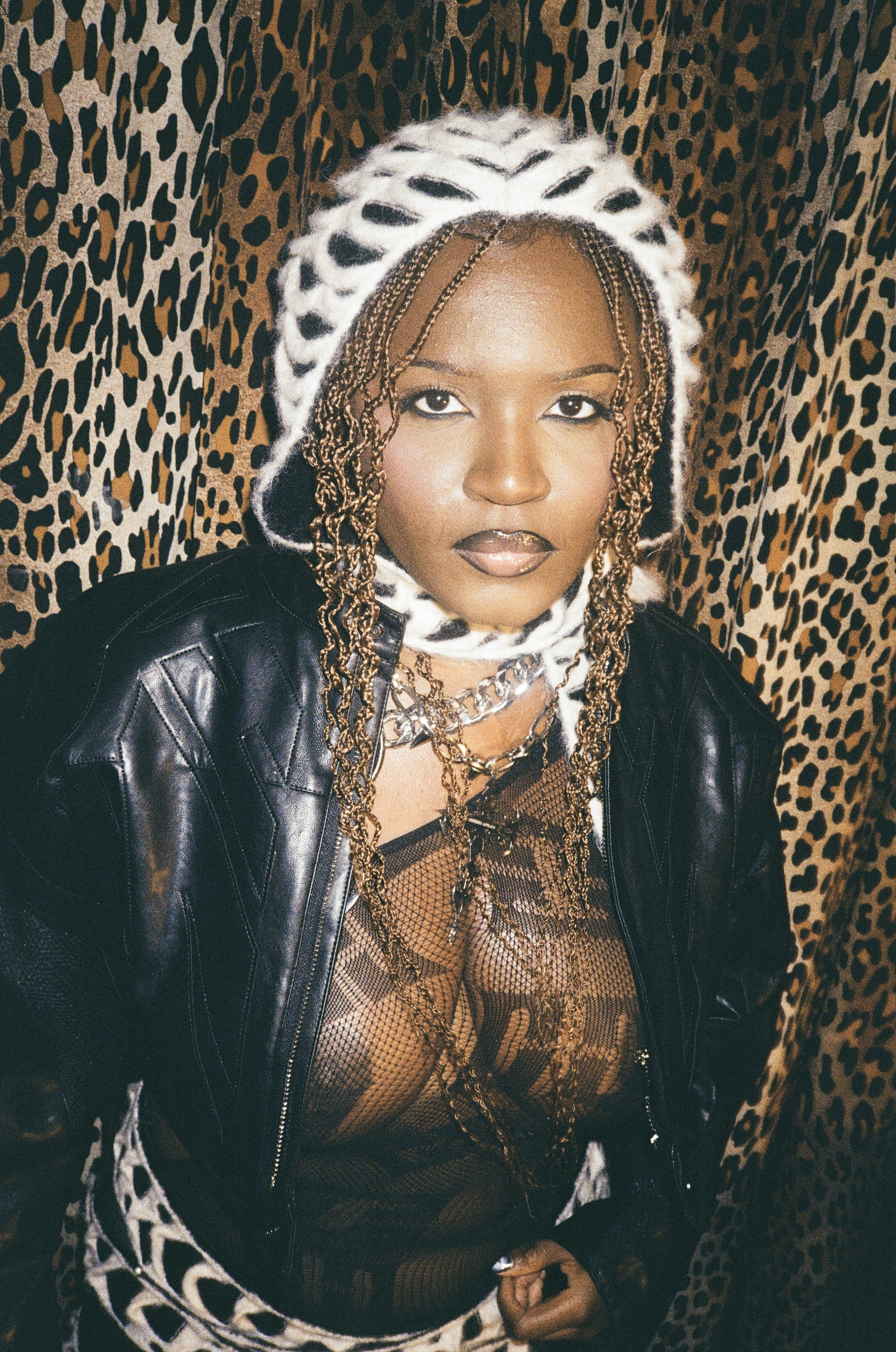
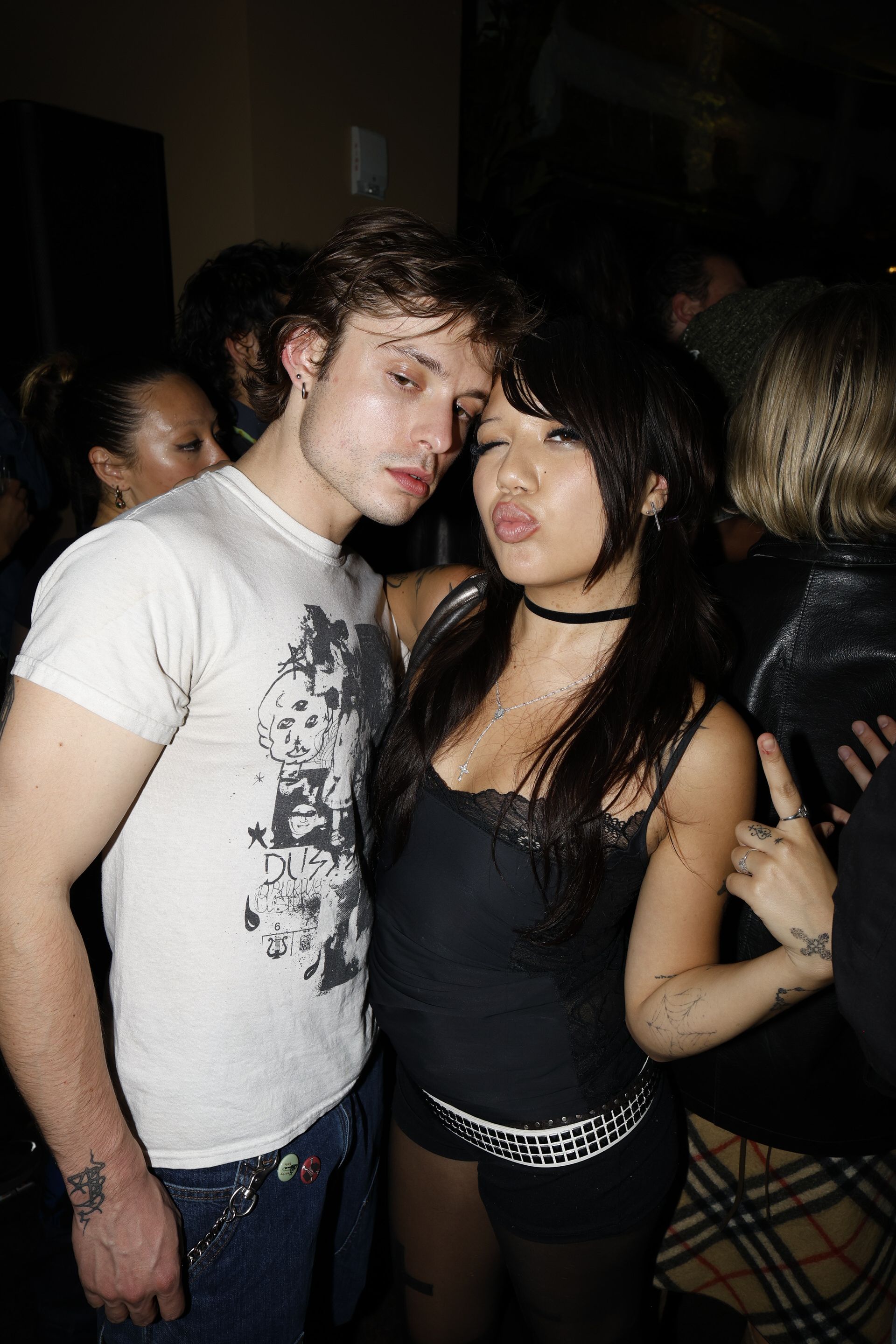
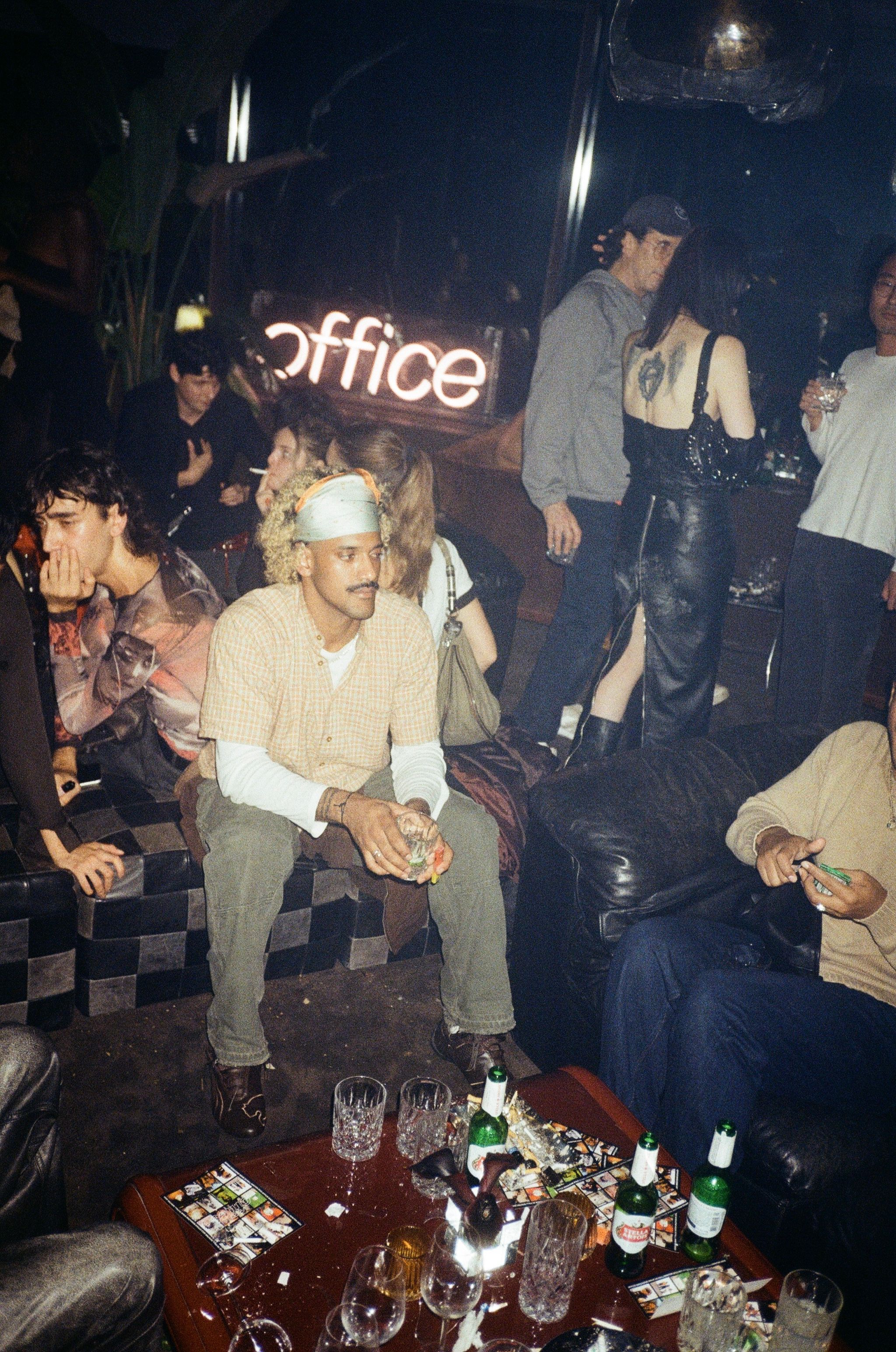
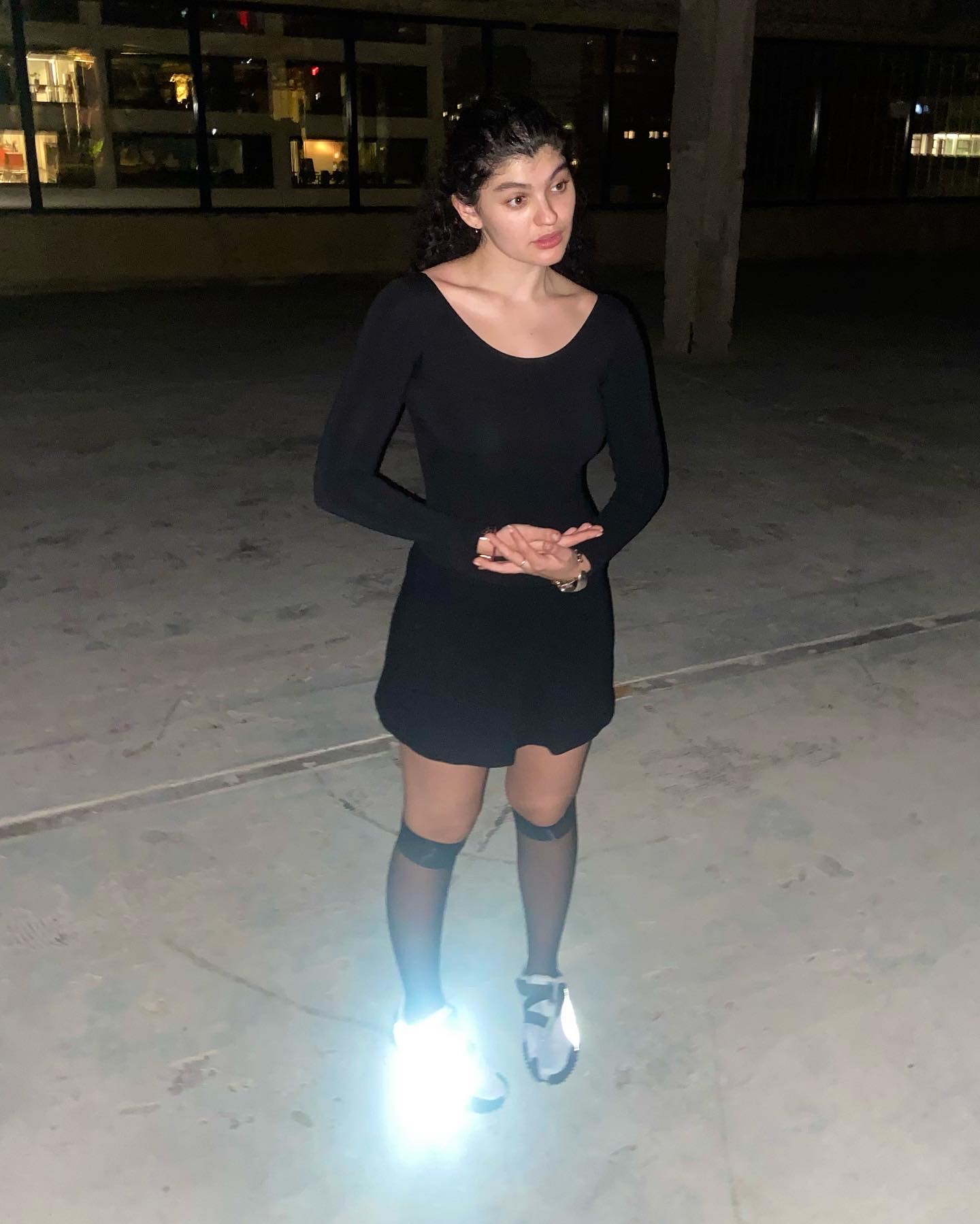

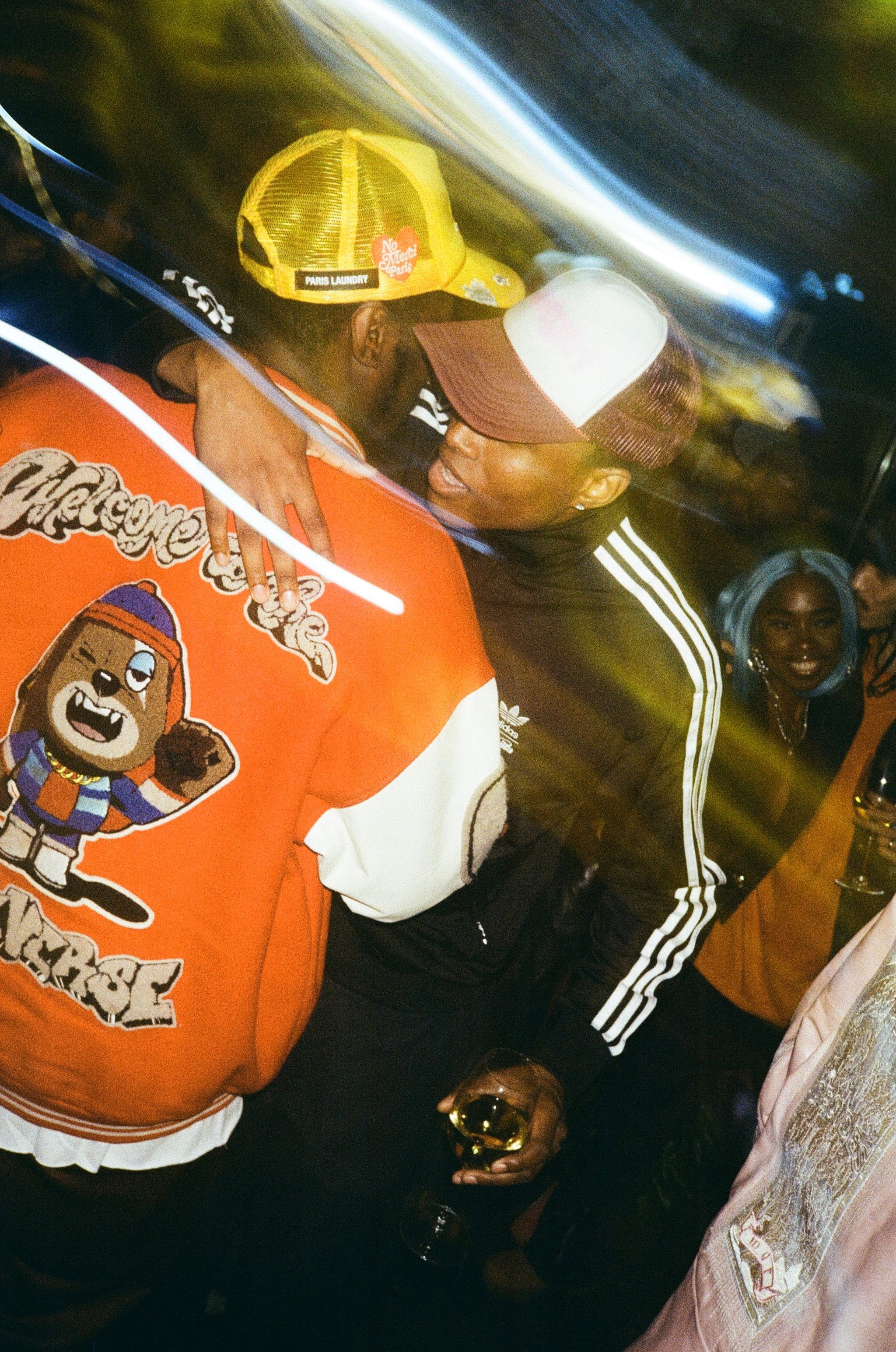
She mused, "It's pretty much in the middle of nowhere, so it makes sense." A party in the Financial District? Such a trek was rare since the closure of the beloved dim sun restaurant and late-night clubhouse in 2020. There's something about partying in what seems like an abandoned venue that turns it into a sort of middle-ground; many attendees forgot we were on the 30th floor or even in New York, in that case.
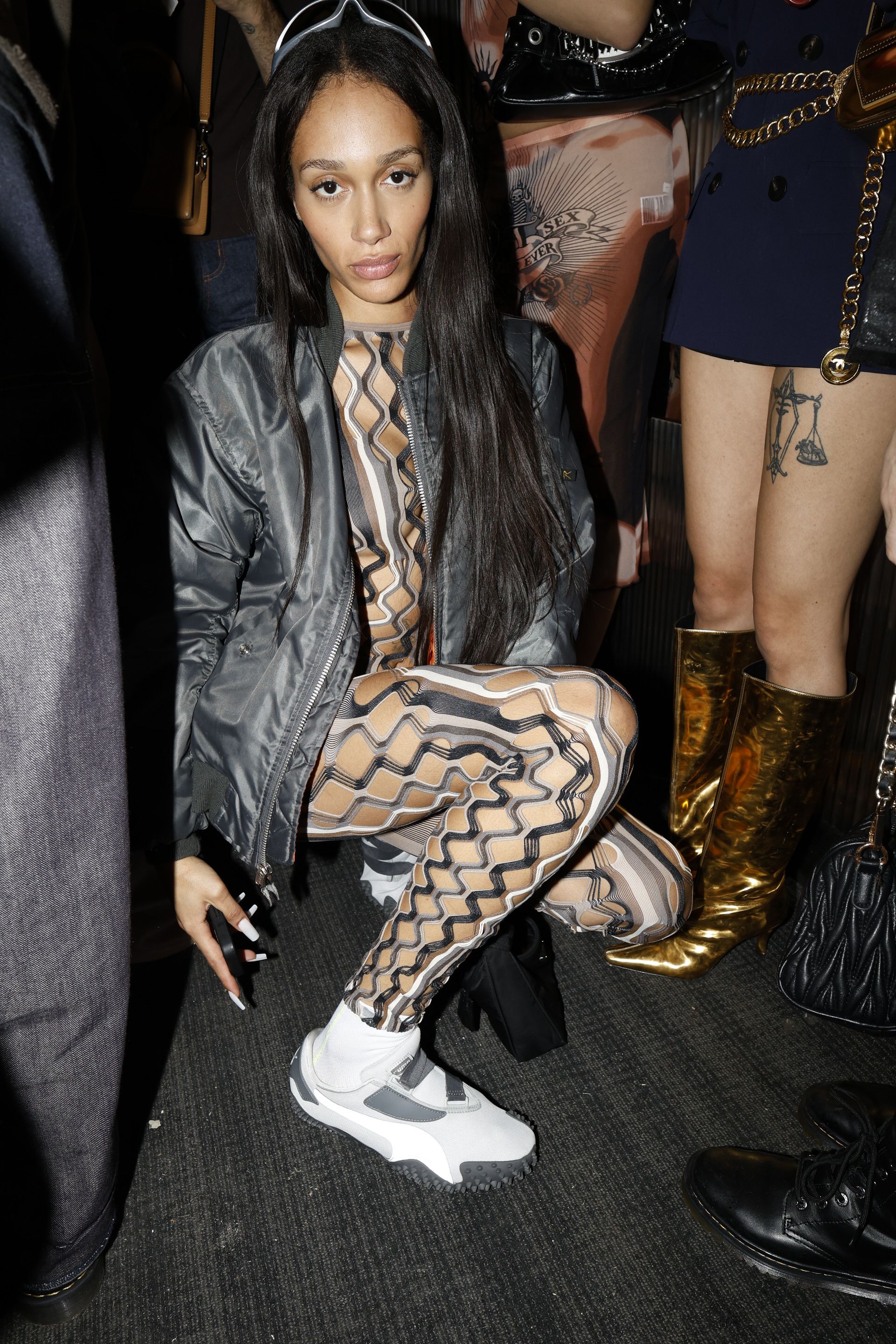
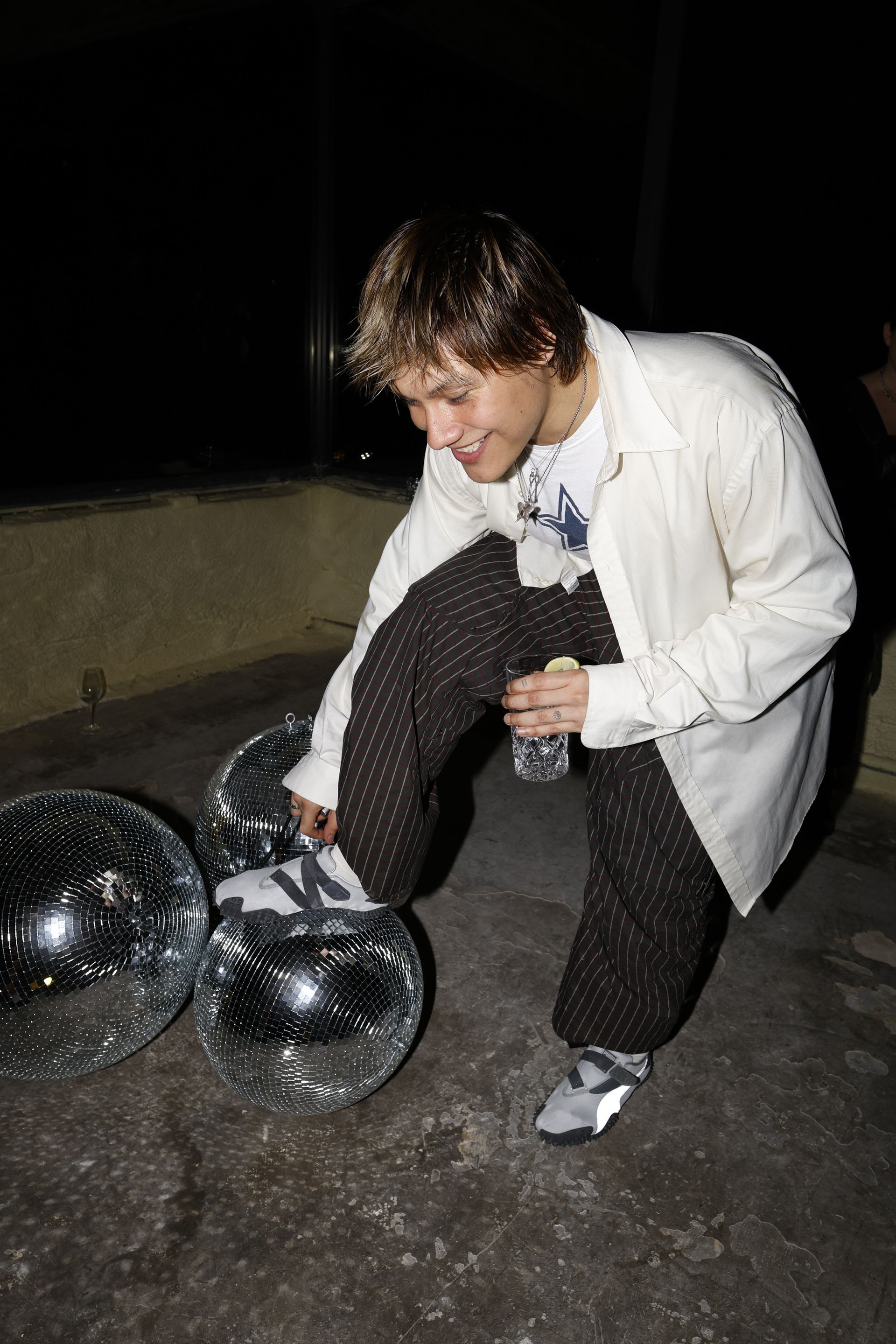
During a brief break in the smoking room, I ran into Ashley Hood. She mentioned that everyone was raving about how New York the party was, but for her, it felt like a kickback in Paris. To Daisaku Hidaka and Kei Tsura, it evoked memories of the underground raves they got used to attending in Japan.
Las Flaquitas kicked off the evening with iconic throwbacks that eased guests into the night's standout performance: a surprise appearance by Amaarae alongside DJ Vonnie Mack whose set was a favorite of the night. Positioned around a carpeted bar beside a live fish tank, revelers danced skin to skin, moving to some of the cover star's hit songs. The energy was so infectious that not dancing felt like taking up too much space. It was raunchy, it was loud, it was intrinsically New York — a sticky, sweaty, sexy melting pot.
And at a point in the night when we wondered if things could get cuntier, Demiyah of Angelito Collective, transported us from the Financial District to a basement in Brooklyn through her entrancing DJ set. Surrounded by her fellow collaborators behind the DJ booth, the atmosphere was electric, and by then, it didn't matter where we were: China Chalet in 2017, Paris, Japan, or whatever purgatory in between — everyone was on their feet dancing the night away.
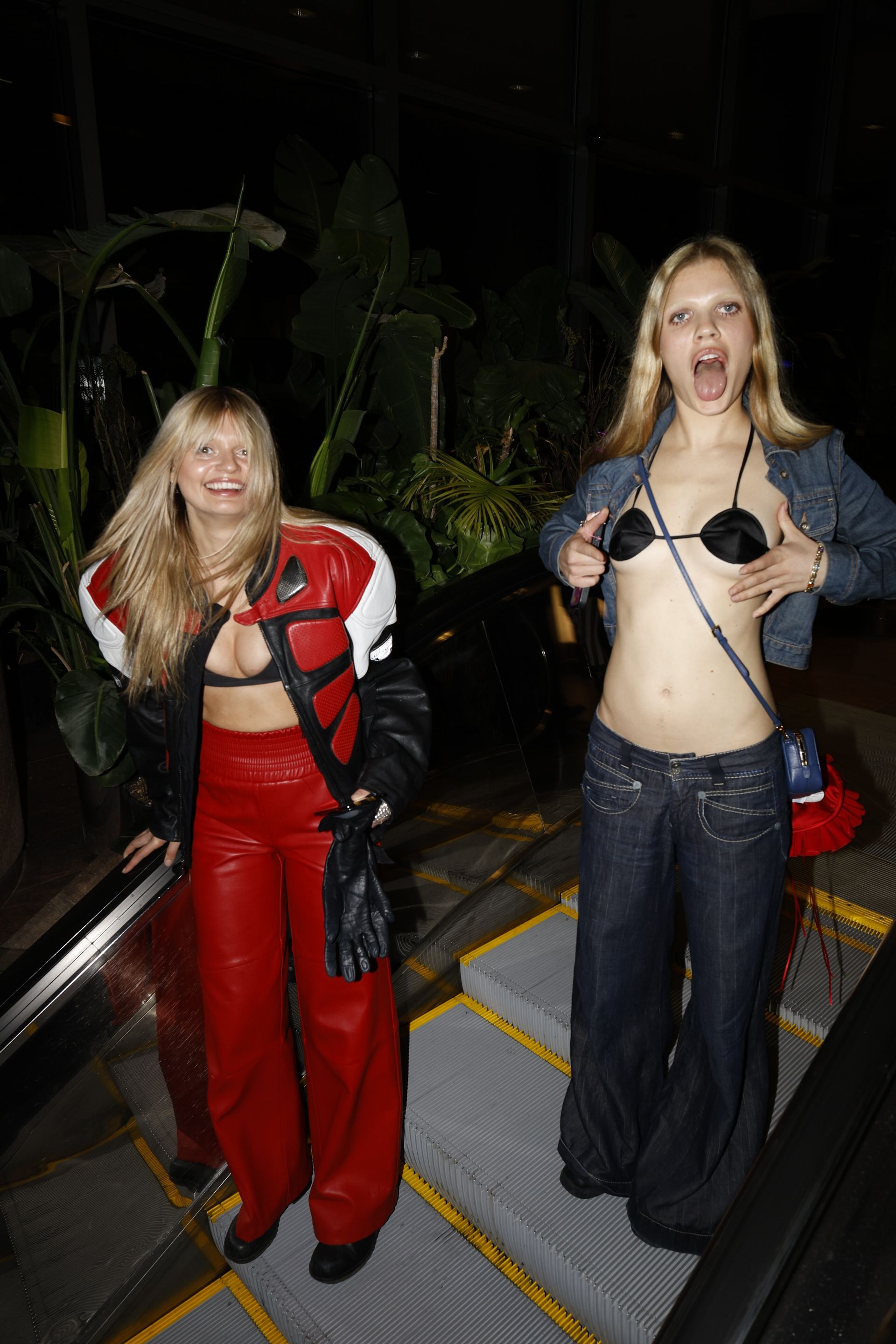
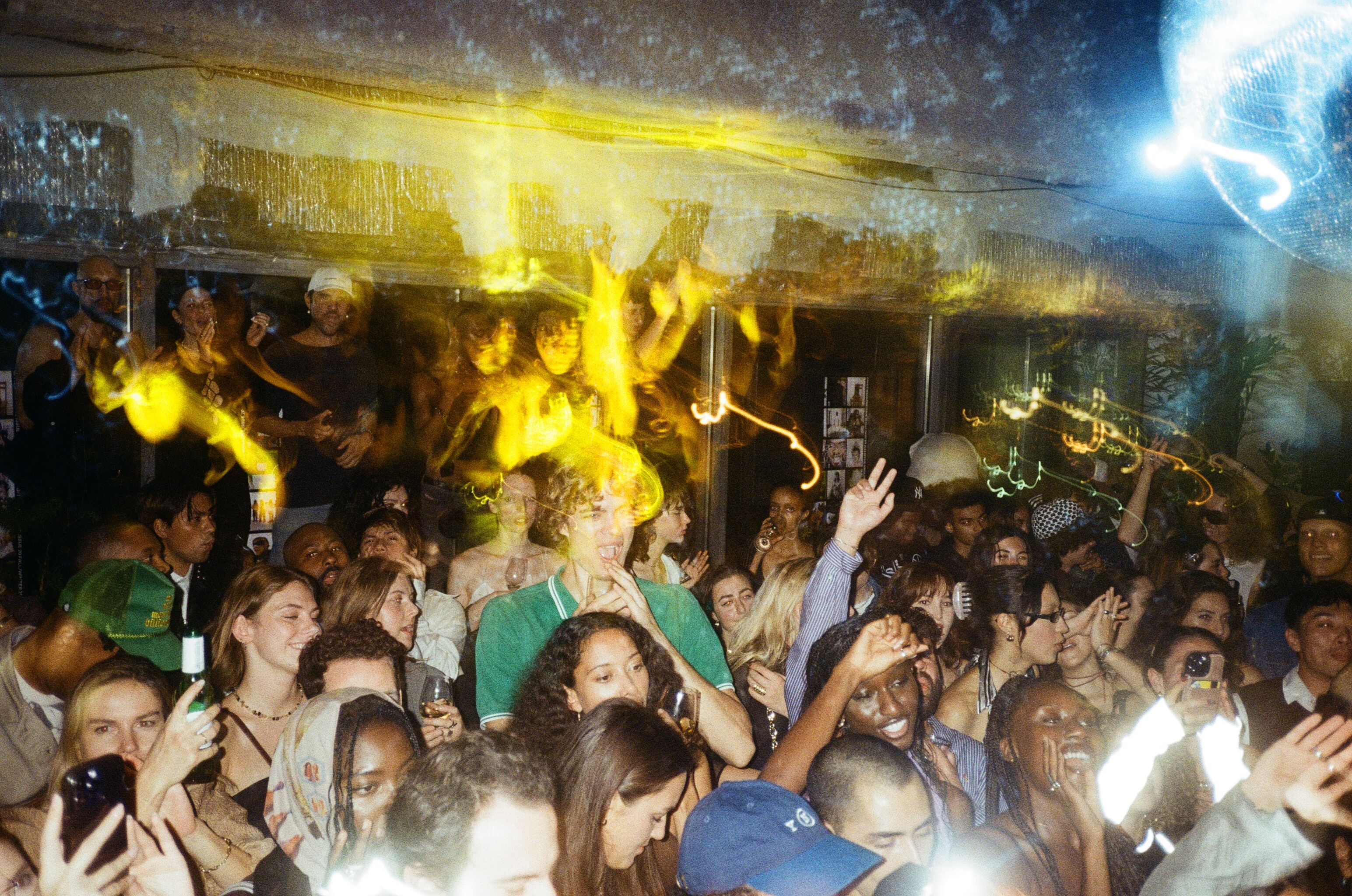
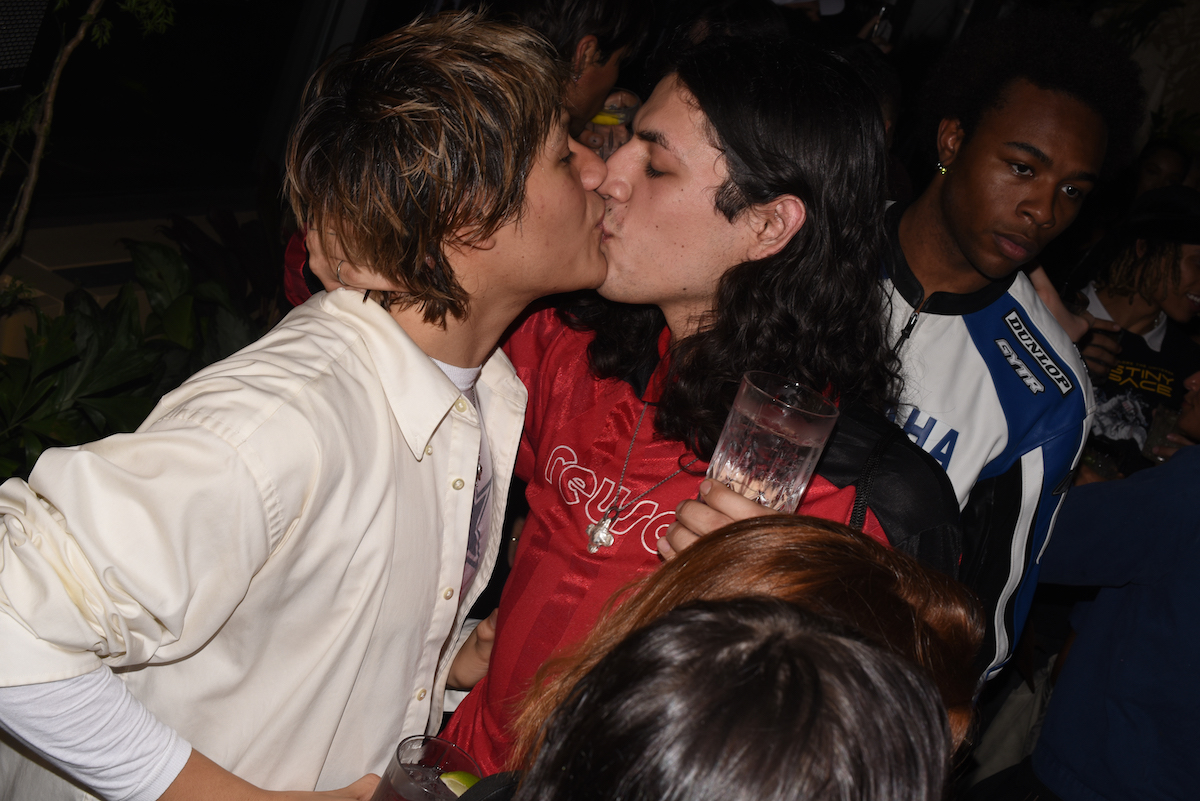
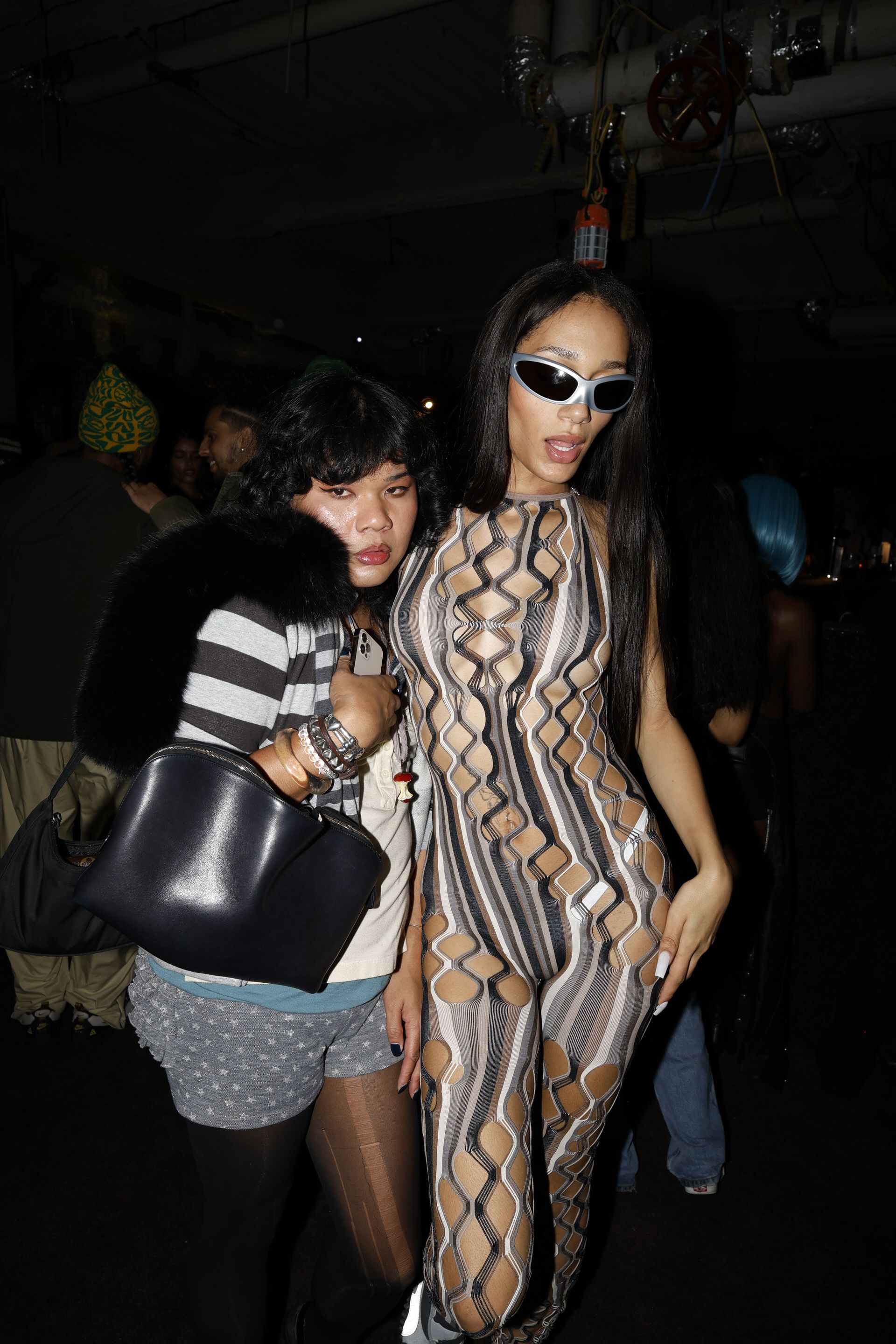
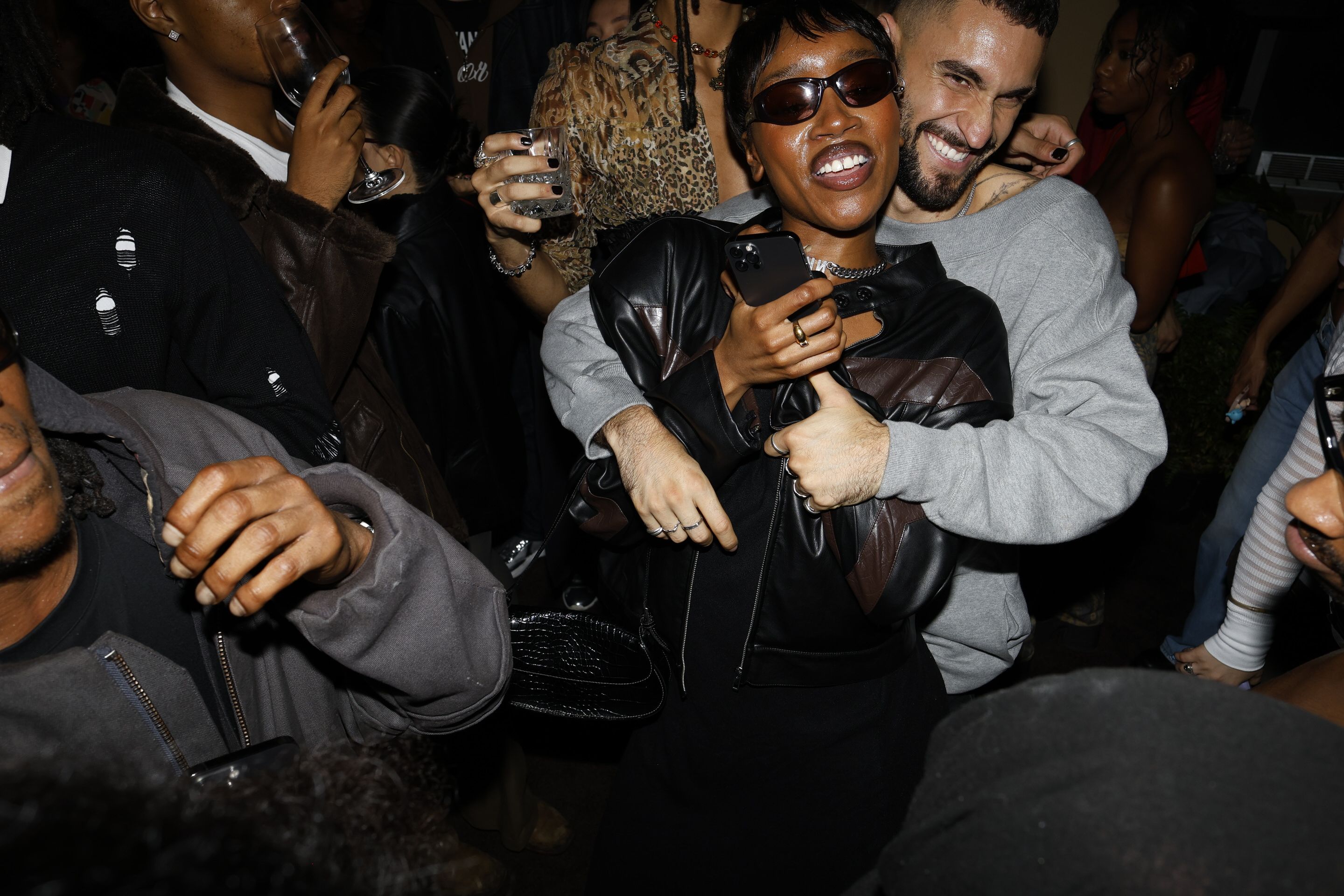
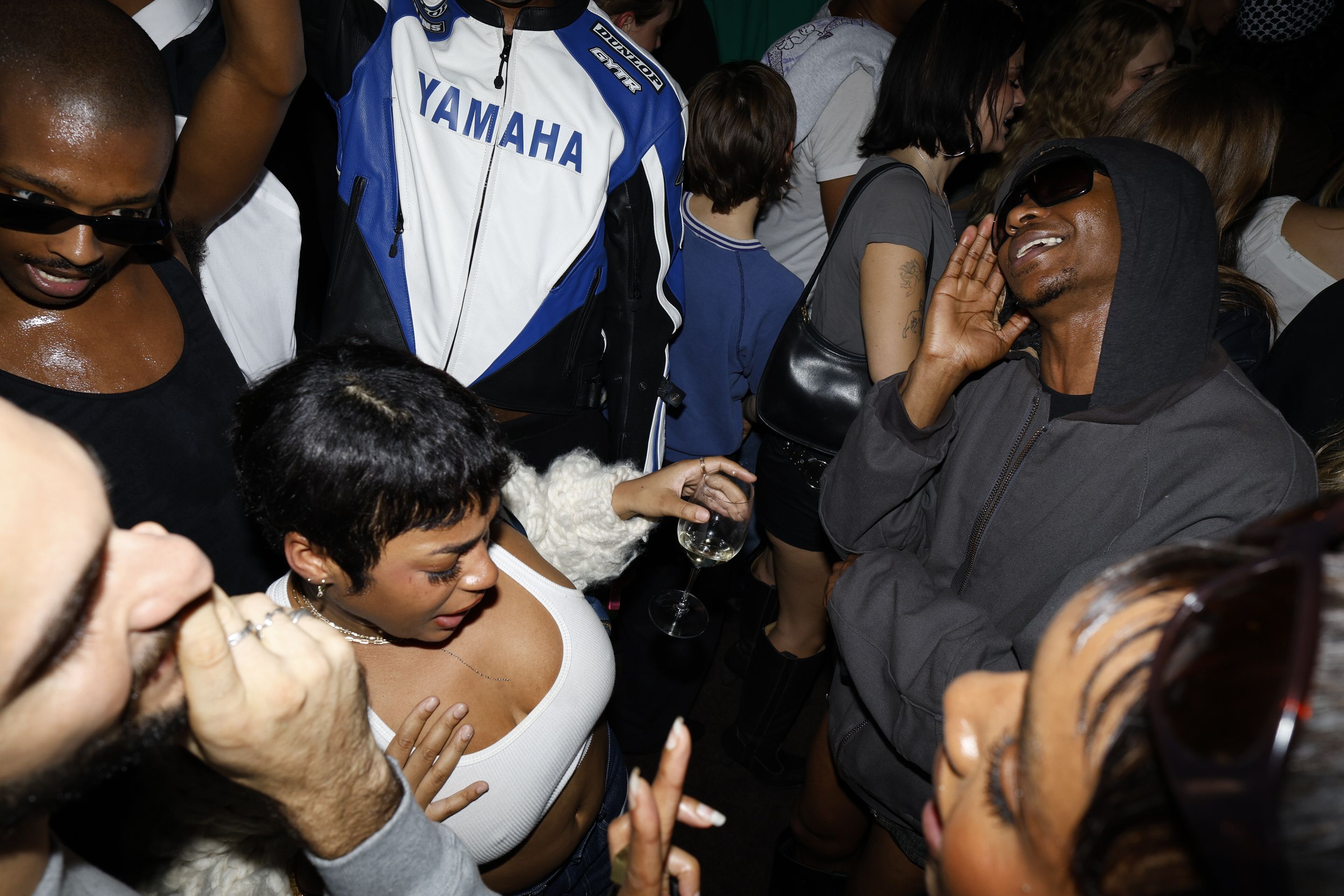
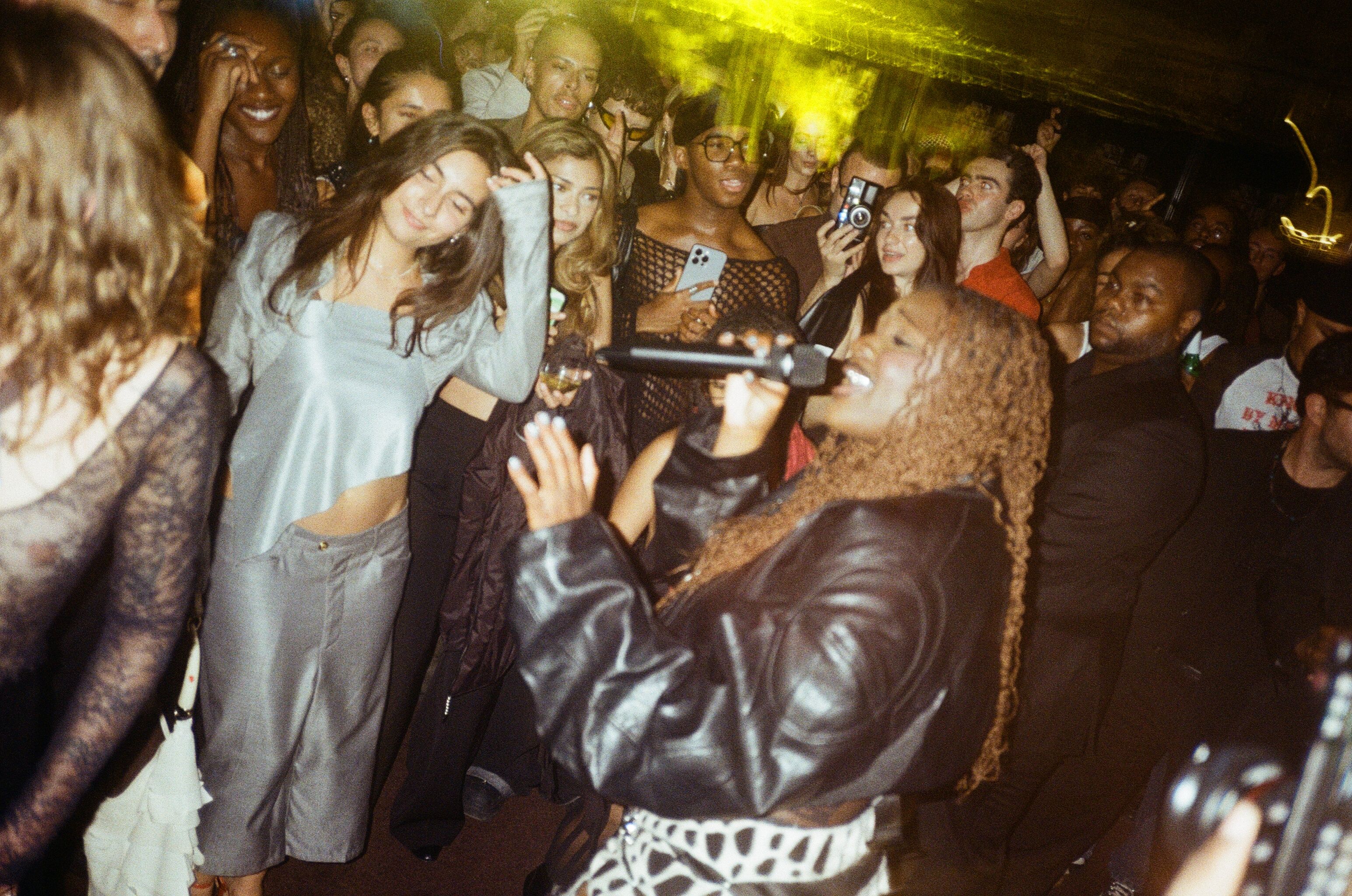
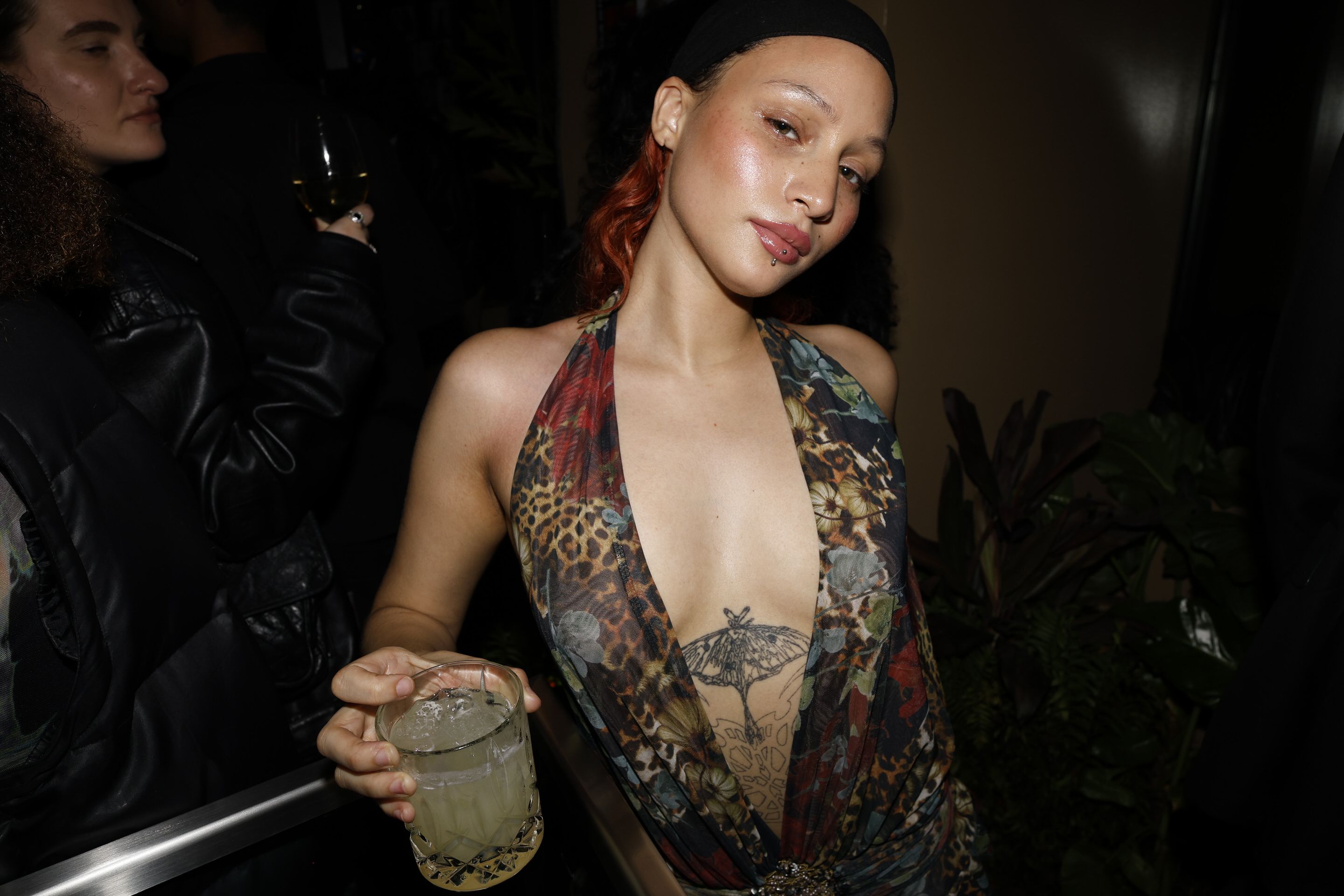
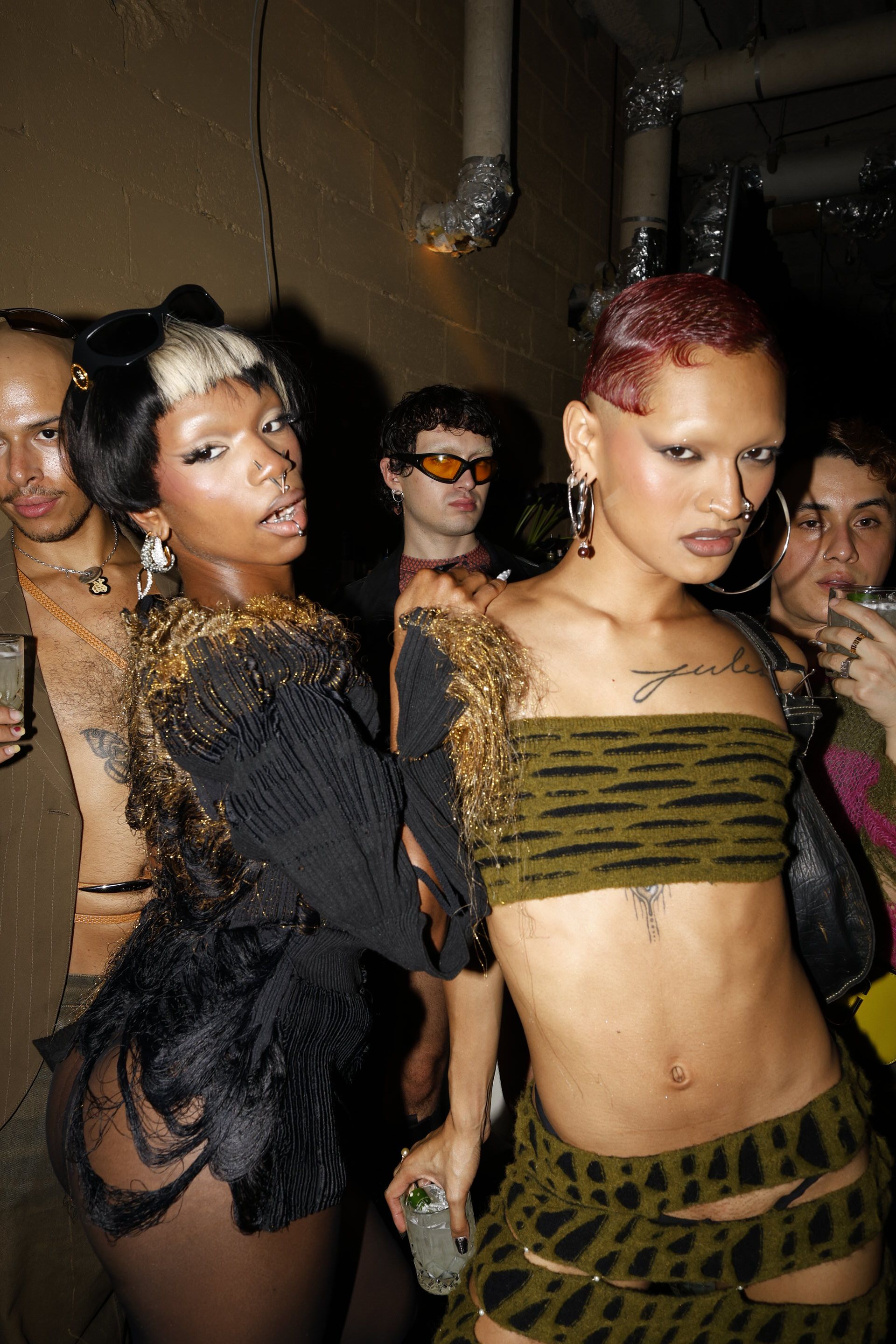
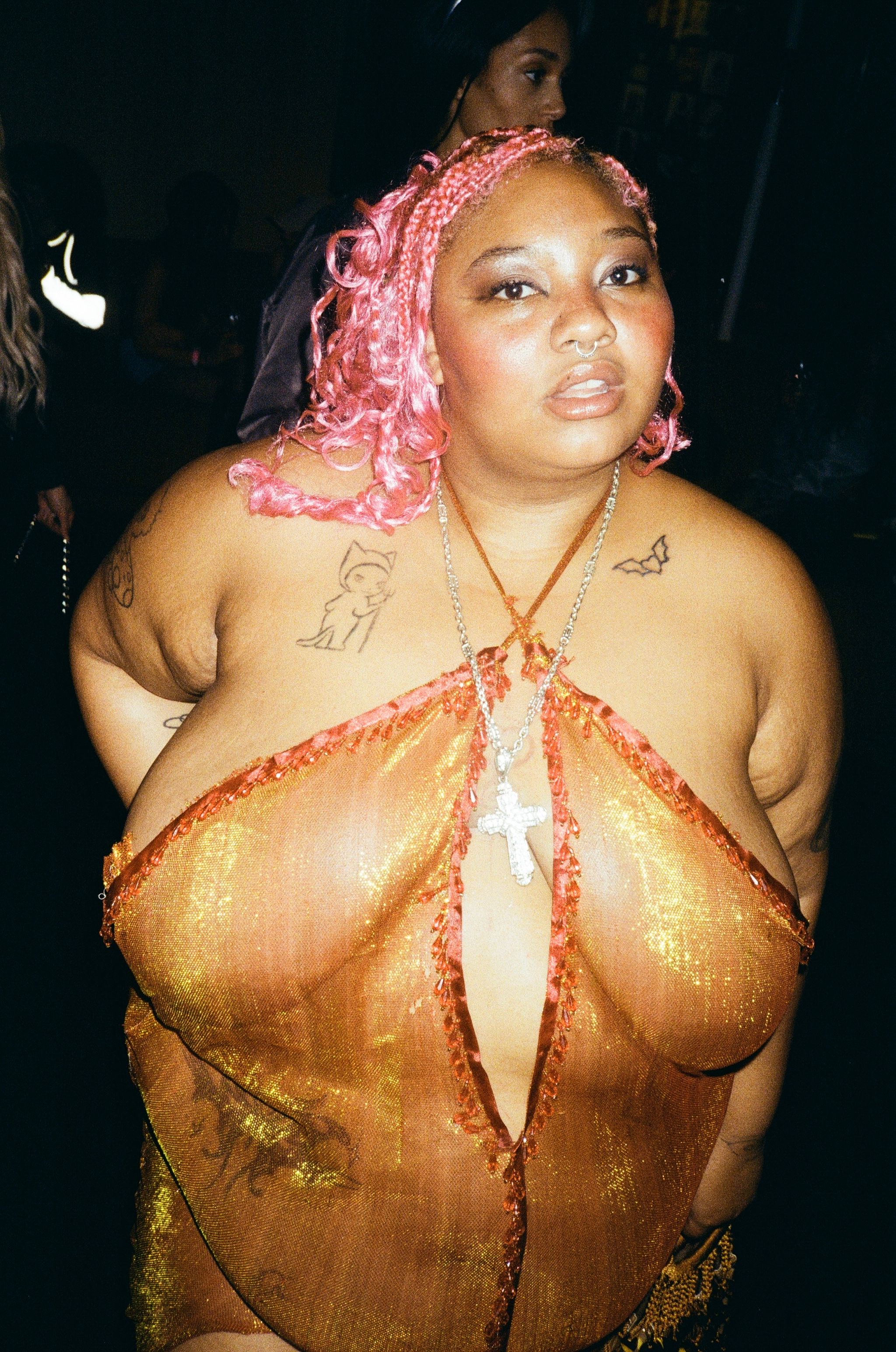
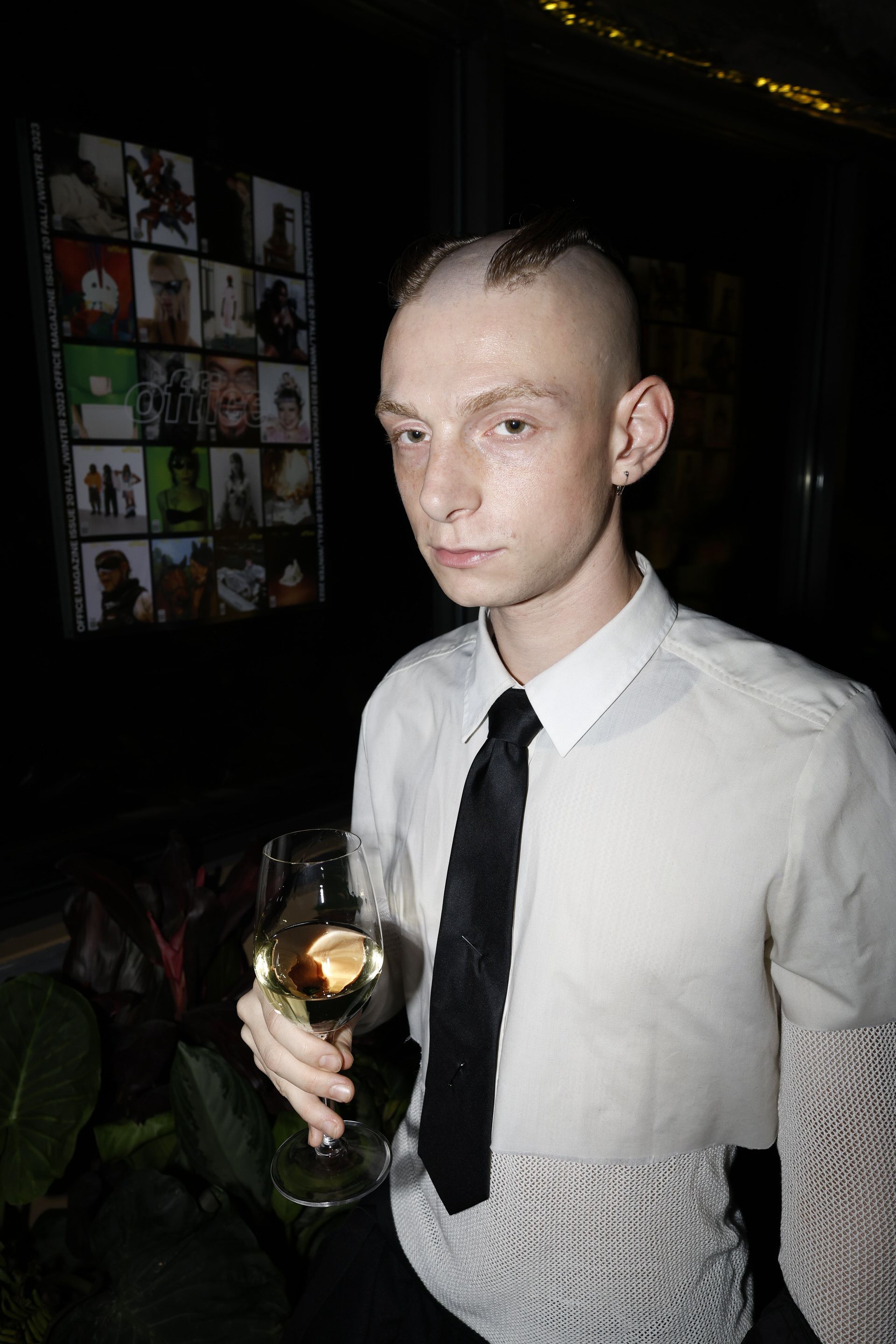
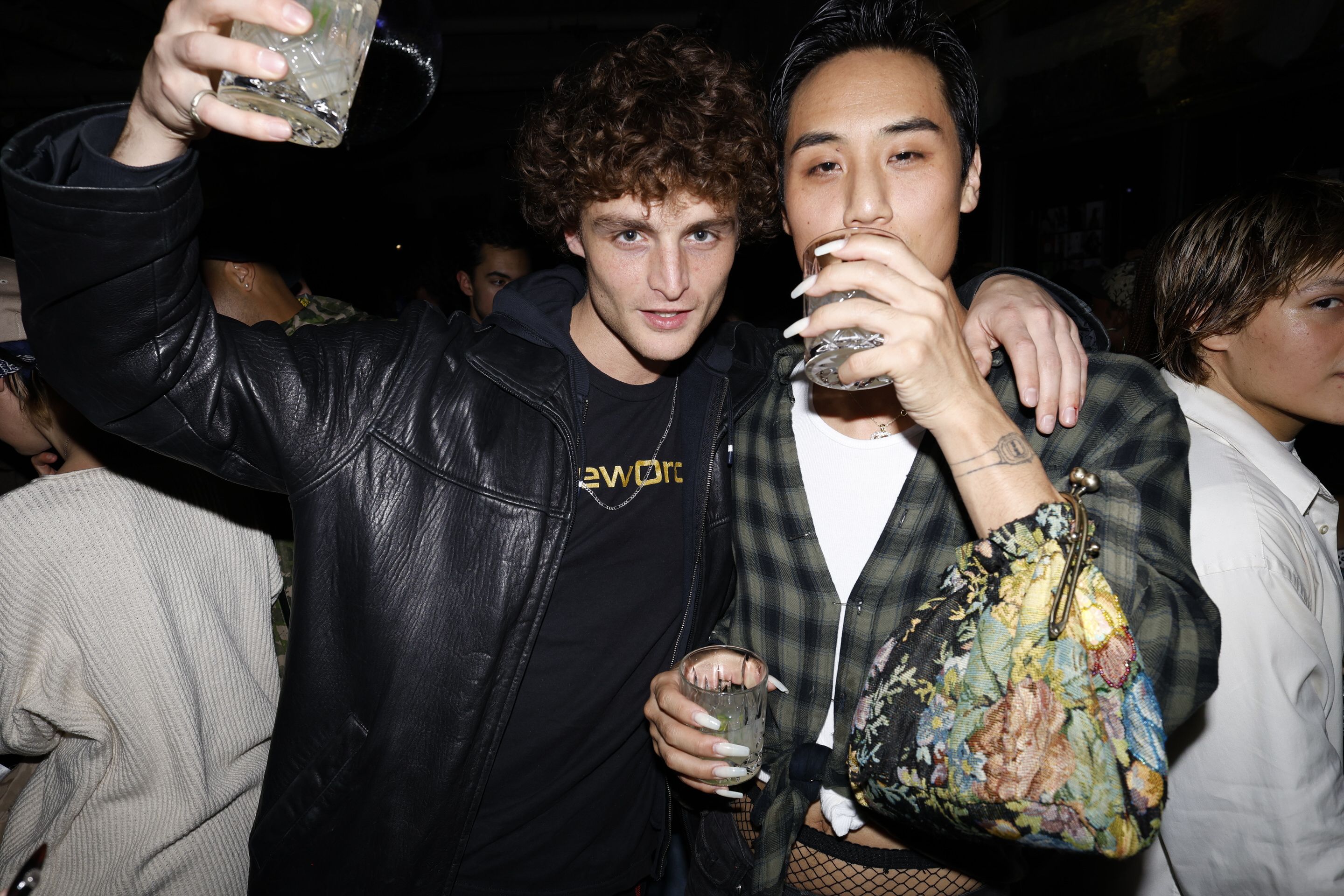
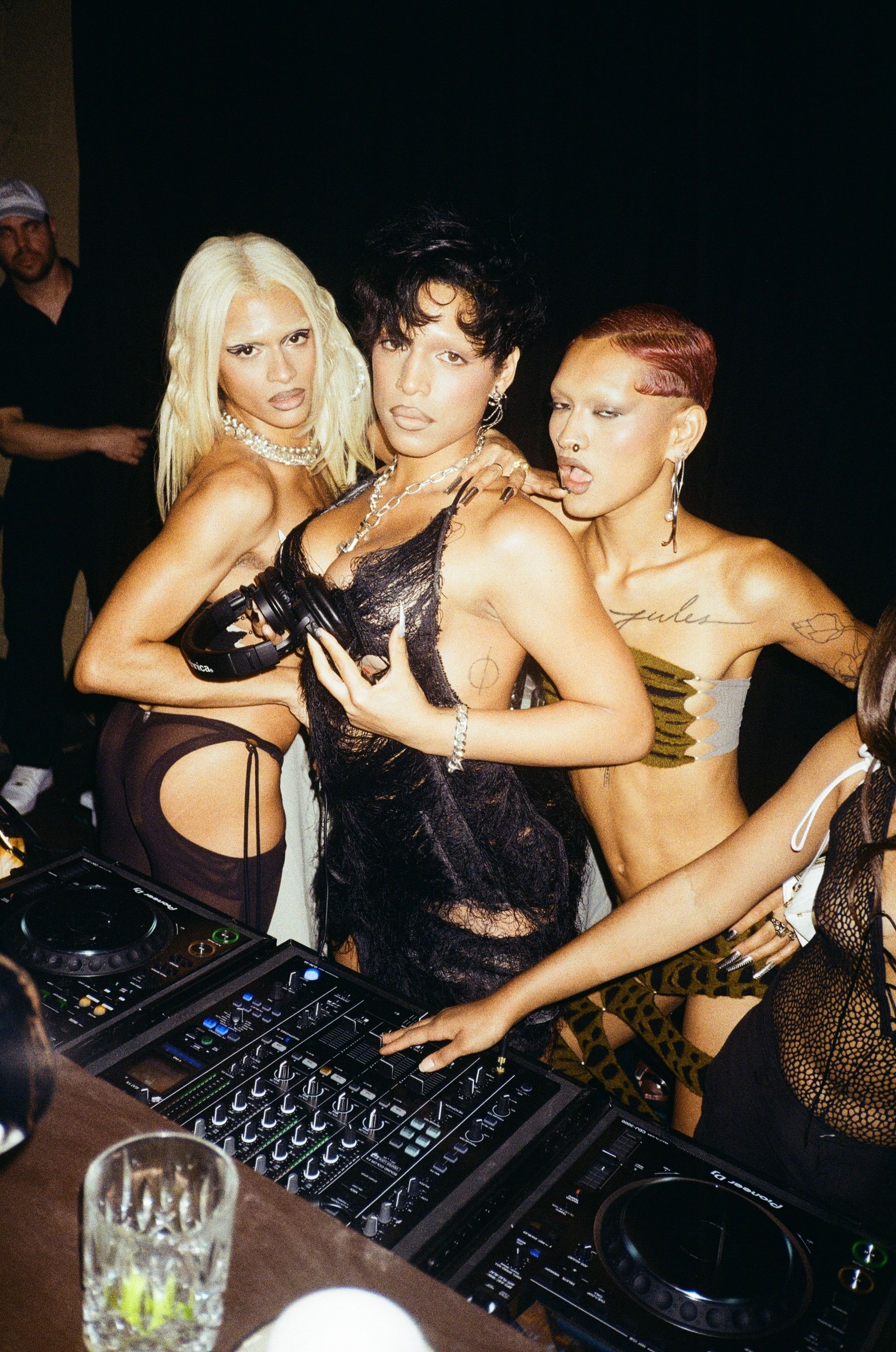
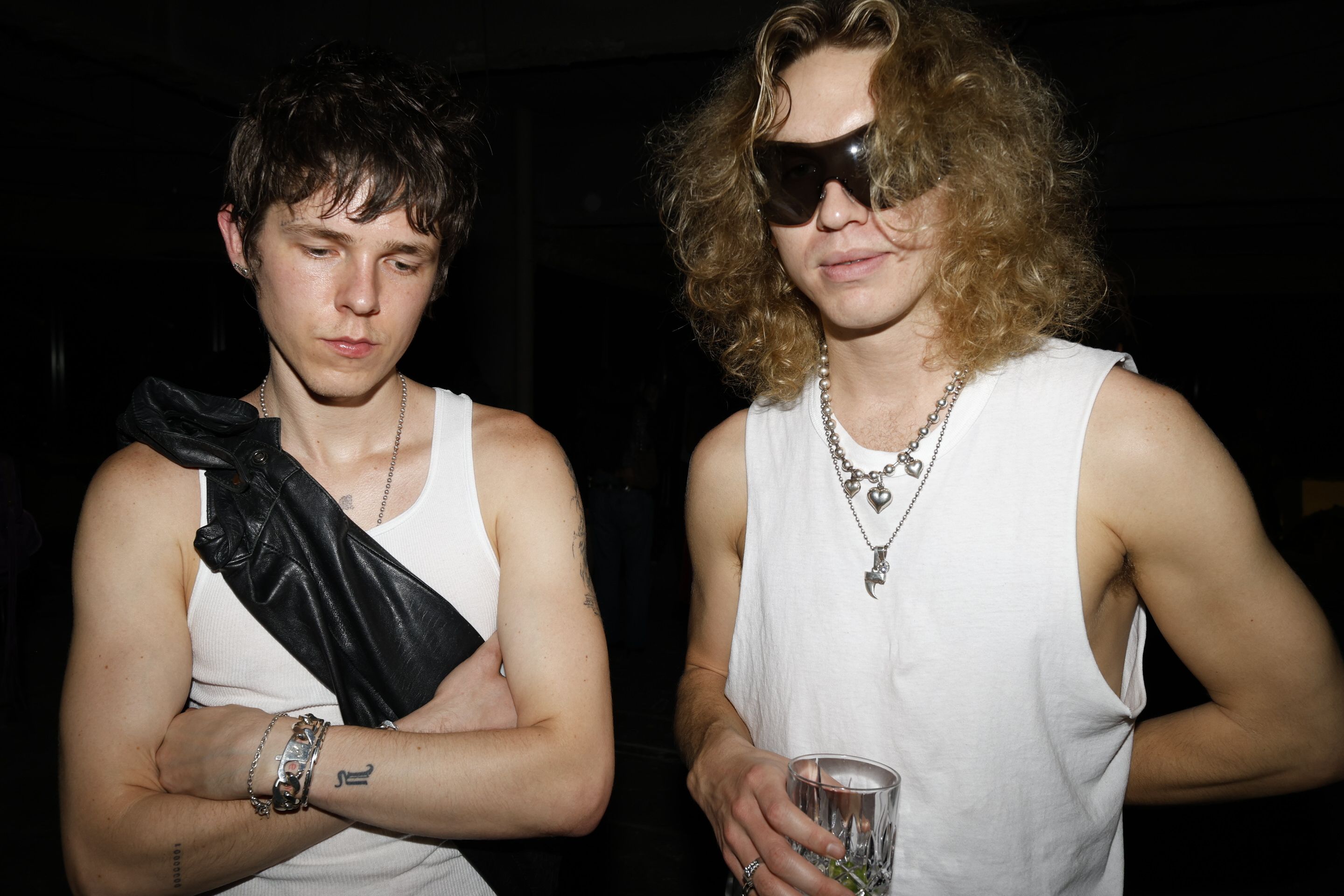
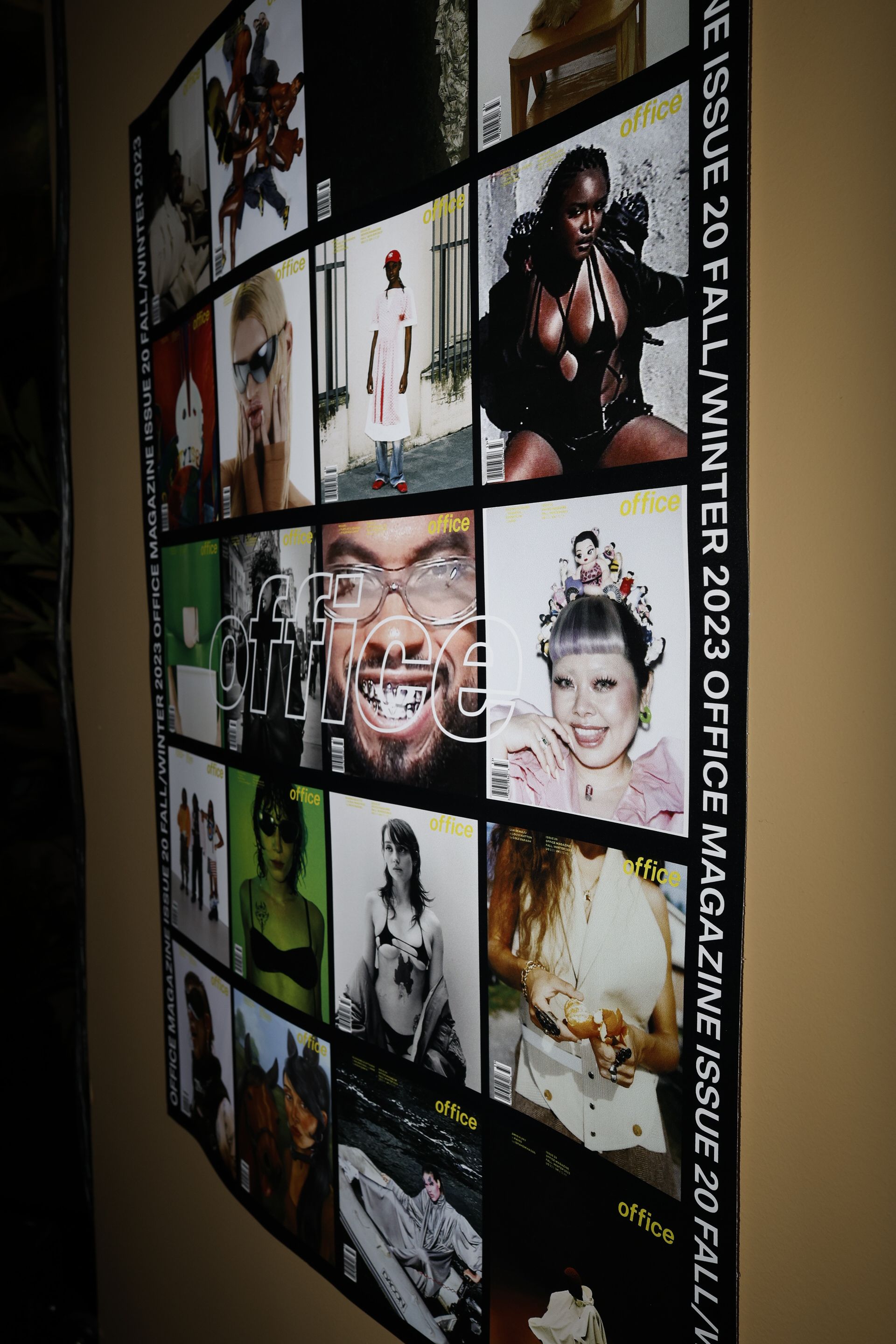
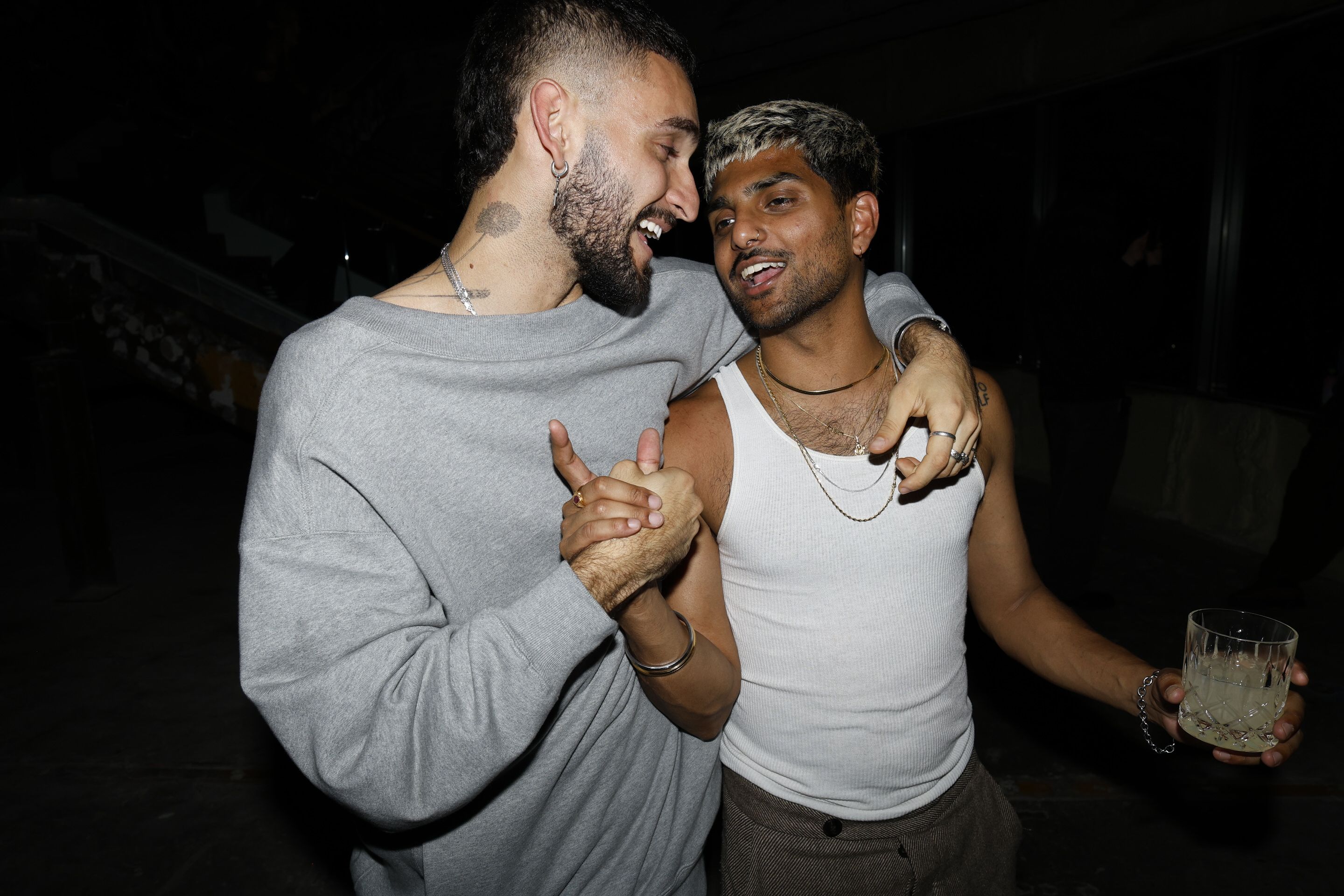
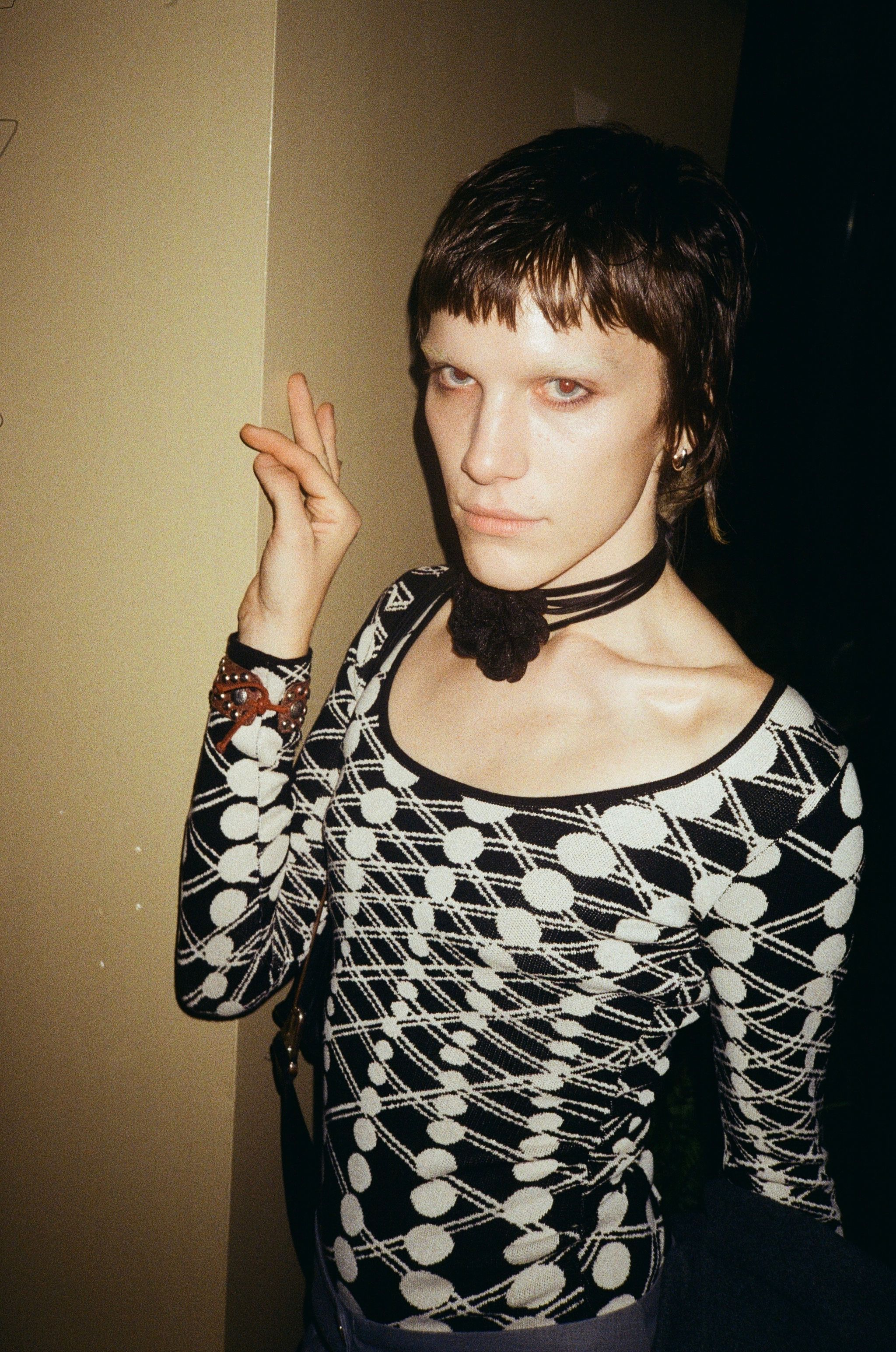
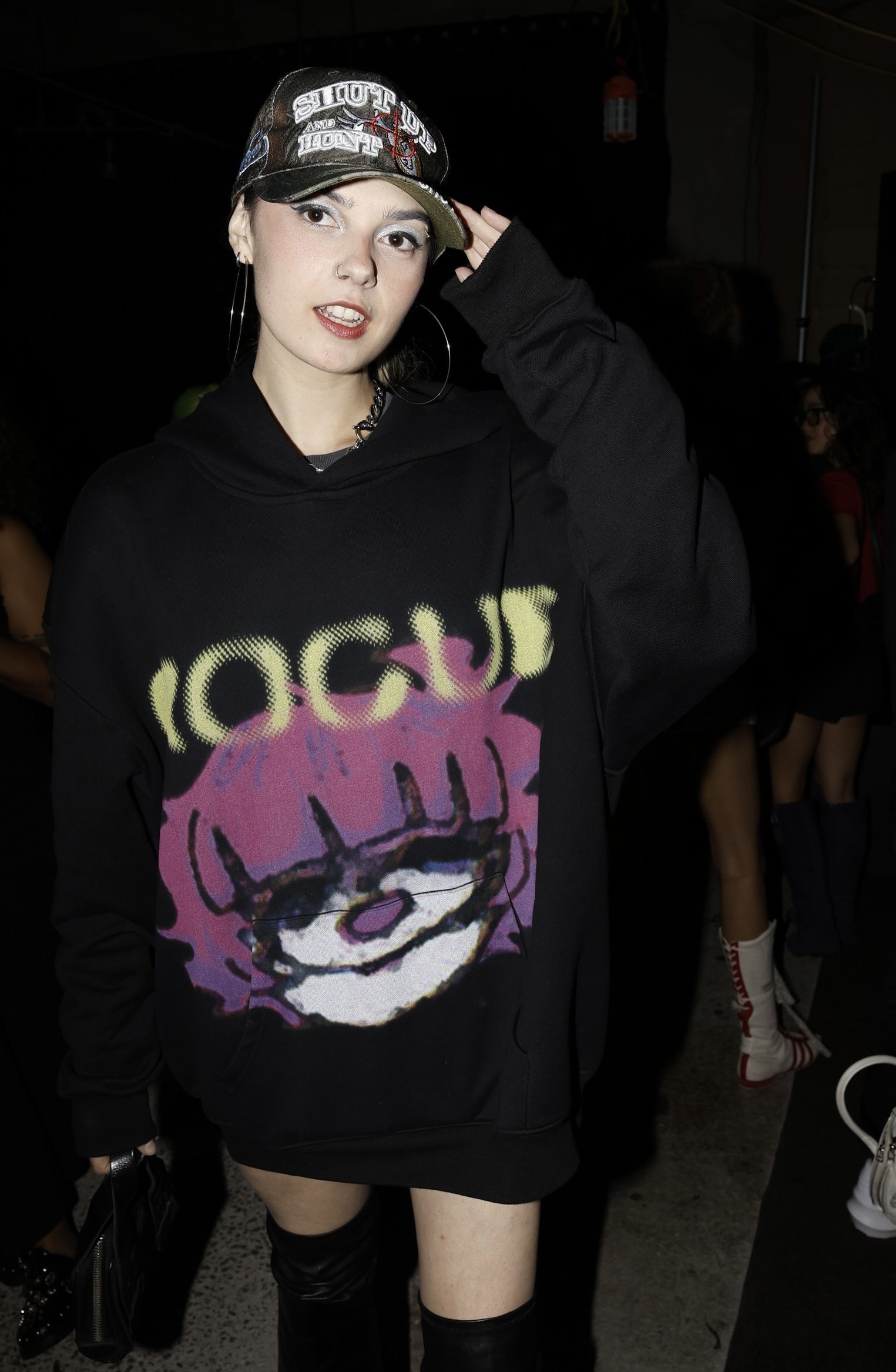
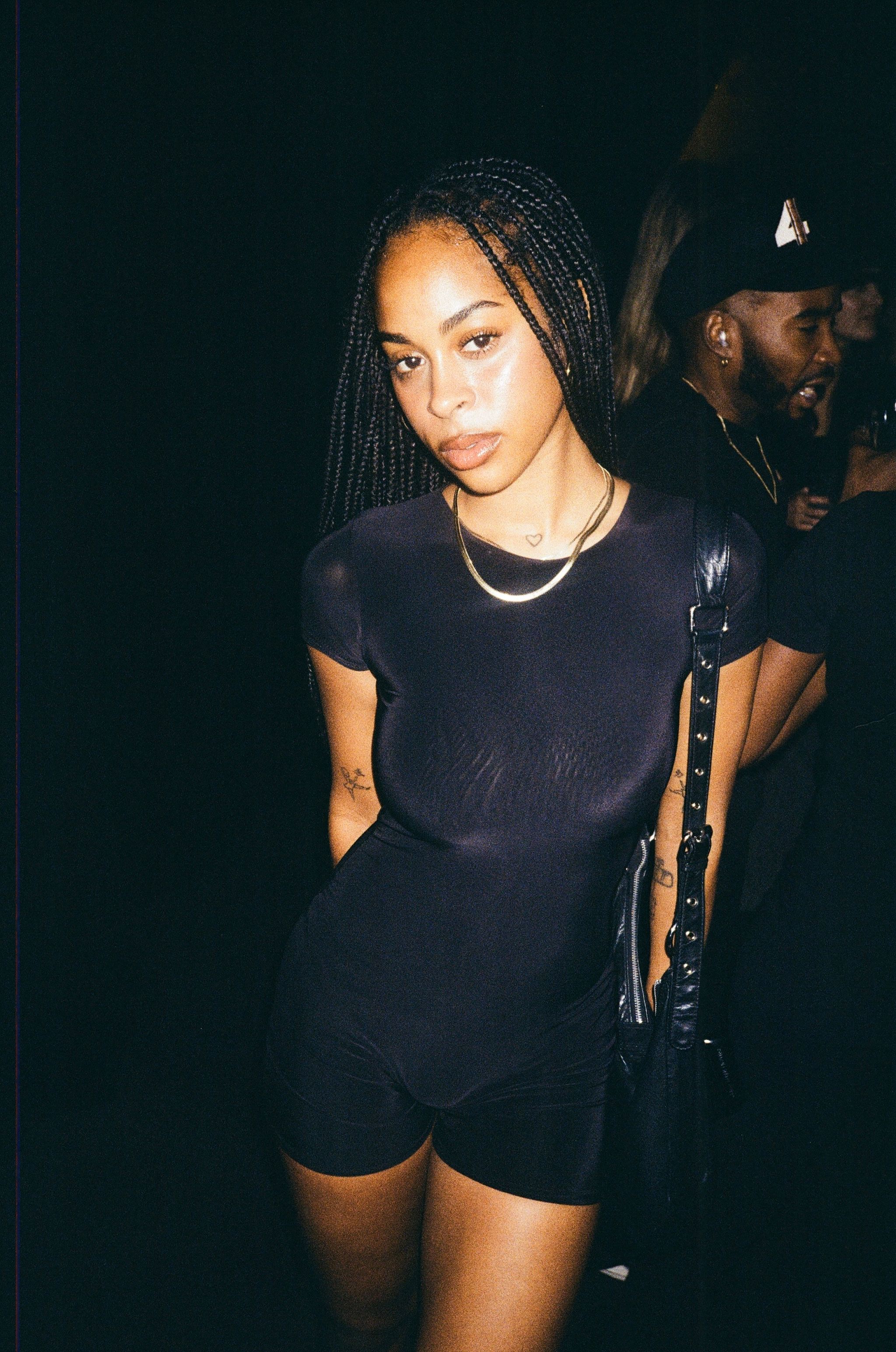
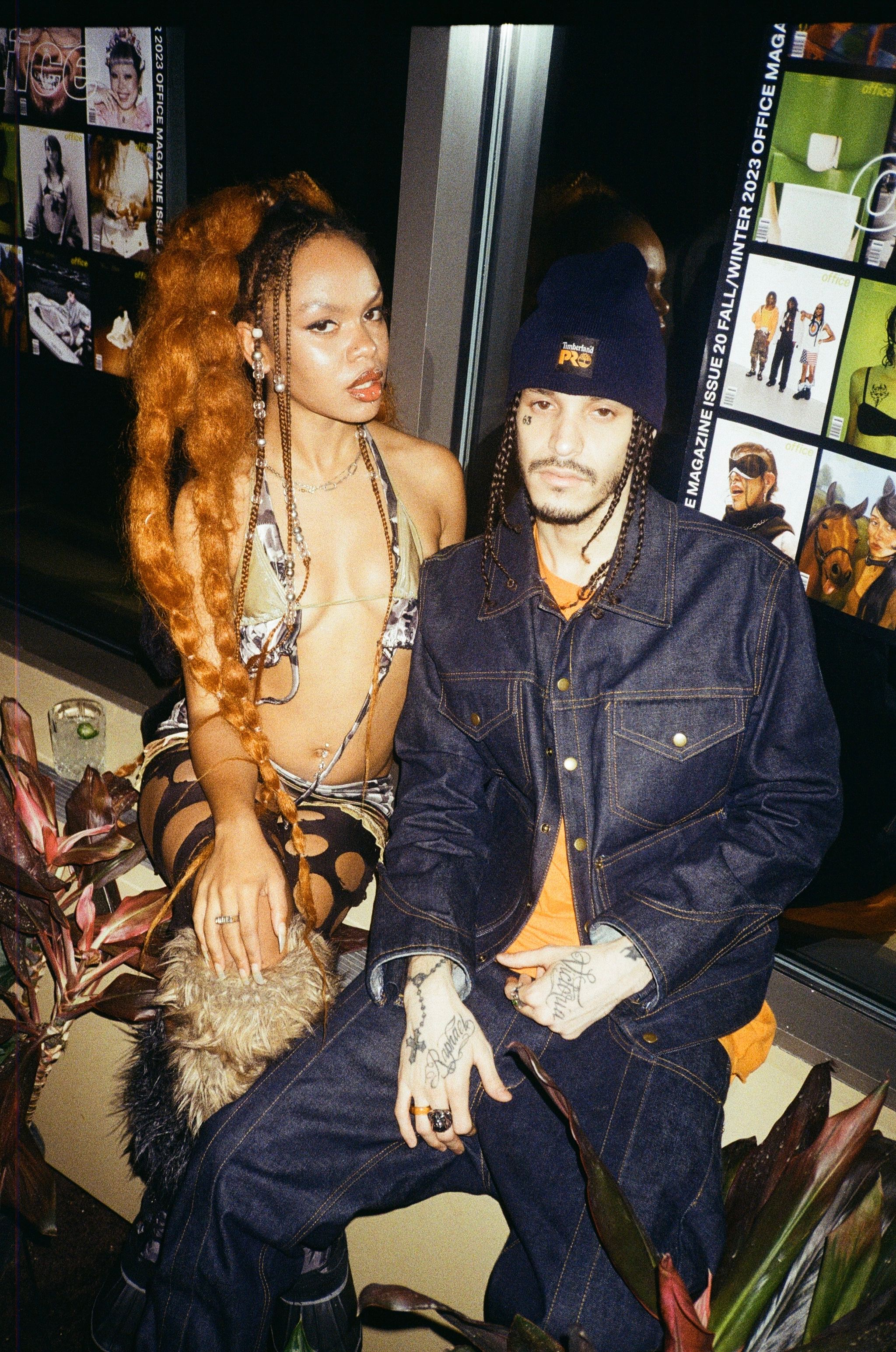

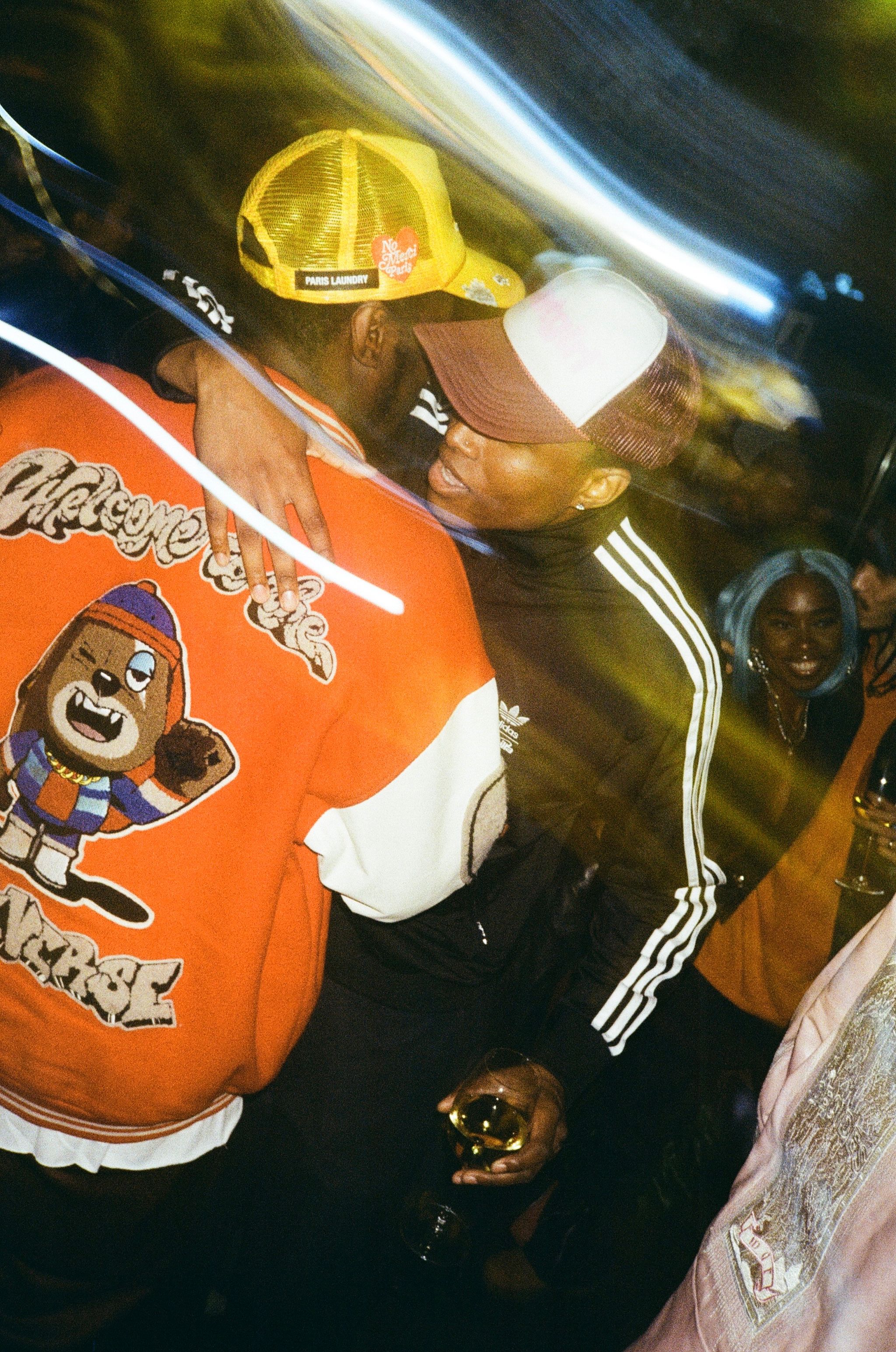
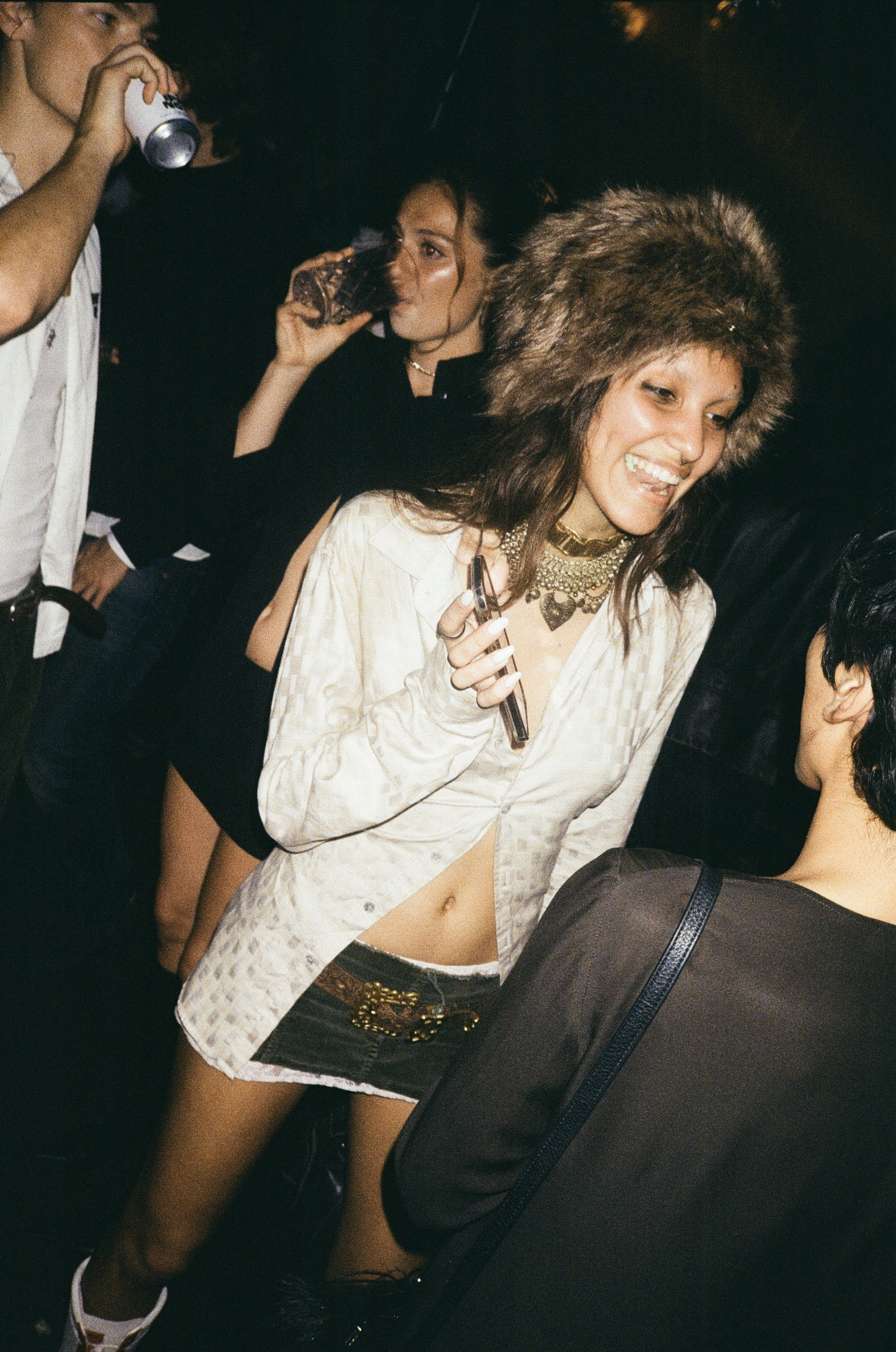
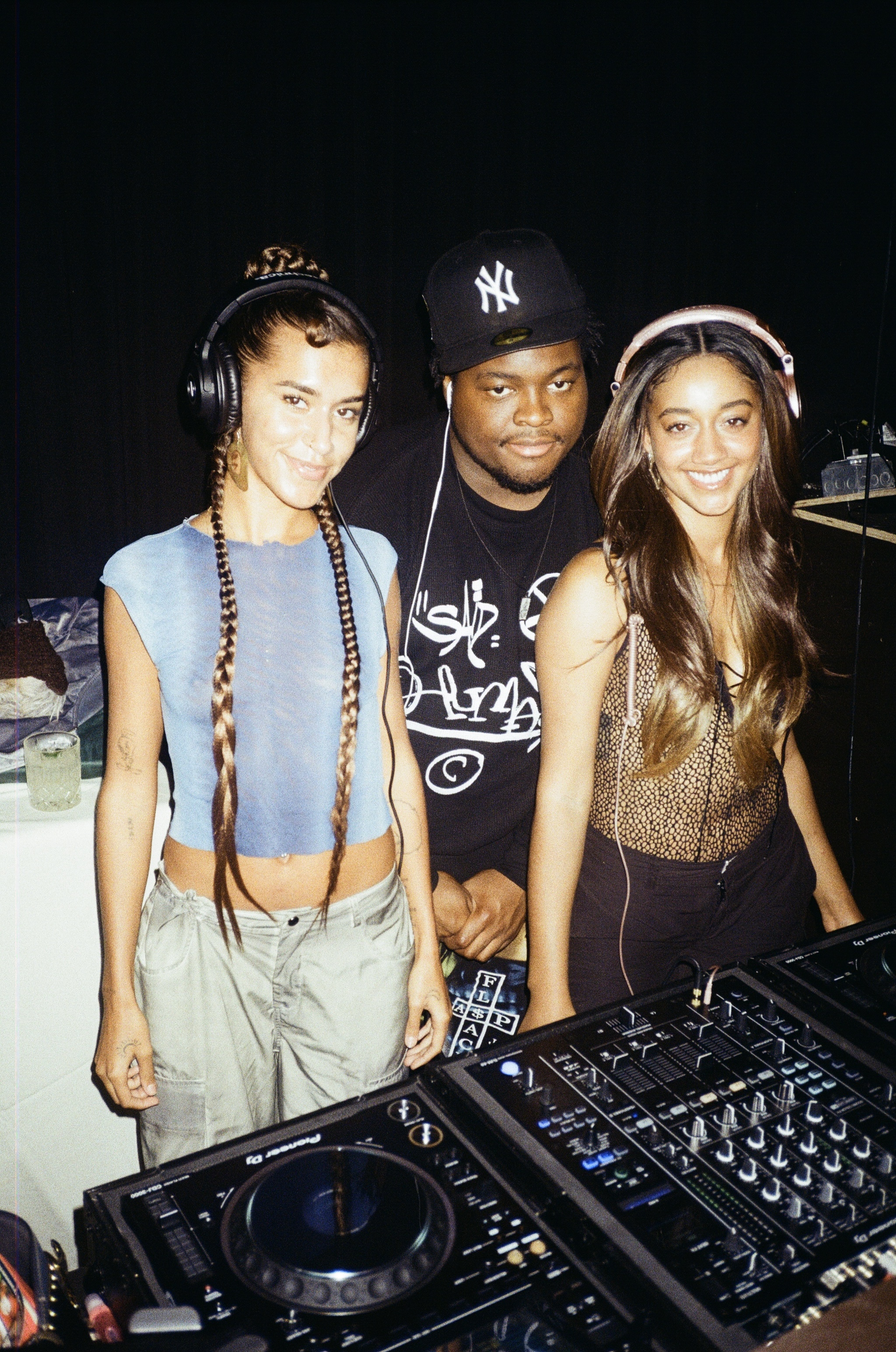
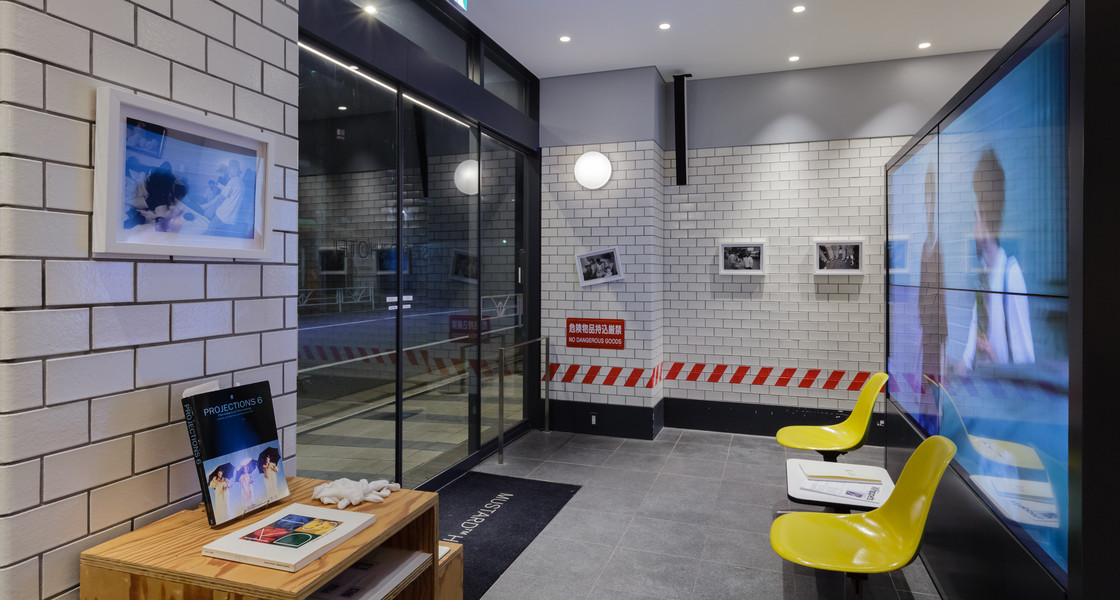
Eric Alan Edwards, the acclaimed cinematographer behind Kids,, in his debut solo show Whippets , adds another chapter to the film’s lore. Through his vivid snapshots and memorabilia documenting the Kids’ creation, Edwards offers an intimate glimpse of it’s most iconic scenes. He believes the photographs in Whippets are “voyeuristic images of a film that is in itself voyeuristic” allowing viewers to take from the exhibition what they wish; whether it’s the cast’s attitude of rebellion or a sense of anti-try hard style that has inspired numerous street brands and skate crews.
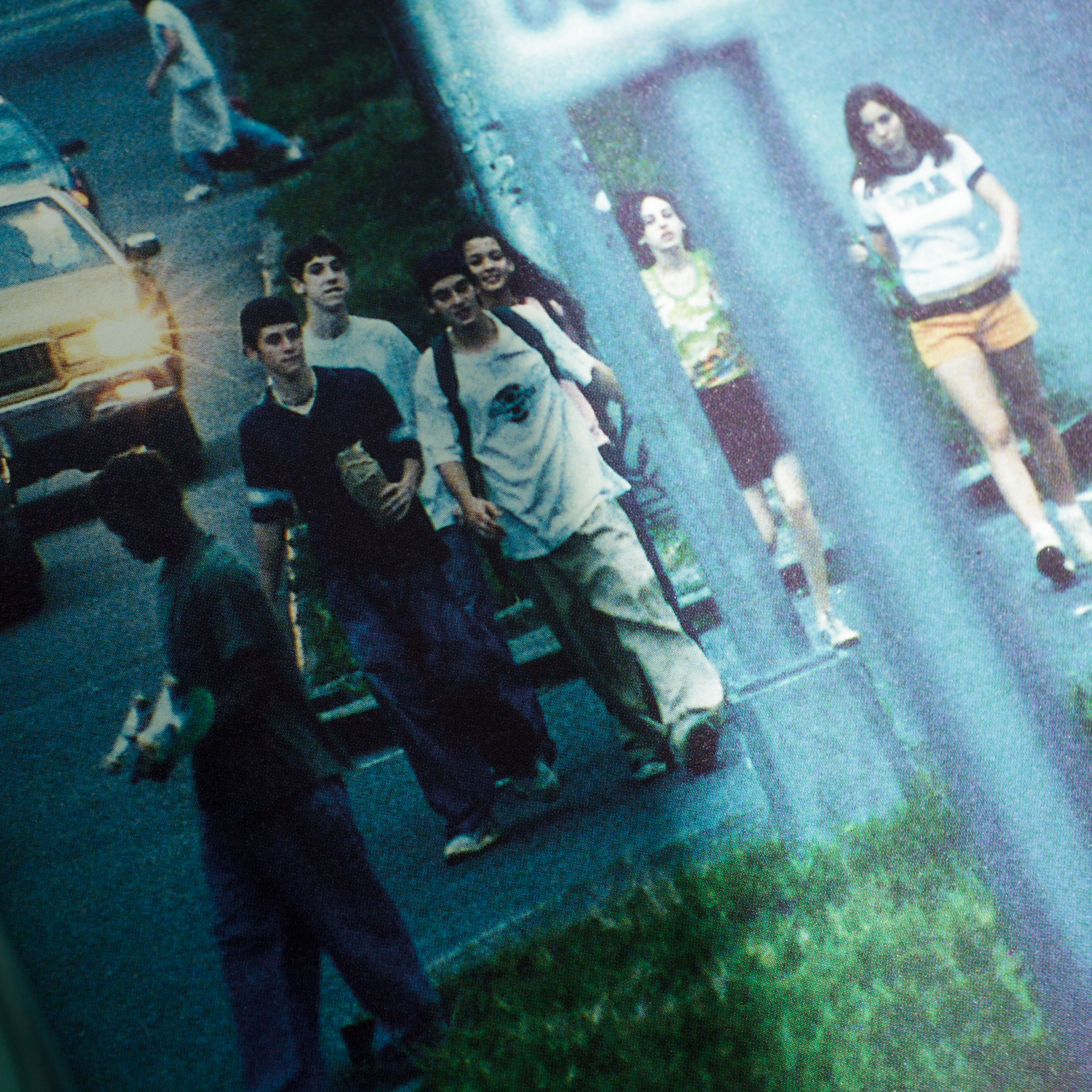
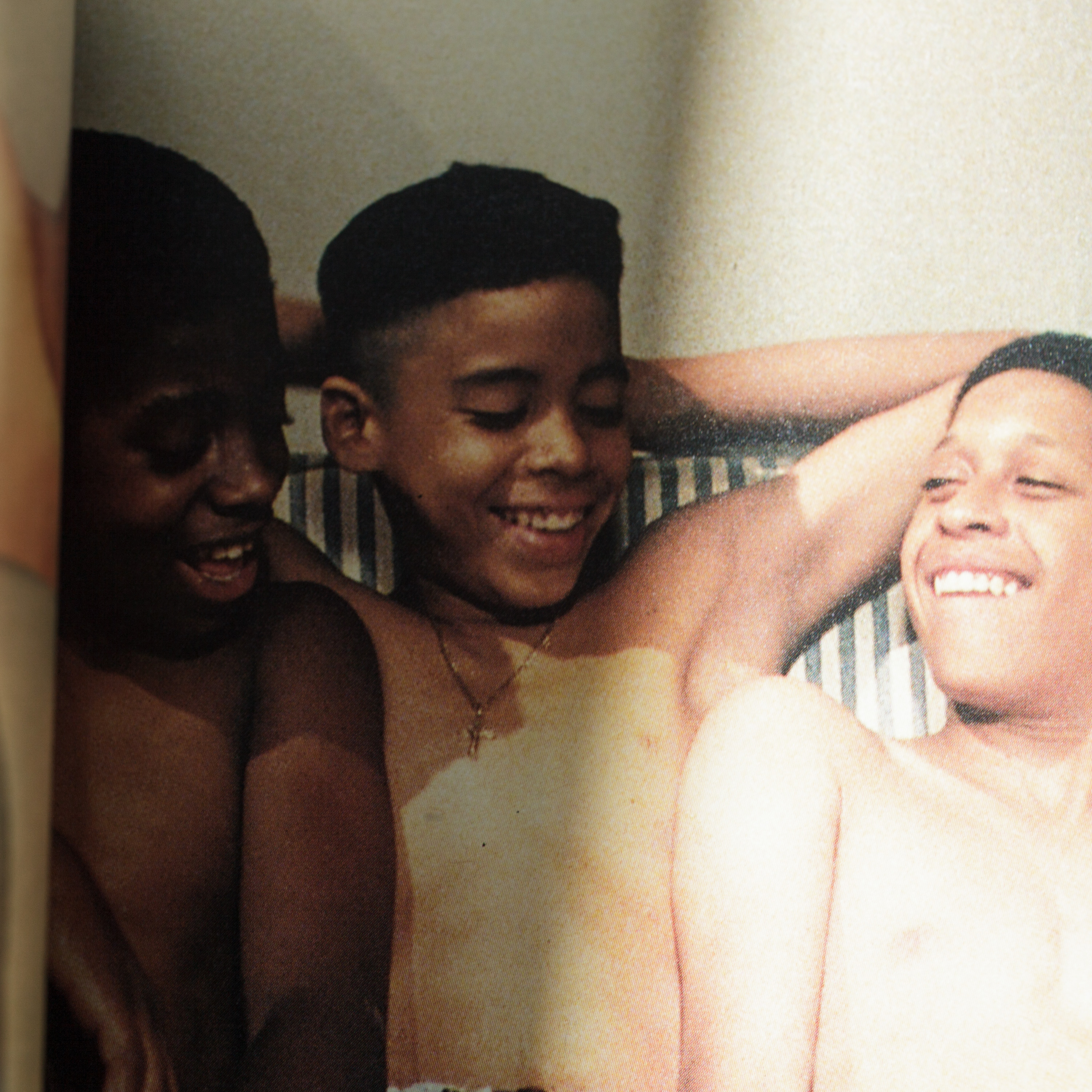
Kids, and the ethos that goes along with it, is deeply rooted in NYC but has unexpectedly become a cultural touchstone and cult favorite amongst the new wave of Japanese skaters. It’s fitting then, that Whippets premiered at Galerie Hideout, a migratory art gallery taking place in Shibuya’s Mustard Hotel under the curation of Johnny Le. The event featured a live DJ set from Makoto Nagatomo, the founder of Upstairs Records and Bar, a Shimokitazawa hub for rare vinyls and drinks, which included sandwiches from BUY ME STAND, a skater favorite for quick bites, and apples flown in from the Japanese Alps from Son of the Smith. The opening evoked a close knit community energy while drawing in an eclectic crowd including everyone from the movie’s diehard fans to the next generation of Tokyo’s underground, proof that Kids and Edwards’ photos still resonate 29 years later.
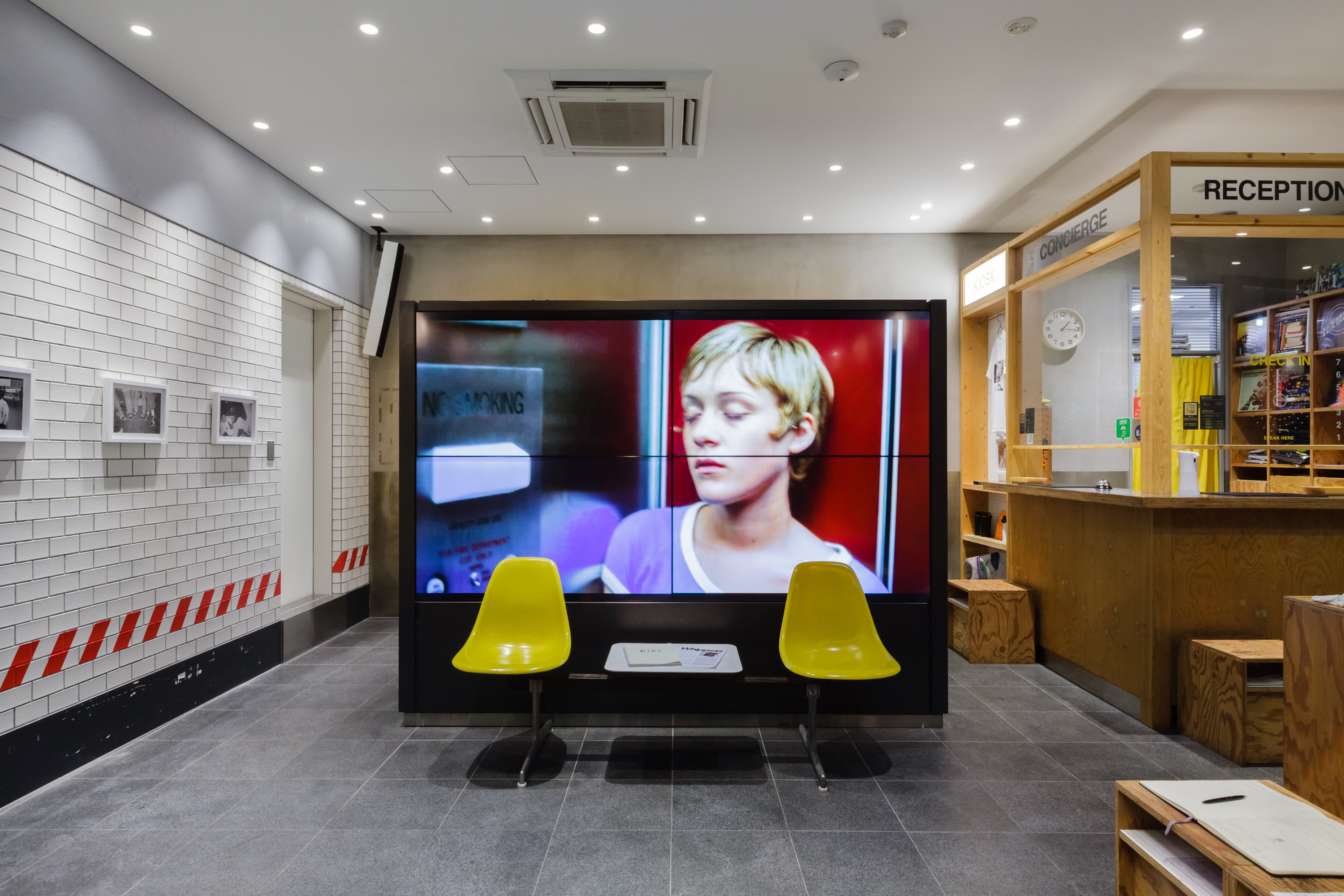
Whippets is a behind-the-scenes glimpse of the movie Kids when it was initially shot in 1994. In addition to taking the BTS photography featured in this exhibition, you were also the cinematographer of the film. How did you get involved with Kids?
The way I got involved with Kids was, I was shooting a film with Gus Van Sant in Toronto called To Die For with Nicole Kidman. Gus is one of the executive producers on it, he gave Larry my name, and then I just flew down for the weekend from Toronto to New York to interview with him and Harmony. We went around looking for locations and I liked them immediately, so I agreed to do it. When I was finished with To Die For I basically had two weeks before they wanted to start filming, so I went down to New York and jumped right into it.
Was your partnership with Larry and Harmony a leap of faith or did you have a premonition of how influential the film would become?
I responded to the script. But when I read a script, it's still this way, at first it seems like just a bunch of words on a blank sheet of paper. I like to think that a script is like an architect's blueprint for a building. But in a way it's even less information than that because I can’t imagine all the images that are going to be there. I have to go look at locations and then it builds slowly. I was 38, 39, 40 years old? These guys [the cast] are all 15, 16, down to 13 years old. Those little guys on the couch scene, they were 13.
In many ways Kids seemed equally like a recipe for disaster or an opportunity for a groundbreaking piece of art. What was the general mood when taking these photographs?
Kids certainly had the potential to fail given that there were no experienced actors. I don't think Rosario [Dawson] or Chloë had acted before this. But of course Chloë had a certain status and was known as kind of the “It” girl, for style in New York even then.
Harmony's script was amazingly tight, it was very well paced and it was complete. Larry was completely fresh to directing but he had intense street smarts. He's heavy duty, he experienced the things this film was all about in his own life. It's certainly not a documentary, nor is it a documentary drama, it's not something where we just collected footage, everything was staged and everything was worked out.
But I think the amazing thing is that all of these actors and these non-actors were amazingly good. They were authentic, and there was never a weak moment in the whole thing. They were skateboarders and they were good. Their purpose in life was to escape, not to be in a movie.
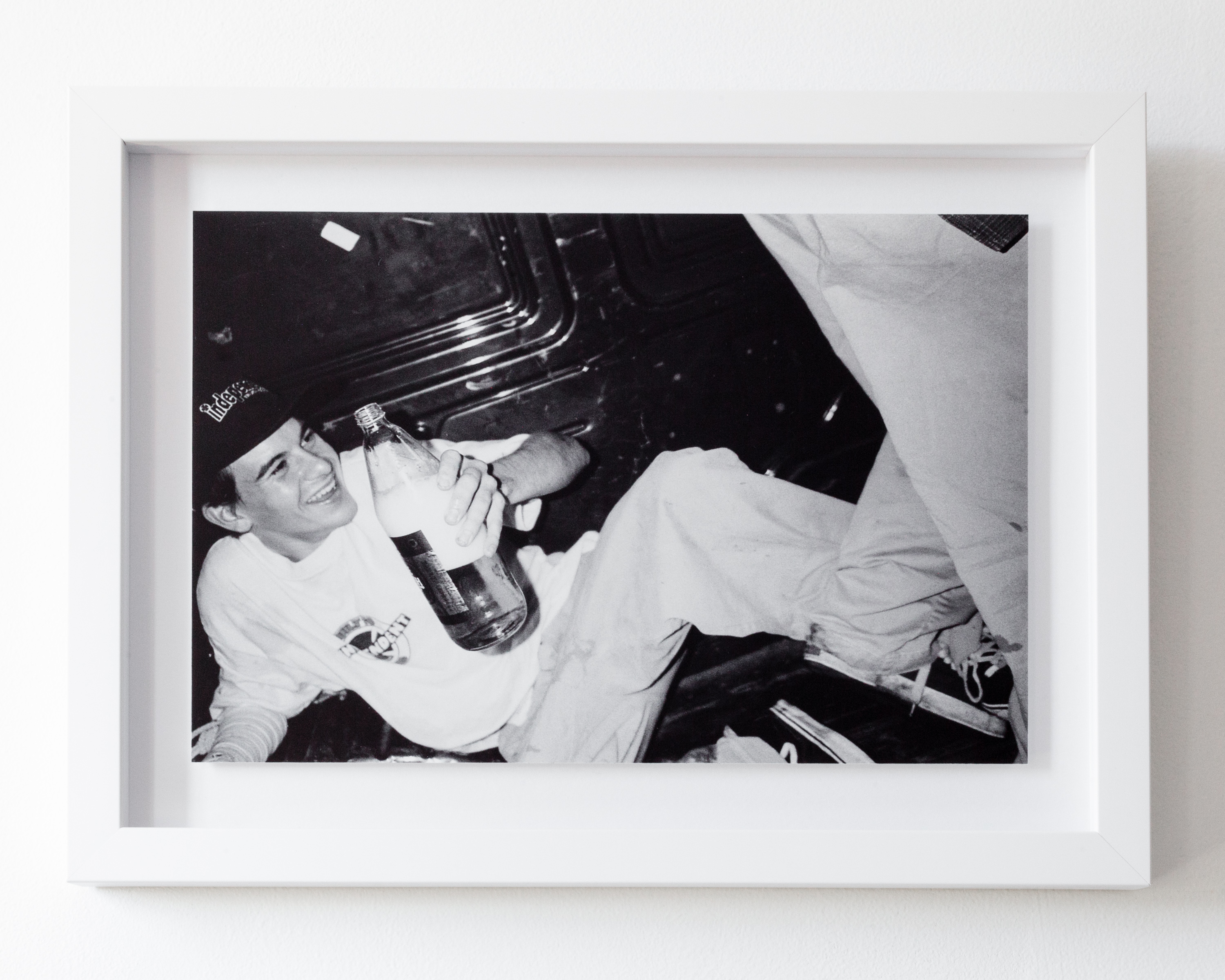
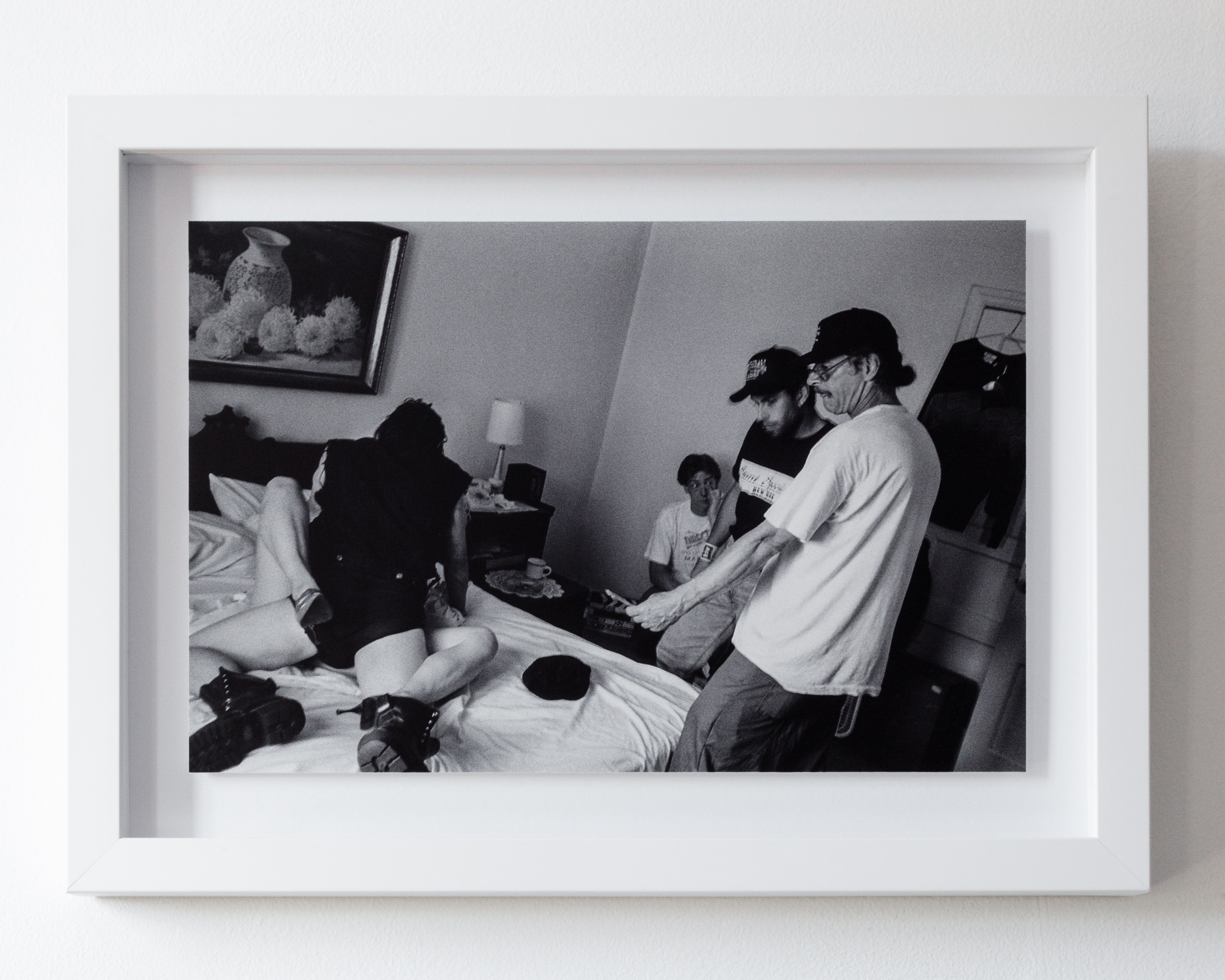
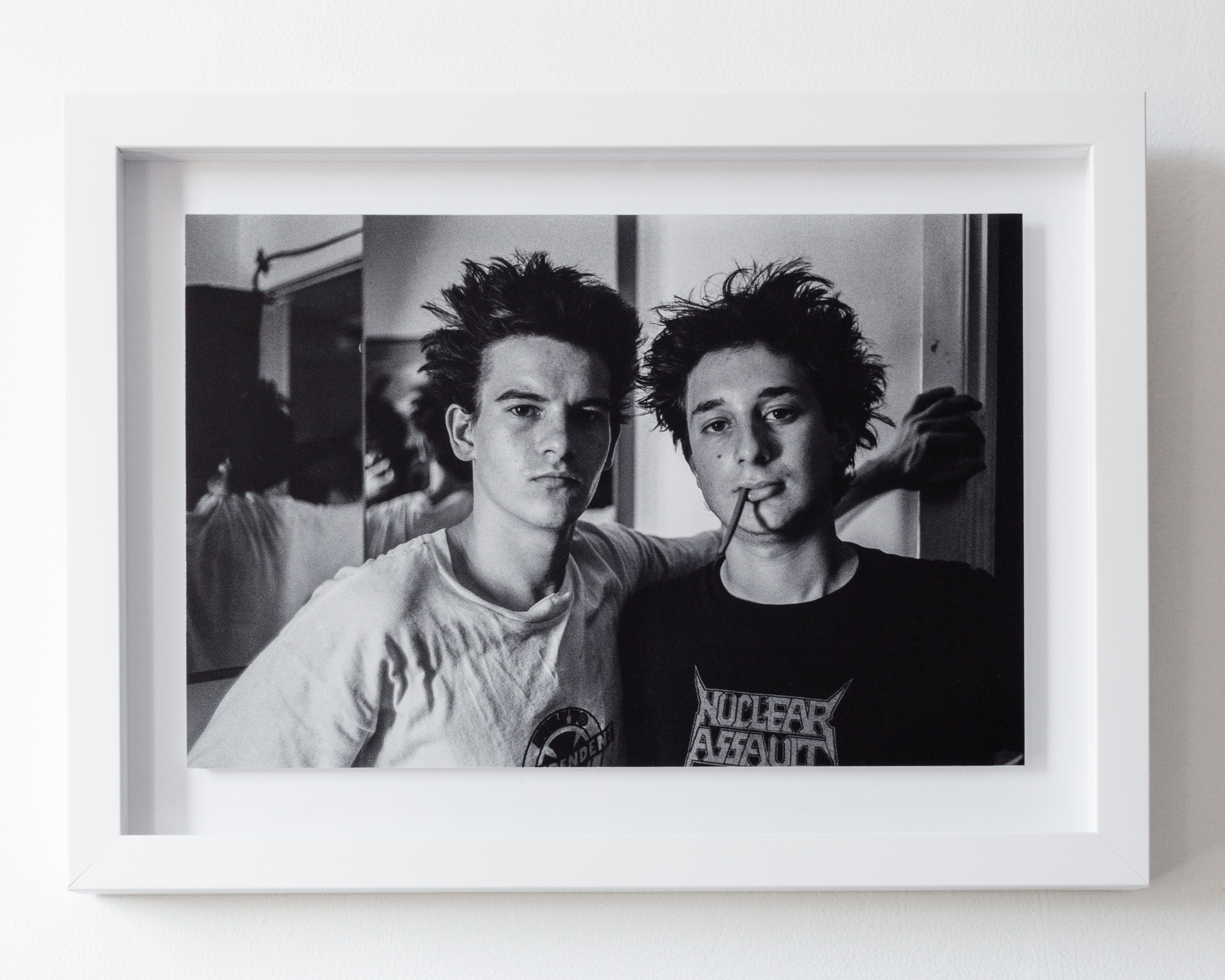
Were the behind the scenes antics captured in your photos as chaotic as what happened on screen?
It's funny because I went back and read the scripts and watched the movie again recently. The thing that was amazing is that how tightly Justin and Leo are doing their lines. They might vary a verb or two, but they're pretty bang on page. There was a bit of chaos when making the movie, Justin getting out of control and stuff. You know, for kids that were that young..well I couldn't have done it that age. I think they were smart. For them to memorize those lines and be able to repeat them, they were just naturals at it.
Where it got crazy was when you had all the boys in one room doing whippets and then you had all the girls in their room. We were cross-cutting between two places in the city. The dialogue the girls had to cover was, again, really specific. In those scenes when you had that many girls in a room or you had that many boys in a room, they were throwing lines around and often if there was a mistake or some girl forgot her line, another girl would get it in. It was almost like, they jumped in because they were all talking in the same spontaneous way. The great thing about shooting in really cheesy apartments was that it was real. And that came through really clearly.
Kids was lauded for its realism and achieved that by casting mostly non-actors. It seems like the cast really took their roles seriously, were they thinking “This is really going to become something!’ or sort of like “Okay, this is a gig I’m doing”?
I think Leo and Justin both were pretty serious about it. You know, they knew that they were acting in a movie. I don't know if they sought out to be actors before this movie happened or not. That's a good question… like, what were they in it for? Larry really marshaled a lot of goodwill about it. They were sort of all in on the deal, you know, and I think Larry made them comfortable.
Nobody was under any kind of pressure. They could kind of toss it off and not [go through with the film], but, to a degree, somebody had an ambition to be an actor, it's kind of mixed. So I think a lot of people just came in and were like “Yeah okay, I'll do it”. Larry had the ear for it. I think that's a tribute, something to be said about Larry's casting abilities, they were good.
Kids started out as unflinching narrative about teendom but has evolved into a fashion mood board, influencing everyone from local skaters to the designers behind brands like BOTT and Son of The Cheese. Why do you think Kids has such an enduring style legacy?
Kids, if it was anything, it was an attitude. No matter what participant you were, you had this attitude. It was very much a street thing. The script and therefore the film spoke the language. They walked the walk and talked the talk.
But see what was happening then in terms of clothes and music... I know one woman came into the gallery in Tokyo and she was pointing out the shoes in [one of my pictures] to me. She goes, “Oh, those are Air Walks and those are this and this and this”. And it's funny because I was looking at the shoes earlier when I was setting the show up, I was kind of looking at the shoes going, “How many of these shoes do I know”? Because I just used to wear my Simple OS sneakers or I’d wear Converse. But [in the film there was] Supreme, there was Stüssy... I really like the Stüssy shirts you know? Those were kind of established brands then. So it was kind of... manufacturers were capitalizing on this whole scene. Chloë was an influencer before the word was invented.
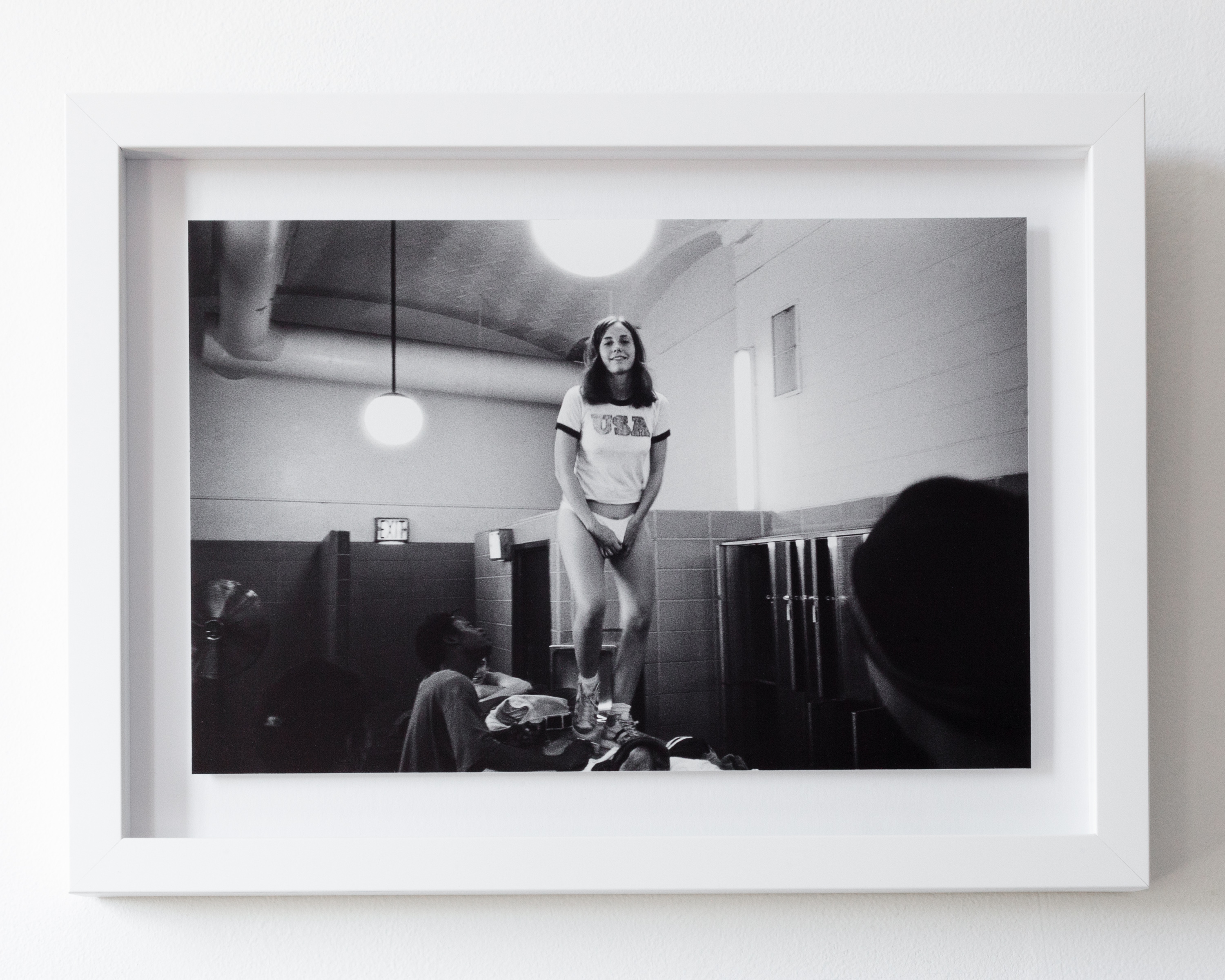
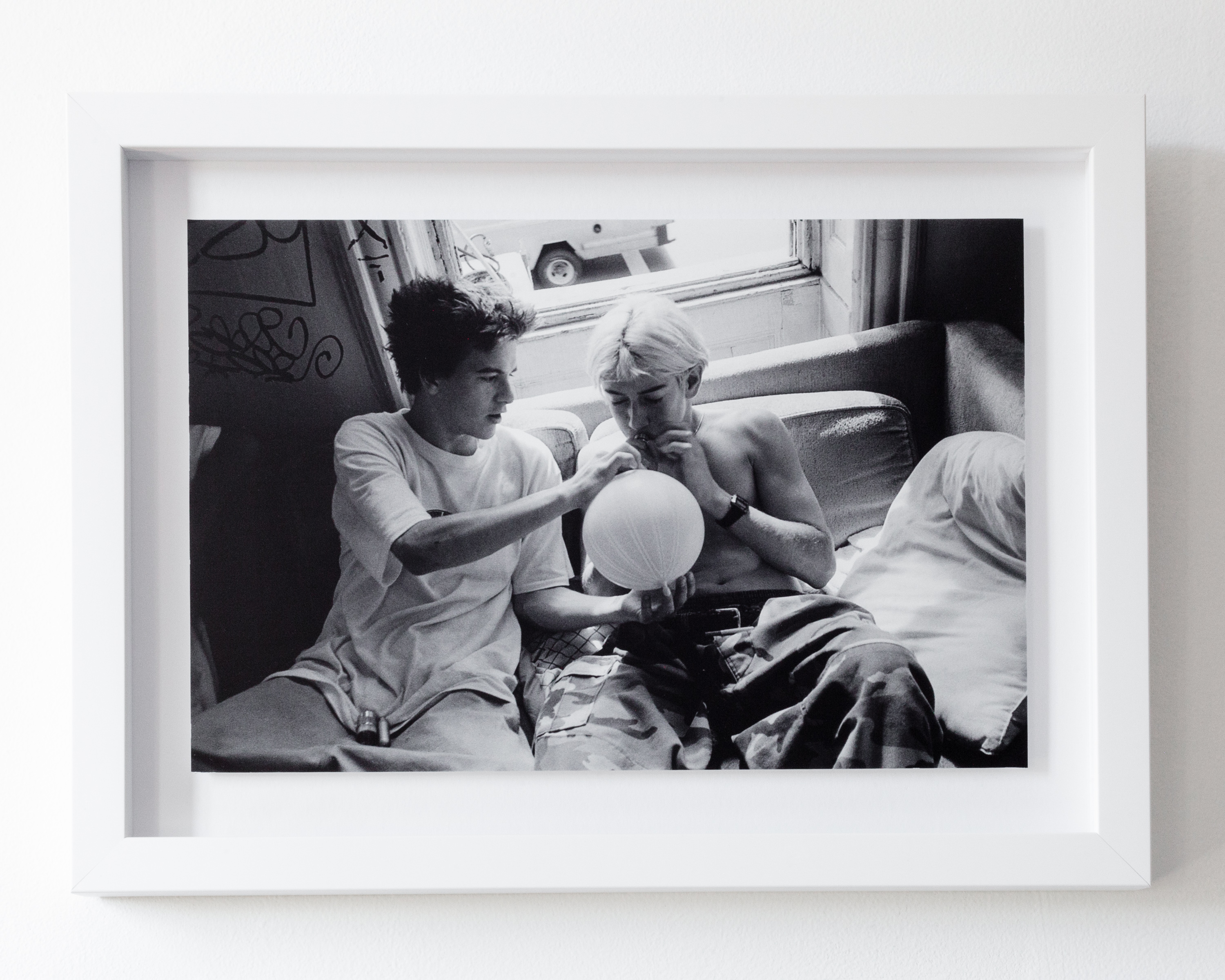
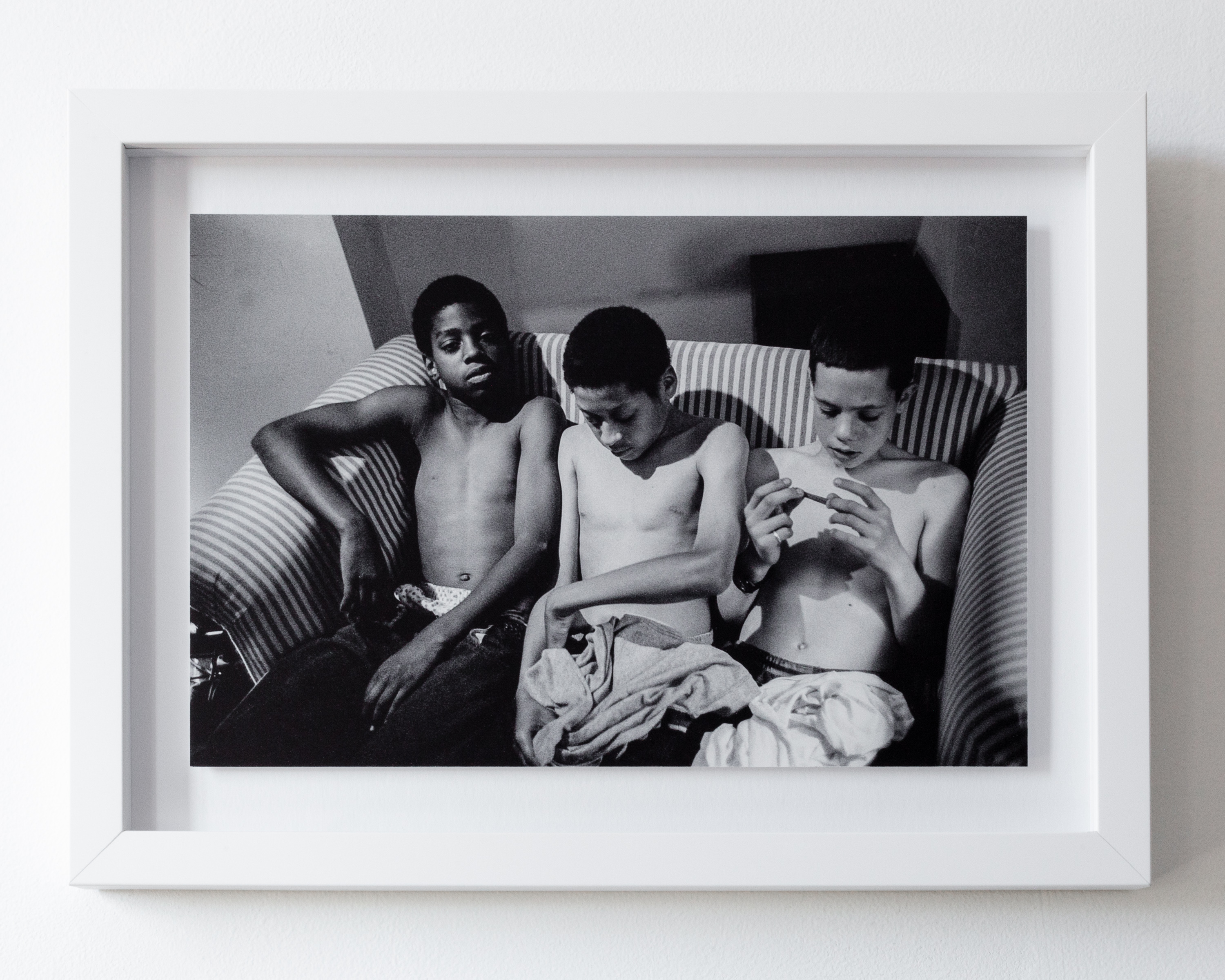
Whippets debuted in Tokyo at Galerie Hideout and attracted a crowd of skaters who weren’t even born when Kids came out. Why do you think the movie has such an unexpectedly big impact in Japan and the new generation?
I think the film is universal because it speaks the language of the street and more importantly, it speaks to youth. It had such veracity. It showed that there's an adult in the room that understands, yet it's made by somebody older than the kids. I mean that's kind of the medium and the message, right?
I understand even as someone on the outside looking at Japan, that [as a society] it can be conformist, they're taught to play well with others, you know? I can only speculate how much unrest there is in youth or when you're an adolescent [in Japan]. I really was wondering when I was in Tokyo, “What does this mean to them”? I just know that to the people I talked to, it was important to them.
Kaito (the founder of skate label Son of The Cheese and a Tokyo underground legend) said it was the reason he started skateboarding. I think it’s because it's truthful about [adolescence] and when you're discovering sexuality. It's broader than just rebellion. It's a very nihilistic movie really when I look at it. It's very dark, but there's good in people and they have innocence as well.
Why choose to display the photos in Whippets now, decades after the snapshots were taken?
I've had a still camera in my hand since I was 10 years old. And I've always been keen on it. I prolifically take pictures. I'm just one of those. Even then, when it was expensive, and you had to consider each picture because it was on film and not digital. In the early films I worked on, people tended to use my pictures when they were doing publicity because some of the films that we were working on were very cheap movies. Sometimes those were the only pictures they had. I always just let them use them.
It's more of a memoir. It's more of a journal. I've always had them [the pictures in Whippets] because sometimes they've been used for publicity. But I've never put them together in a way to form a show. The reason is because I'm busy and I'm usually shooting movies. I think it was going over to Japan and realizing people in another country had seen the film. And Japan can't just be the only country that saw it. It seems like it's culturally sort of important [to viewers in Japan].
I have a lot of pictures, if you saw 10 pictures there [at the exhibit], there’s really about 25 I really wanted to build the show into. I took the opportunity because Johnny Le offered it to me [Whippets’ curator] just to show them also, the [Mustard Hotel] offered so I jumped at that chance to do it. Strangely, this is the first time I've done it. And there's a lot more pictures. So I'll probably keep trying to do all of it.
This is your debut solo photo exhibition after a pretty impressive career as a cinematographer, what’s next in your journey as a photographer?
I've been wanting to do a book on Gus Van Sant. Gus and I met each other in 1974 as juniors in high school and we became buddies. And I just took thousands of pictures. So I have 30 years of pictures of him. It's a little bit of a vanity sort of thing, but I really would like to do a book that has a volume of these pictures. Just the repetition of so many pictures is interesting. And also aging as you go is interesting. I think it's gonna be a weird format though. It's gonna be kind of like, I don't wanna say experimental, cause nothing's experimental in the world… I’ll have fun with it. But in the interest of the viewer somebody better narrow it down. [Laughs]
More exclusive BTS below